A lovely sea-side village in Chile
Zapallar is an exceptionally picturesque coastal town in central Chile reachable by freeway from Santiago in under 2hrs, making for an ideal day-trip or a overnight visit. It sits on a breathtaking coastline that is reminiscent of Big Sur in California, and offers numerous panoramic vistas and hiking trails, 2 (yes, only 2) wonderful seafront restaurants, a handful of small boutique hotels, dozens of airbnb style home rentals, and stunning views of the Pacific Ocean making landfall against various rocky outcrops.
The small resort town is very crowded in the months of January and February, and mostly empty the rest of the year.
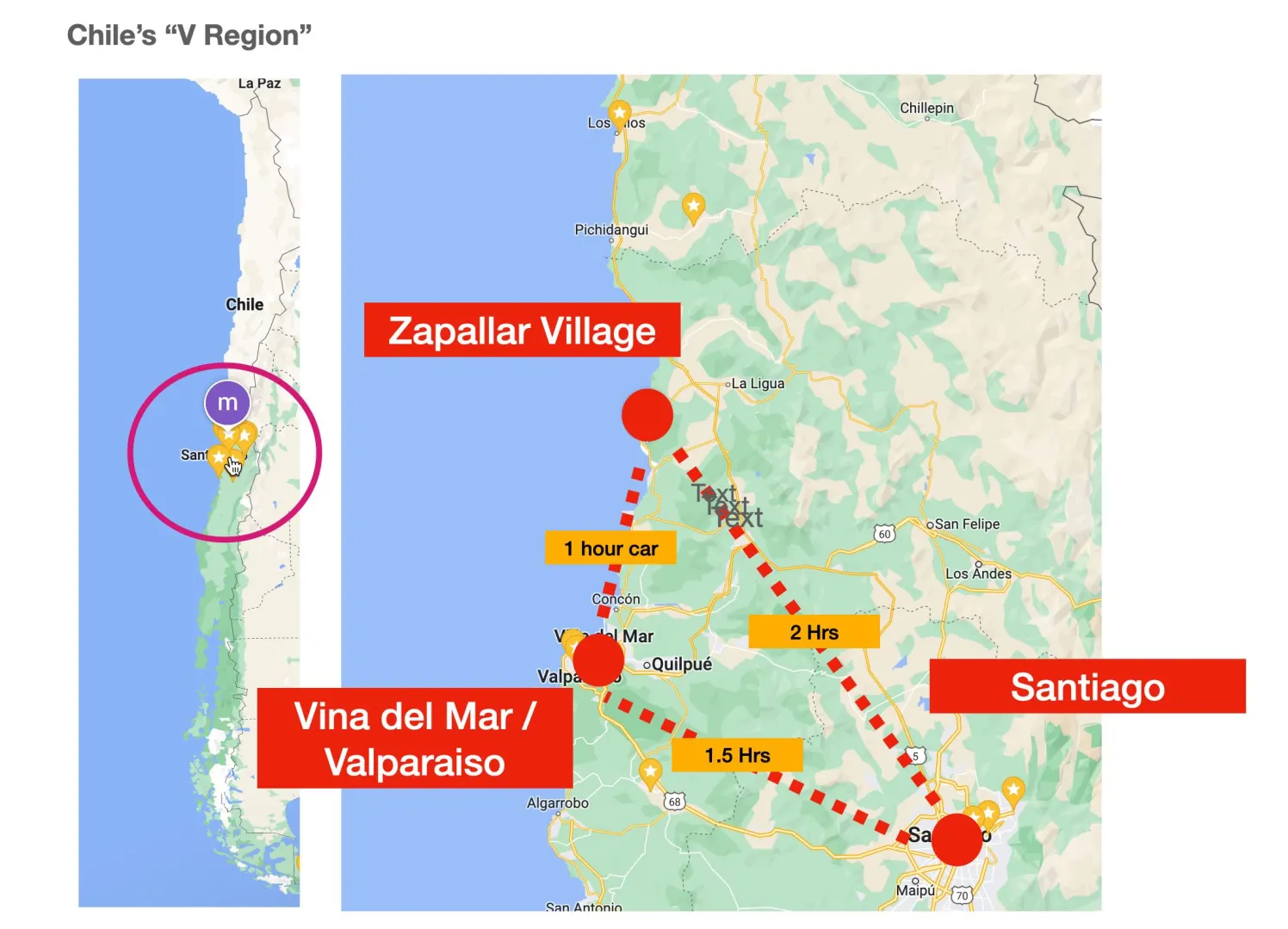
Most Beautiful Beach in Chile?
Zapallar is a strong candidate for the title of loveliest beach town in the country. The beach lies on a small bay enveloped by surrounding mountains and a magnificent, rocky coastline. It has very little commercial development: just a few stores in town for food staples, a gas station, and essentials. The town extends north of the beach to Papudo, and south to Cachagua and La Laguna (neighboring towns) and the 10kms or so of winding ocean-front 2-lane paved road offers stunning ocean vistas for the 100s of luxury homes that have been built in the last 30 years.

Although this seaside village contains some of the grandest estates in all of Chile, the town itself is tiny and has a village’s character, composed of little shops, a meat market, fish mongers, artisan crafts shops, a few restaurants, and a world class *absolutely stunning* beach. This is not a place to come for the nightlife–there are no bars or discos. Your days in Zapallar are about the beach, sunsets, taking walks, enjoying meals, and perhaps some side-trips to neighboring towns within 30 minutes up and down the coast.
The beach itself and the town are VERY crowded in the summer, starting the week after Christmas and lasting through the first week of March when everyone returns to Santiago for the start of the school year. February is particularly popular, when the beach is bursting with visitors. Throughout the rest of the year (excluding a few holidays) it is not unusual to have the beach almost impossibly to yourself, and accommodation prices run 20% of the high-season rates.
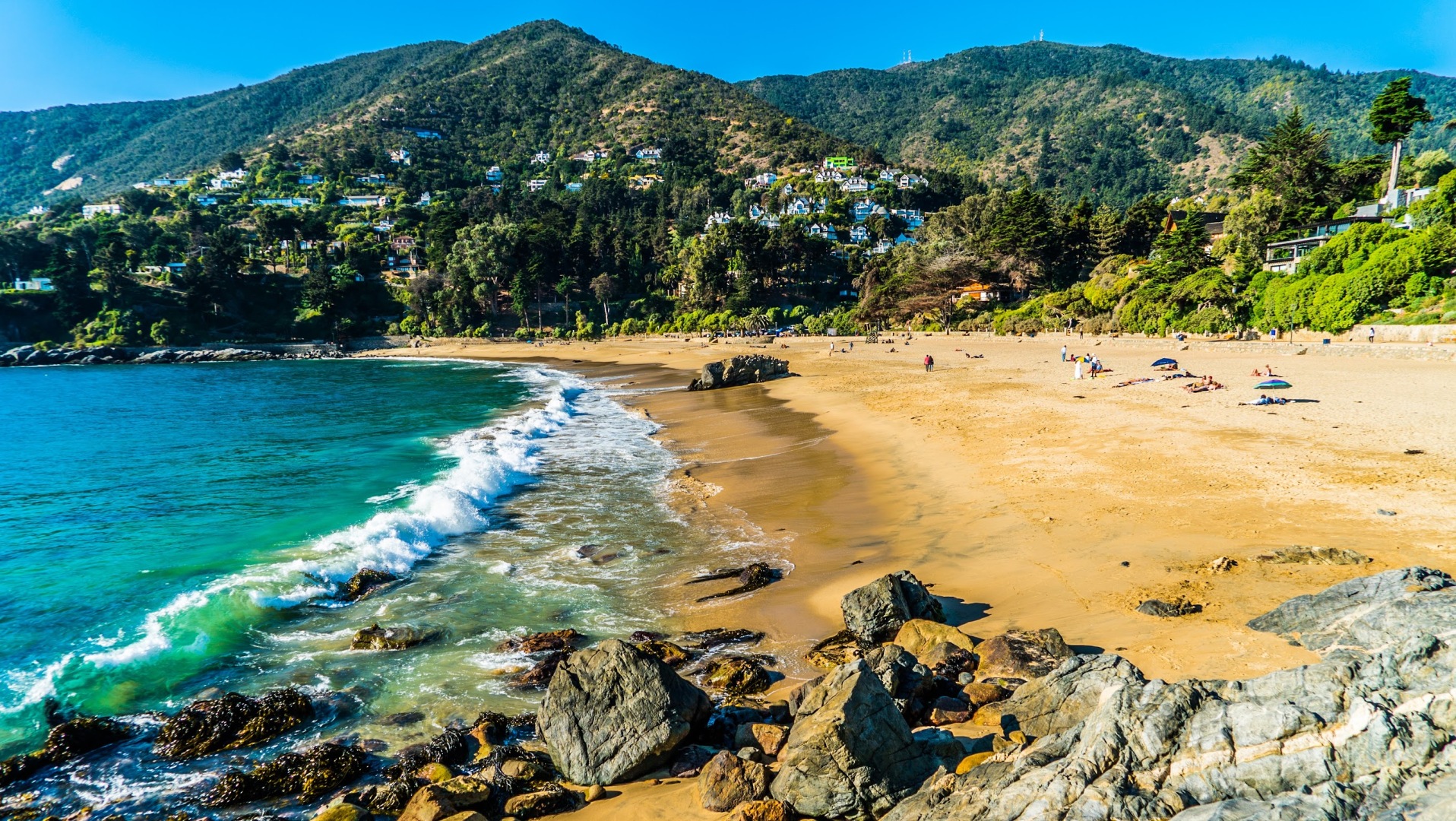
The municipality government is very vigilant of maintaining the splendor and natural beauty of Zapallar. There are no coastal roads in town, and only 2 water-front parking lots (at the beach, and the fisherman’s terminal). Instead, there is a gorgeous and well maintained coastal foot-path called ‘la rambla’ which stretches north and south from the beach, hugs the bay, and continues along well maintained and safe to walk paths/boulders for miles along the coast. There are benches along the entire path, well maintained stairs, and lighting.
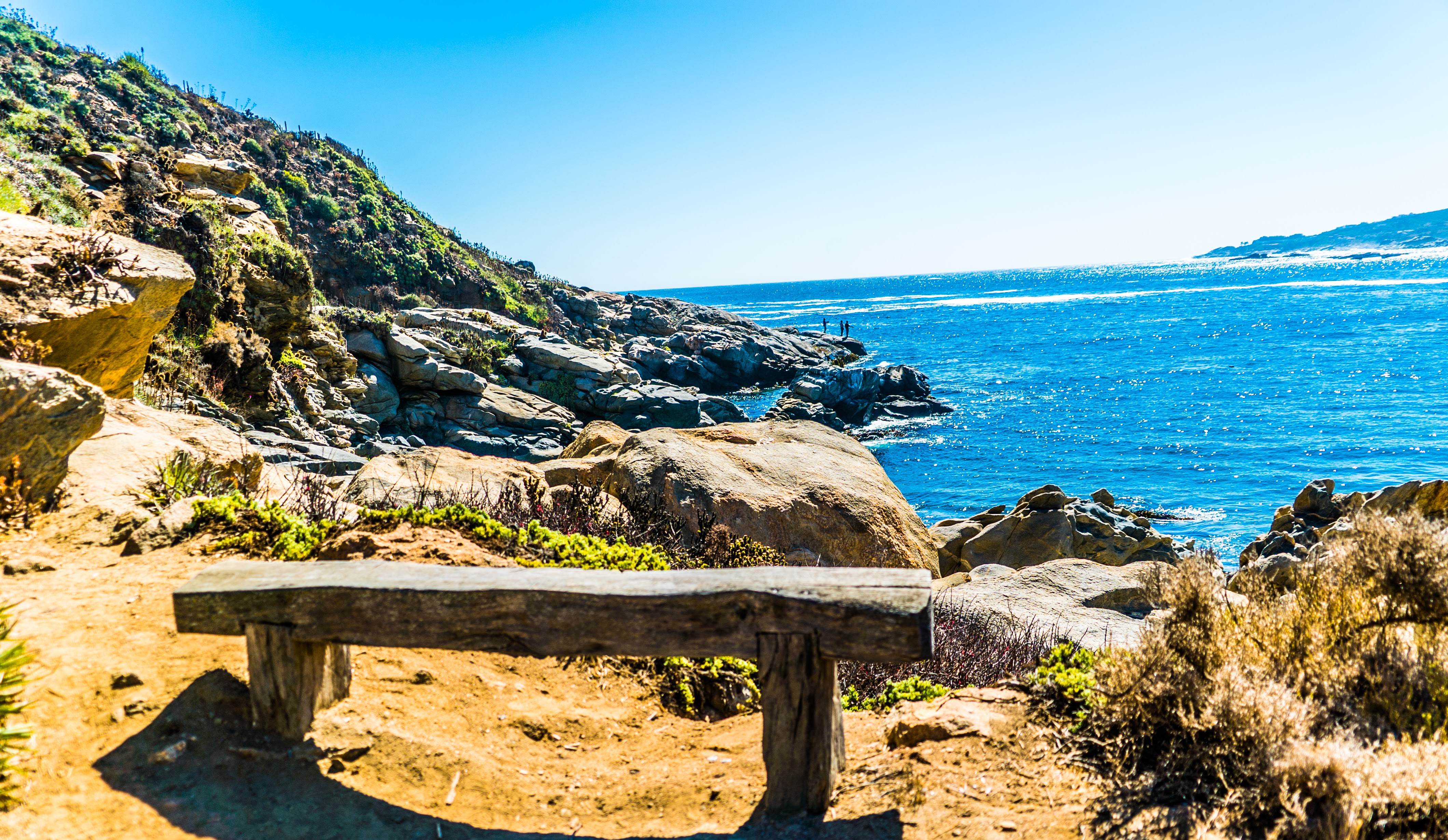
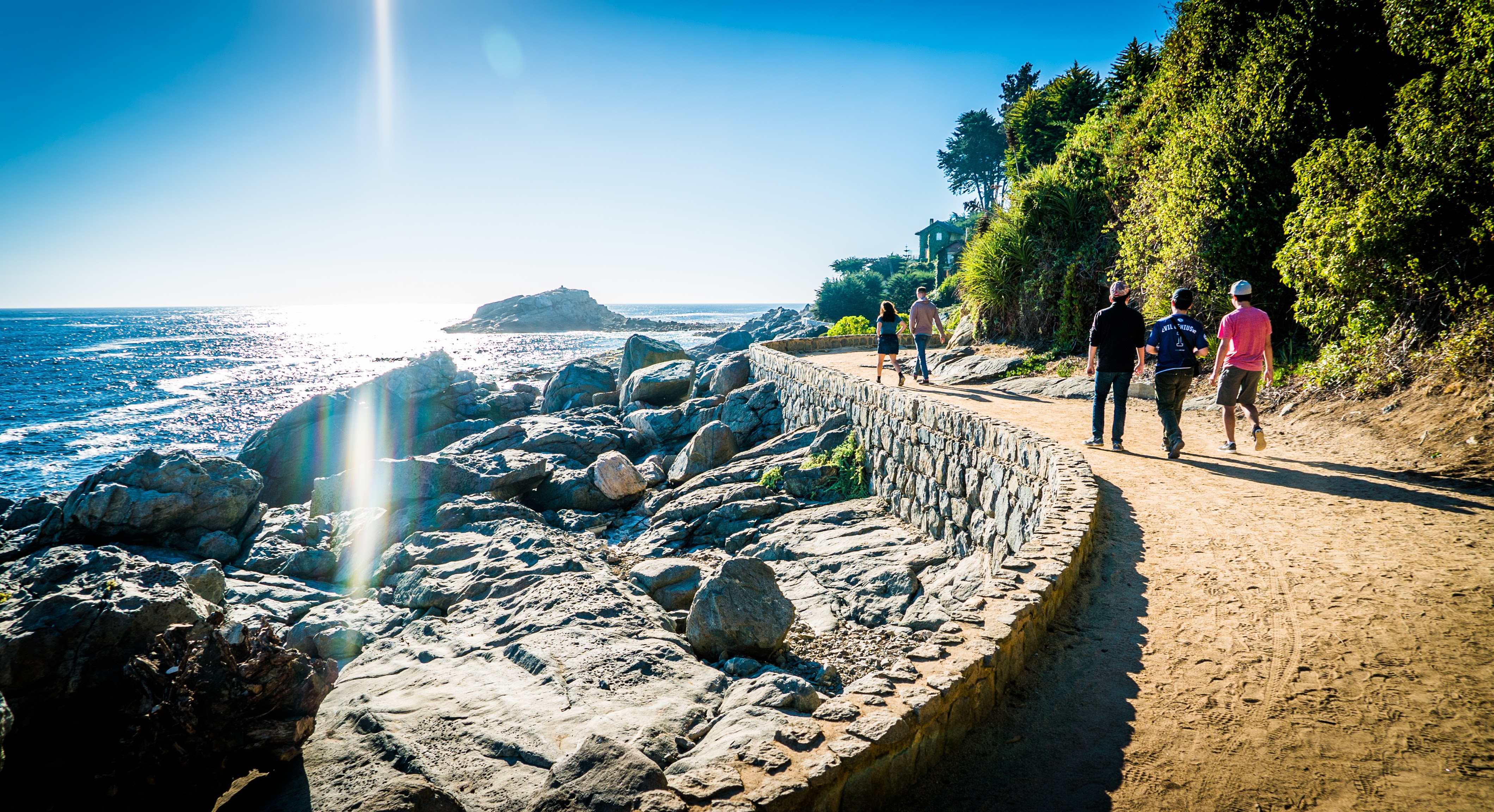
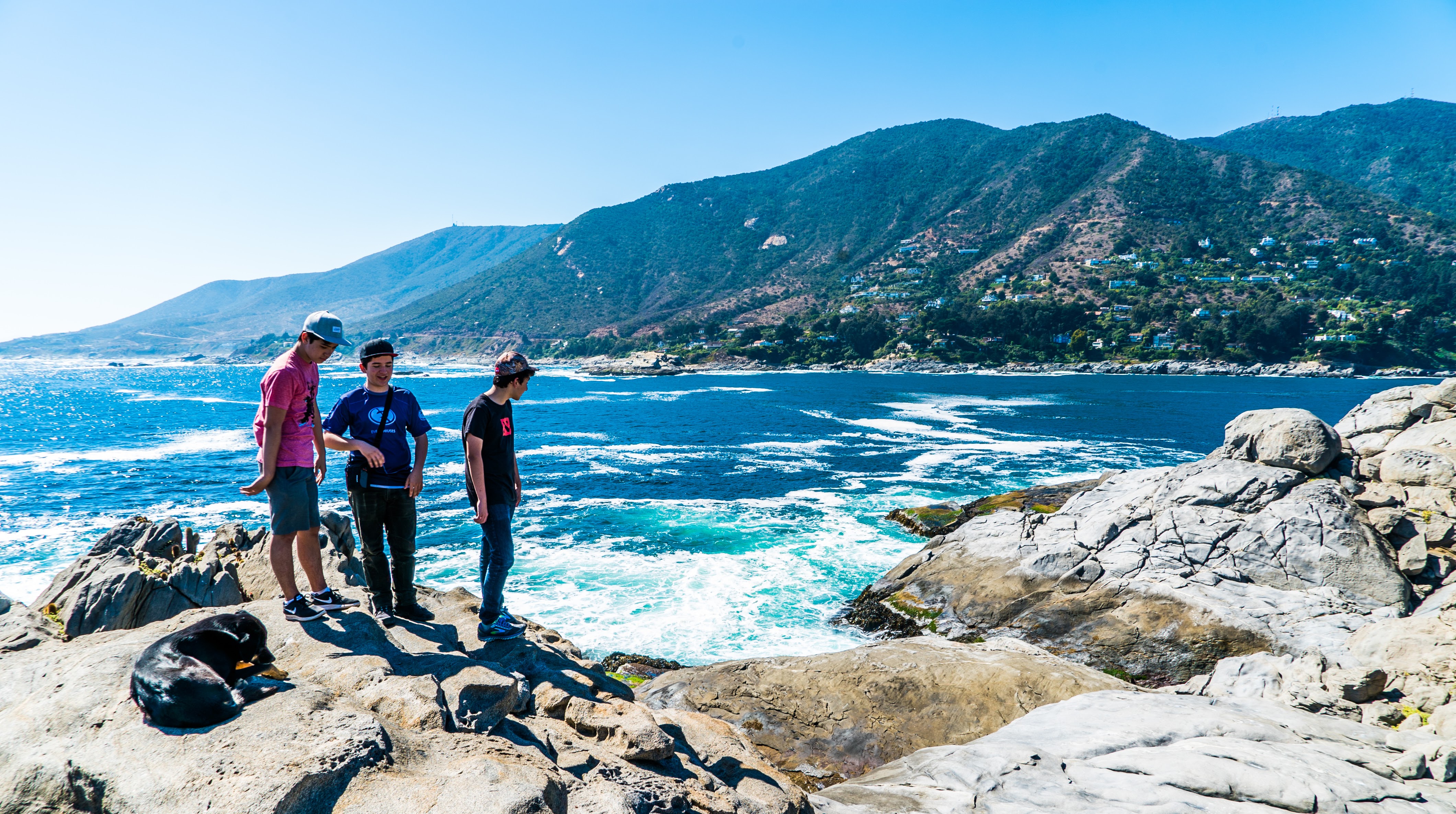
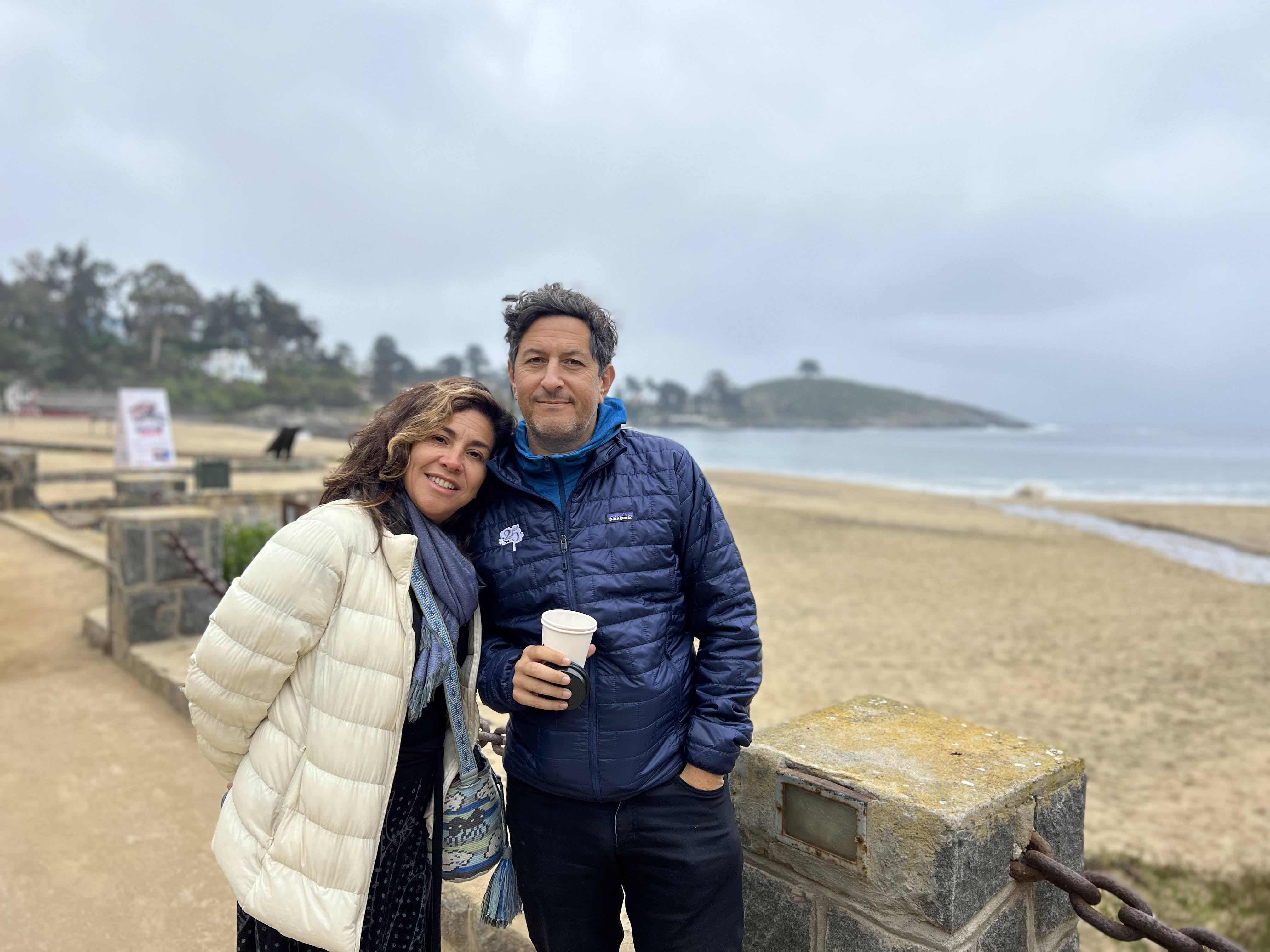
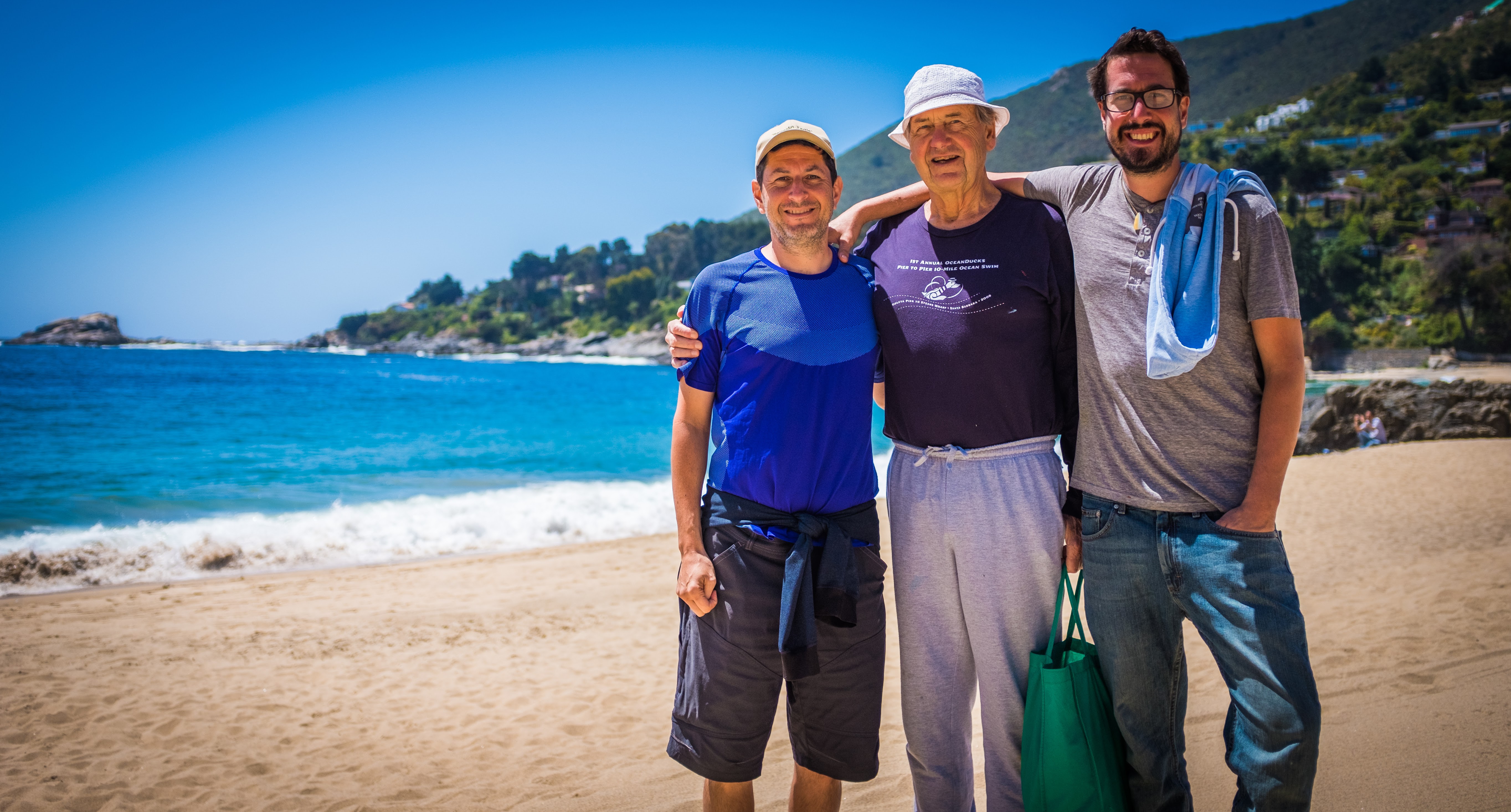
Walking through town itself is the preferred mode to get around the entire village. Once you arrive and check-in to your lodging (or leave your car at the beach parking lot if you are visiting for the day) you will be on foot meandering along the rambla, the “downtown” area, and various coastal walks–everything is within 15-30 minutes strolling past the many vacation homes with their stunning landscape gardens and interesting architectural styles.
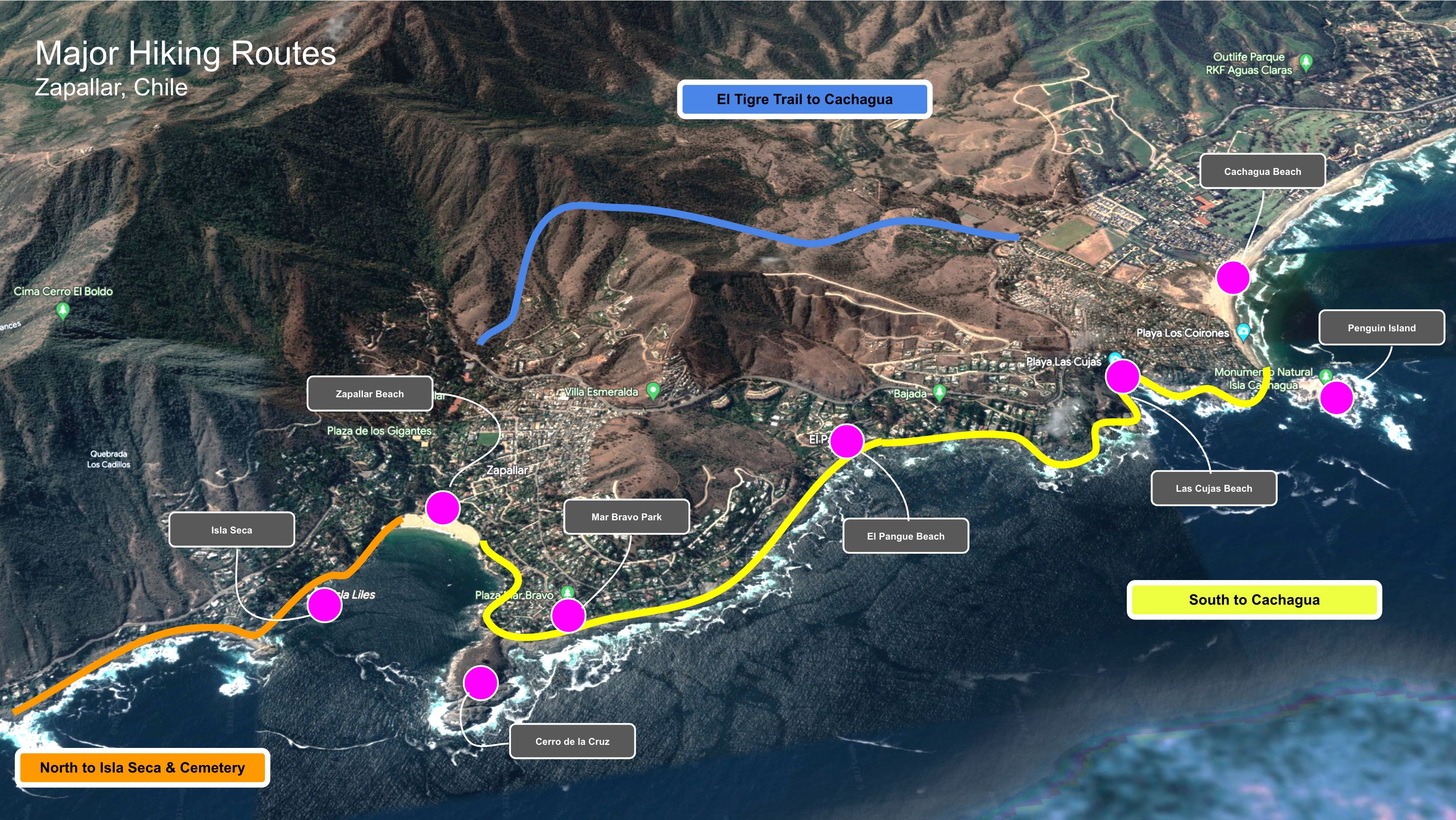
Zapallar Weather
Zapallar has a mild “Mediterranean” climate with summer days that are tempered by a marine layer of fog that can cool down the mornings before a sunny warm day in the 80F/30C. Winters can be overcast and a bit damp with lows in the daytime 50F/5C. But the sun comes out all year round and is lovely–the crowds of summer. canbe a lot of fun, but so can the empty beach the rest of the year.

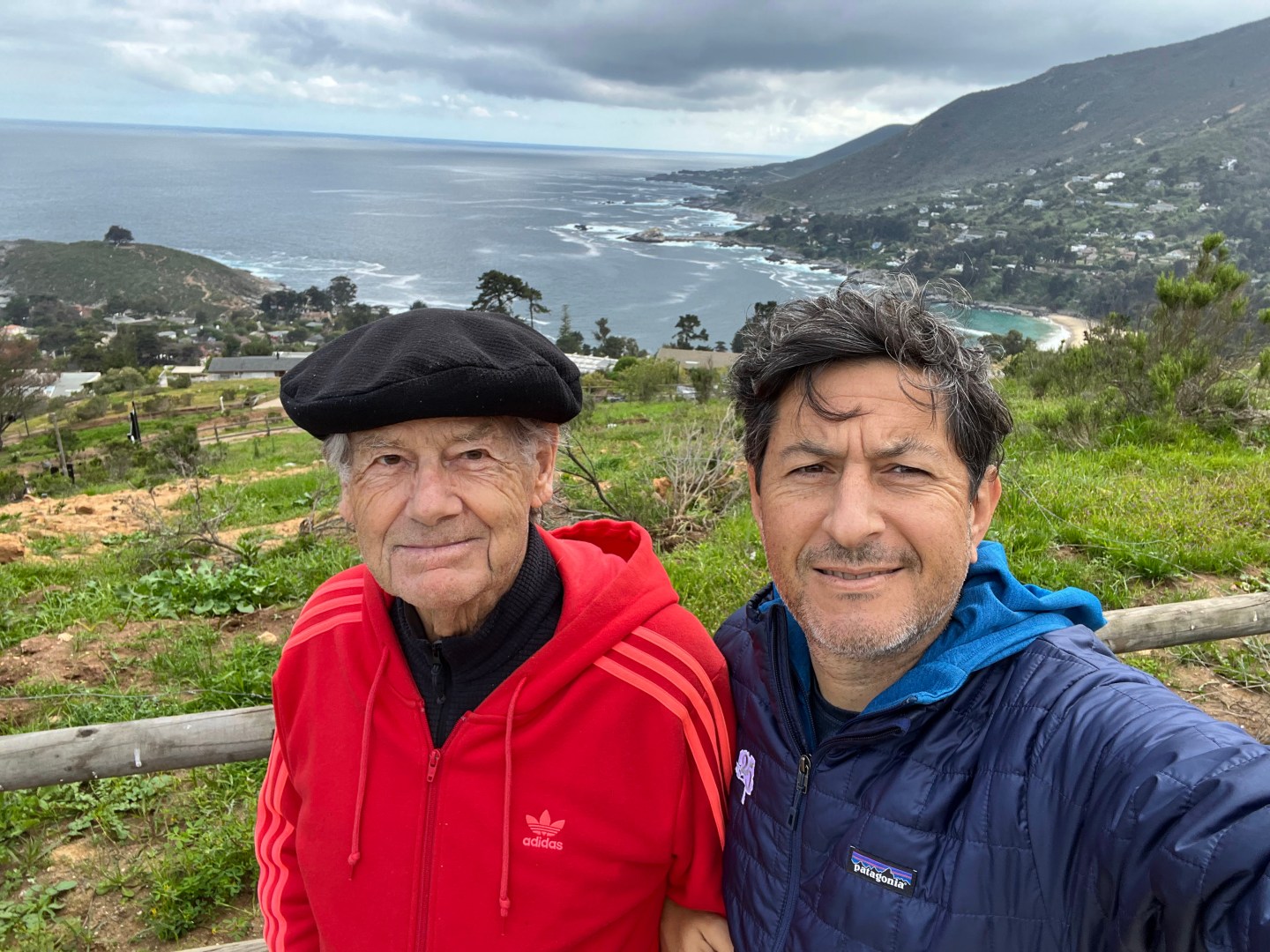
Zapallar in 360 Degrees
My son Carlos made a 360 Virtual Reality video that shows the coastal walk from Cachagua to Zapallar, the beach, and parts of Cerro de la Cruz and La Rambla. Enjoy:
Zapallar is in Chile’s Central Coast, the “V Region”
Zapallar is in Chile’s 5th region of 12 government districts and is centrally located in the gorgeous Mediterranean climate in the middle of the country, near the capital of Santiago. The “Quinta Region” includes the larger coastal resort of Vina del Mar and the world heritage city of Valparaiso (less than 1 hour drive south of town), and many vineyards. The New York Times’ travel writer Eric Lipton visited and greatly enjoyed his time in Zapallar and the surrounding region; his article Tranquil, Sandy Refuges From Bustling Santiago, is a great primer on the Chilean coast for anyone visiting–he makes several good recommendations that compliment your visit to Zapallar itself.

I also put together an overview of some general recommendations for planning a trip, here are my recommendations for visiting chile. Lea esta pagina e otros sobre Zapallar en espanol aqui.
Activities in Zapallar, Chile
Here are some of the highlights of any visit to Zapallar.
Zapallar’s Beach
The beach of Zapallar is cleaned daily by the city so you’ll find no trash or jetsum and floatsum–it is absolutely immaculate copious deep yellow sand. The water is a clear, deep blue with shades of aquamarine, and very very cold. Swims are invigorating–you will appreciate the warmth of the sand when you get back from your quick dip. The waves entering the bay generally make for safe and swimmable tides that can be mild. or sometimes imposing and crashing on the shore. Red and Green flags are raised to signal swimming conditions, and lifeguards are present on busy dsummer days.

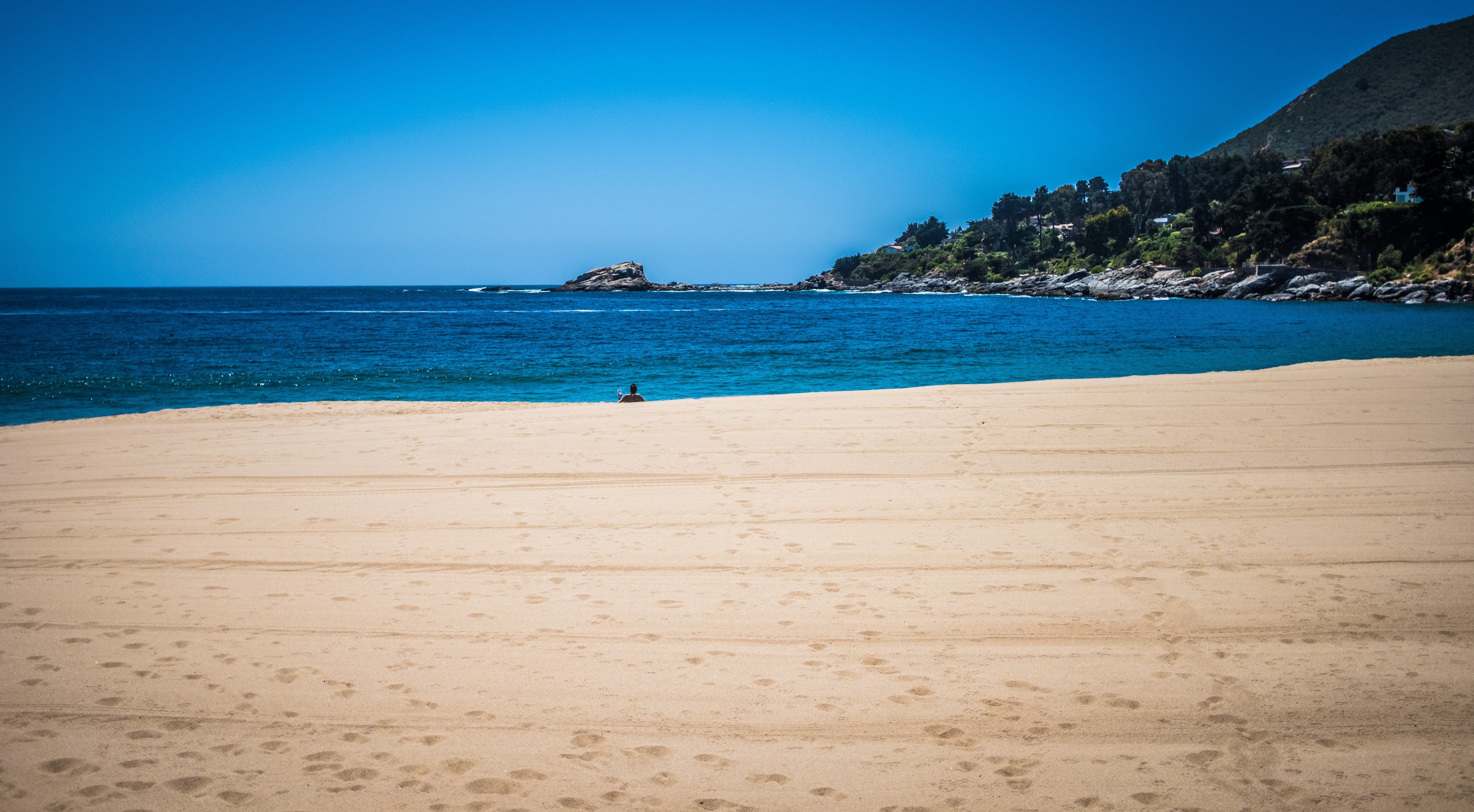
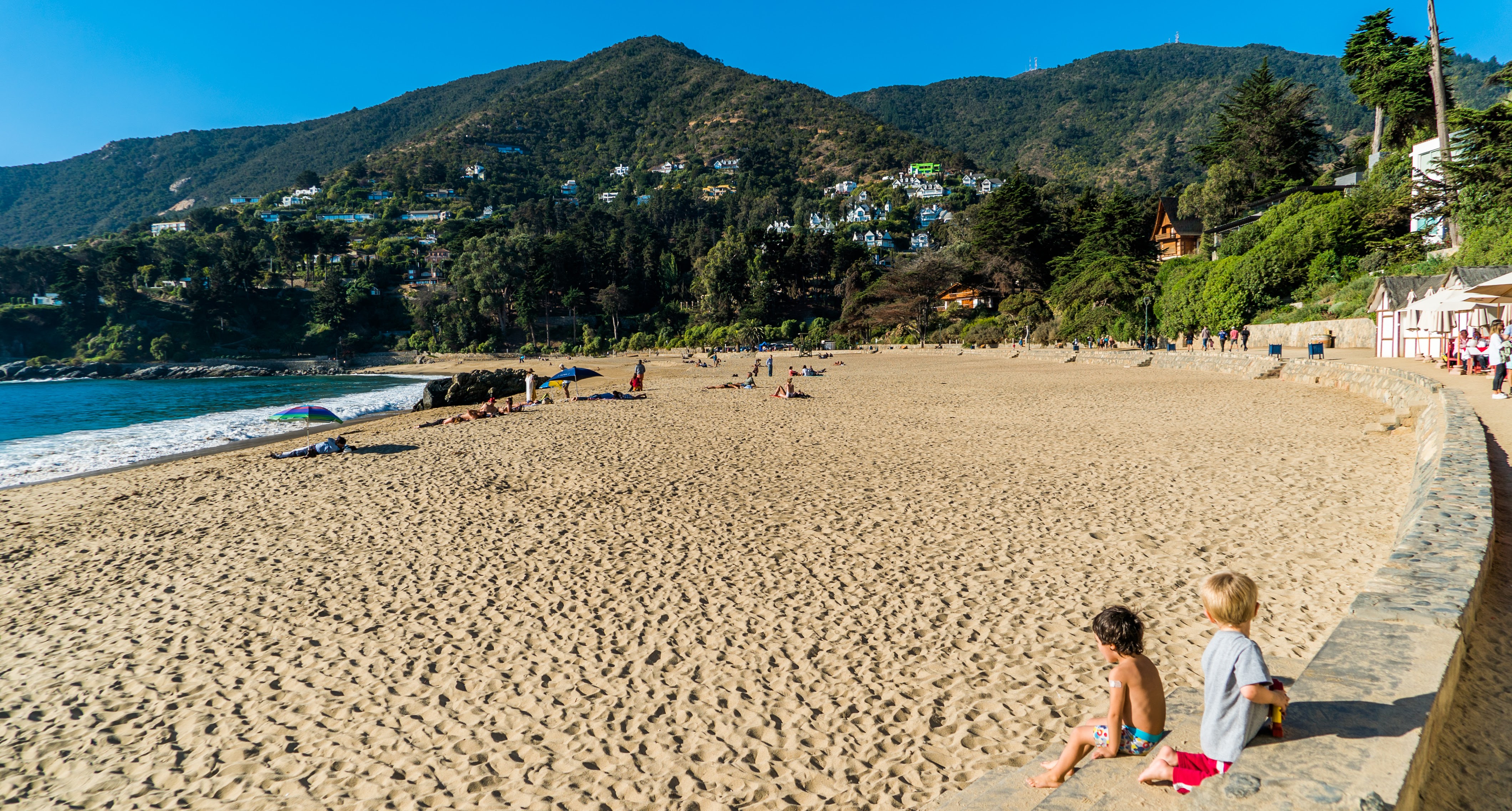
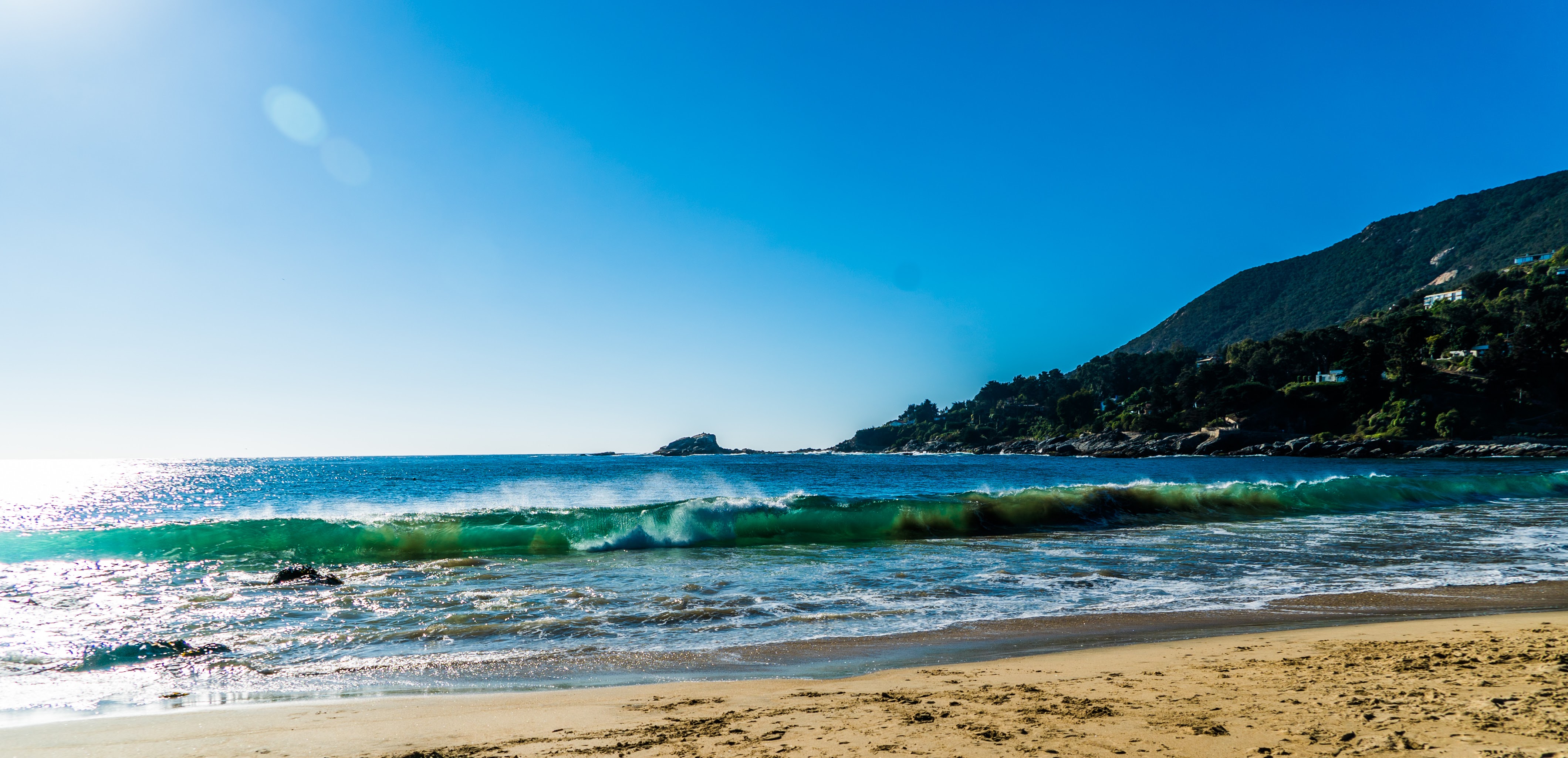
In summer (Jan and Feb) the beach is very active place with people from all over the world sunning, talking, playing paddle board, reading a good book or taking in the vista. A collage of colorful umbrellas (rentable beachside) protect from the intense southern hemisphere sun and provide shade for naps.
Getting into the ocean takes a little mental preparation as the Humboldt current makes the water cold and the waves can be big enough to be a challenge. Most get in for a quick dip to cool off. More ambitions swimmers can brave the elements and body surf the waves or swim the 100 or so meters to a floating raft, the ‘balsa’, where you can take a rest before braving the return trip.
El Cesar Beachside Restaurant
The Cesar is a long established restaurant that stands alone beachside. Popular throughout the afternoons and into the sunset cocktails hour, beach goers cycle from beach to the outdoor tables and back. The seafood and shellfish are outstanding and they serve casual family friendly fare and the classic wines and cocktails. Prices are high, but the view and ambiance is generally about as good as it gets, anywhere in the world. Umbrellas and beach chairs can usually be rented next to the candy kiosk adjacent to the restaurant.
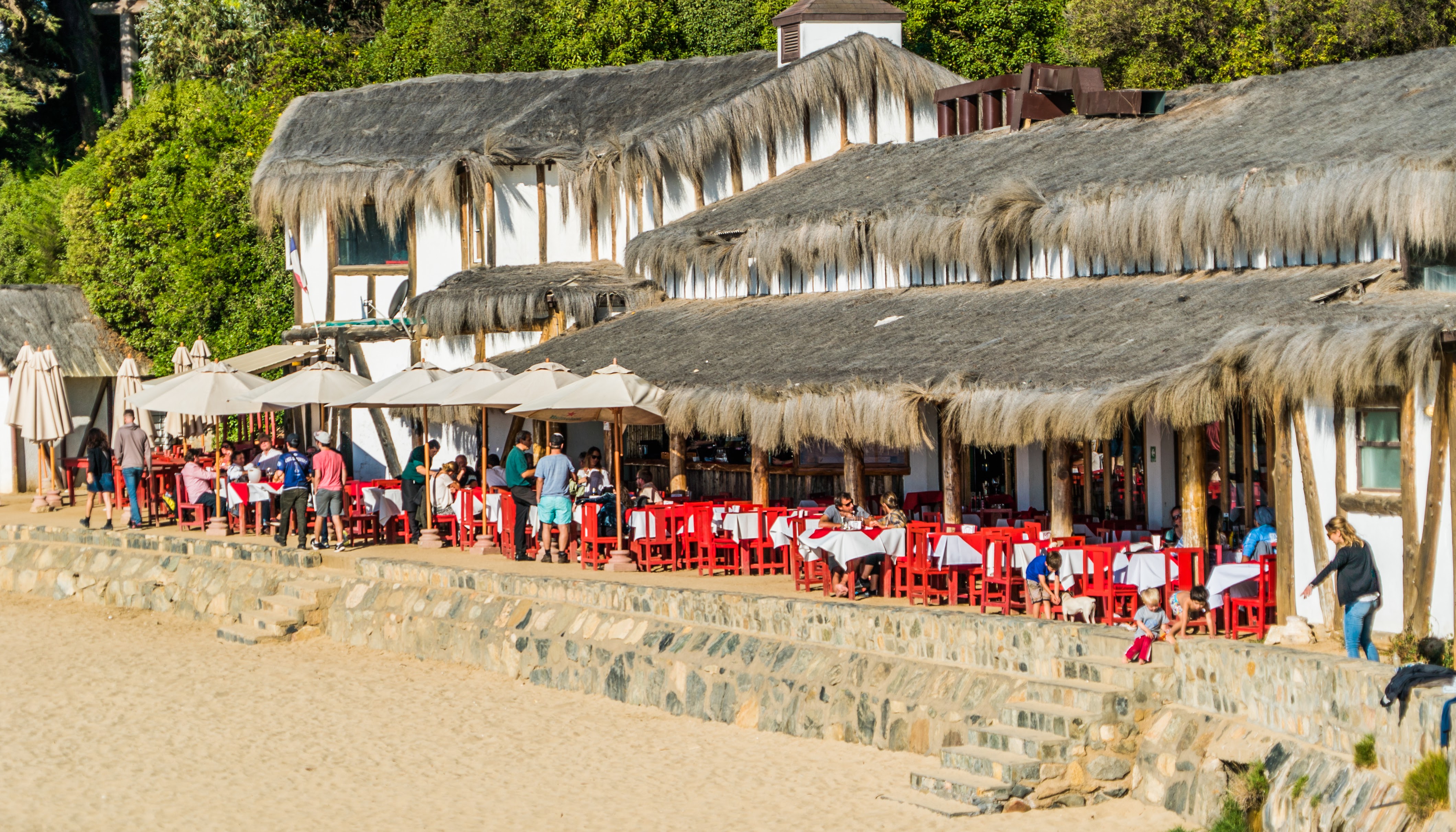
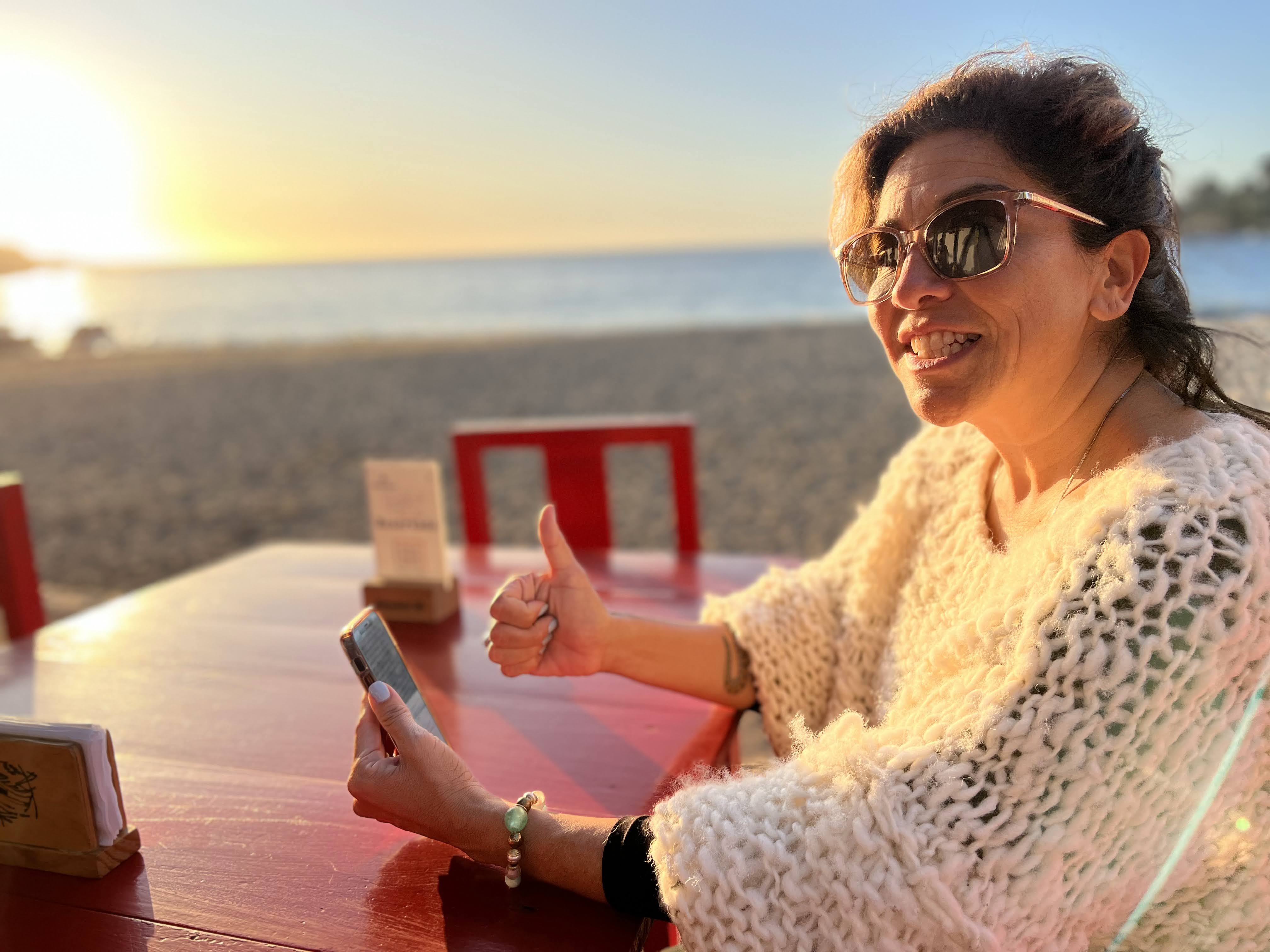
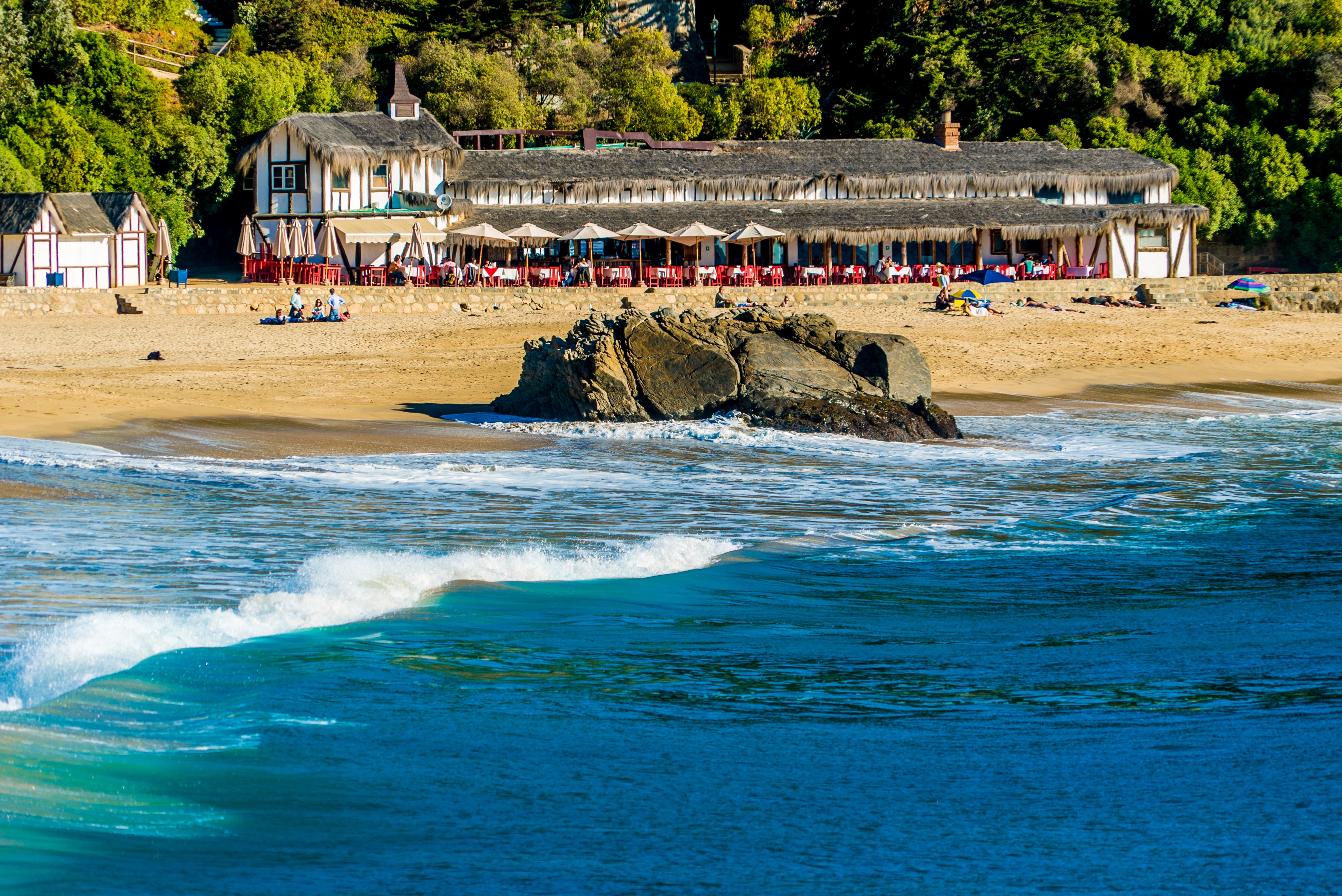
Chiringuito Fisherman’s Restaurant
The stunning Chiringuito Restaurant has indoor/seaside-patio lunch and dinner seatings year-round and is delightful in all weather conditions. Rain, shine, or fog–the food is delicious and the character and vibe is unmistakably “Chilean coastal village”. This is not an affordable meal, but the ROI (return on investment) for the food and views, is a bargain.
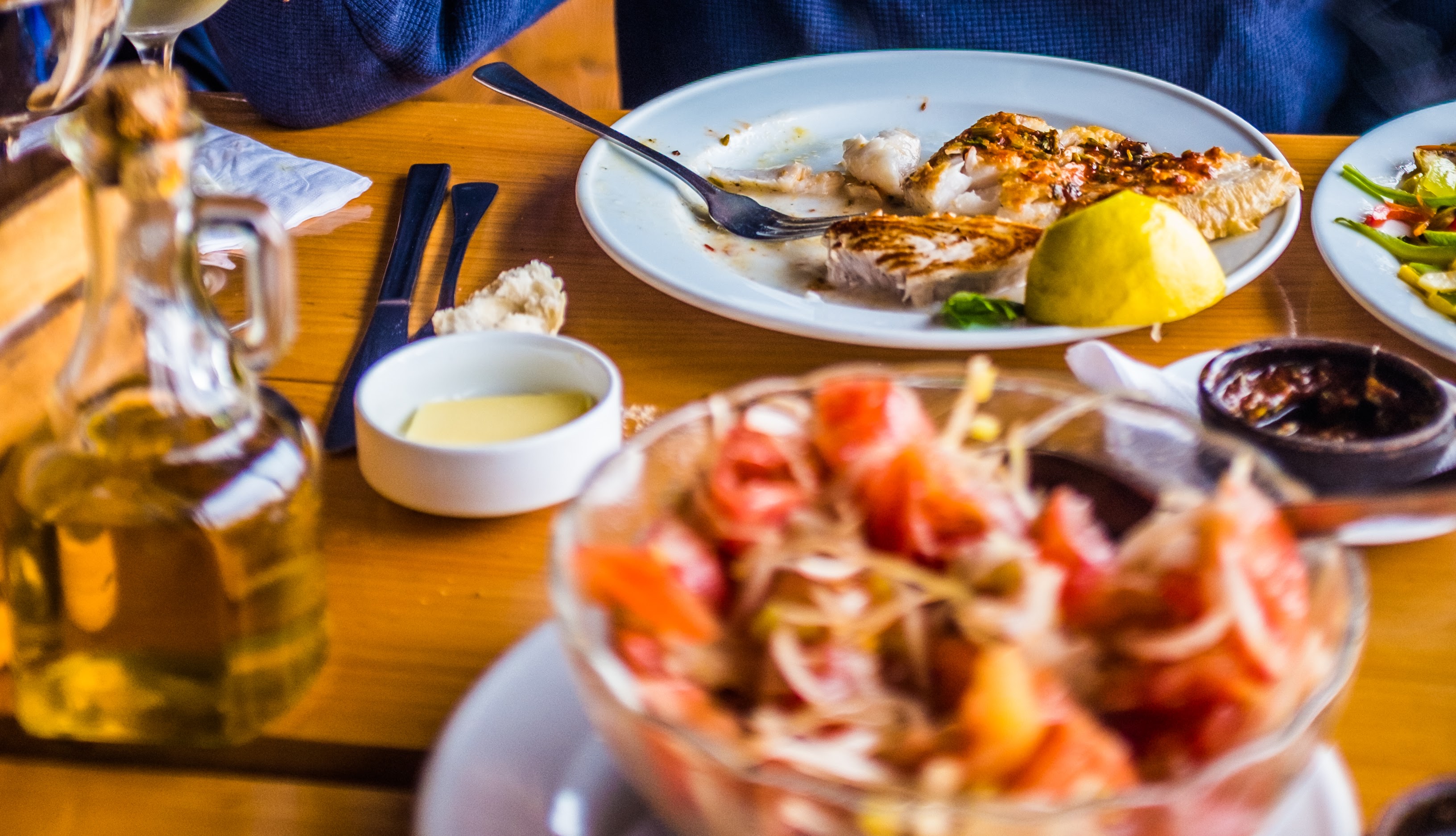
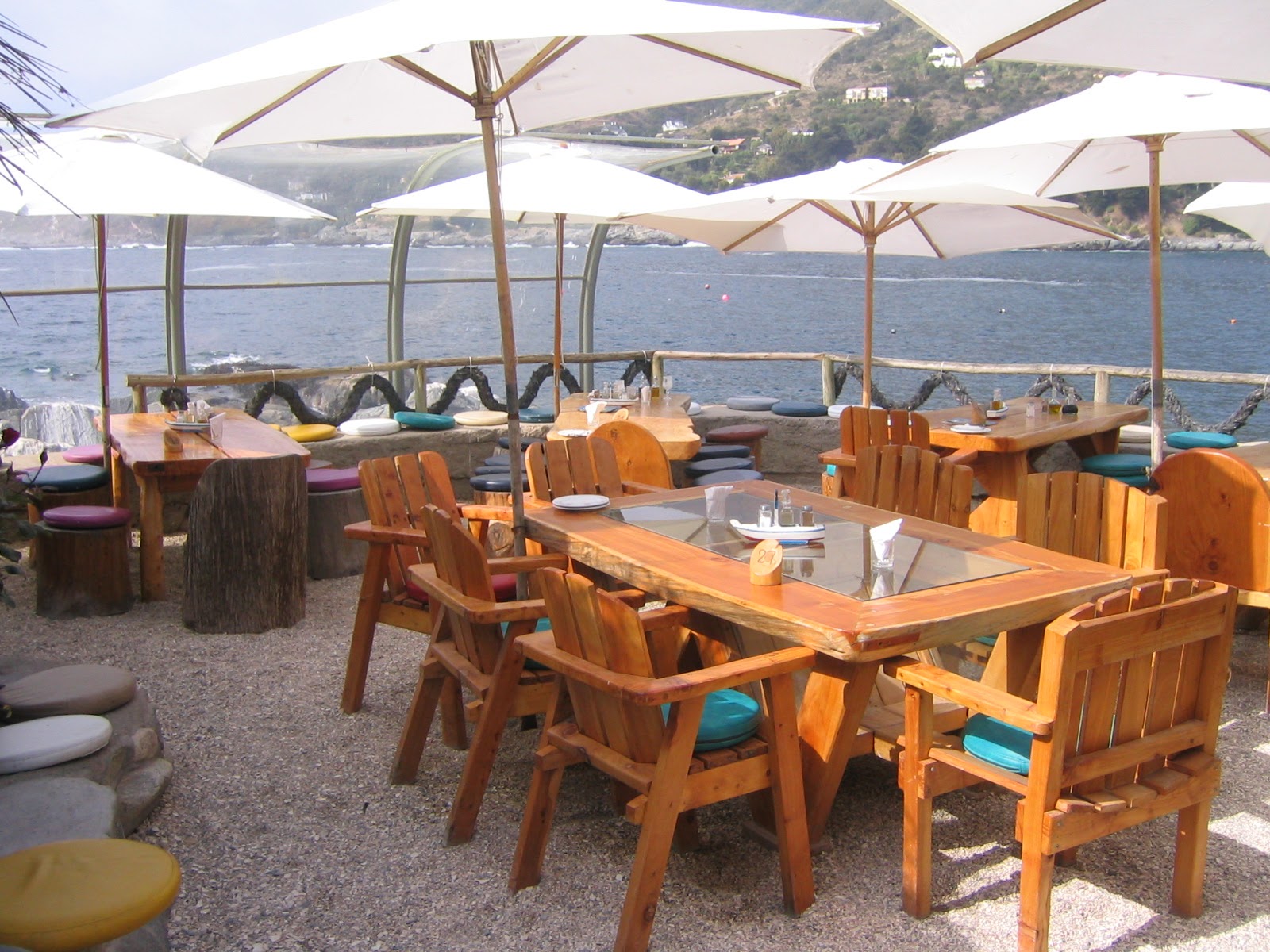
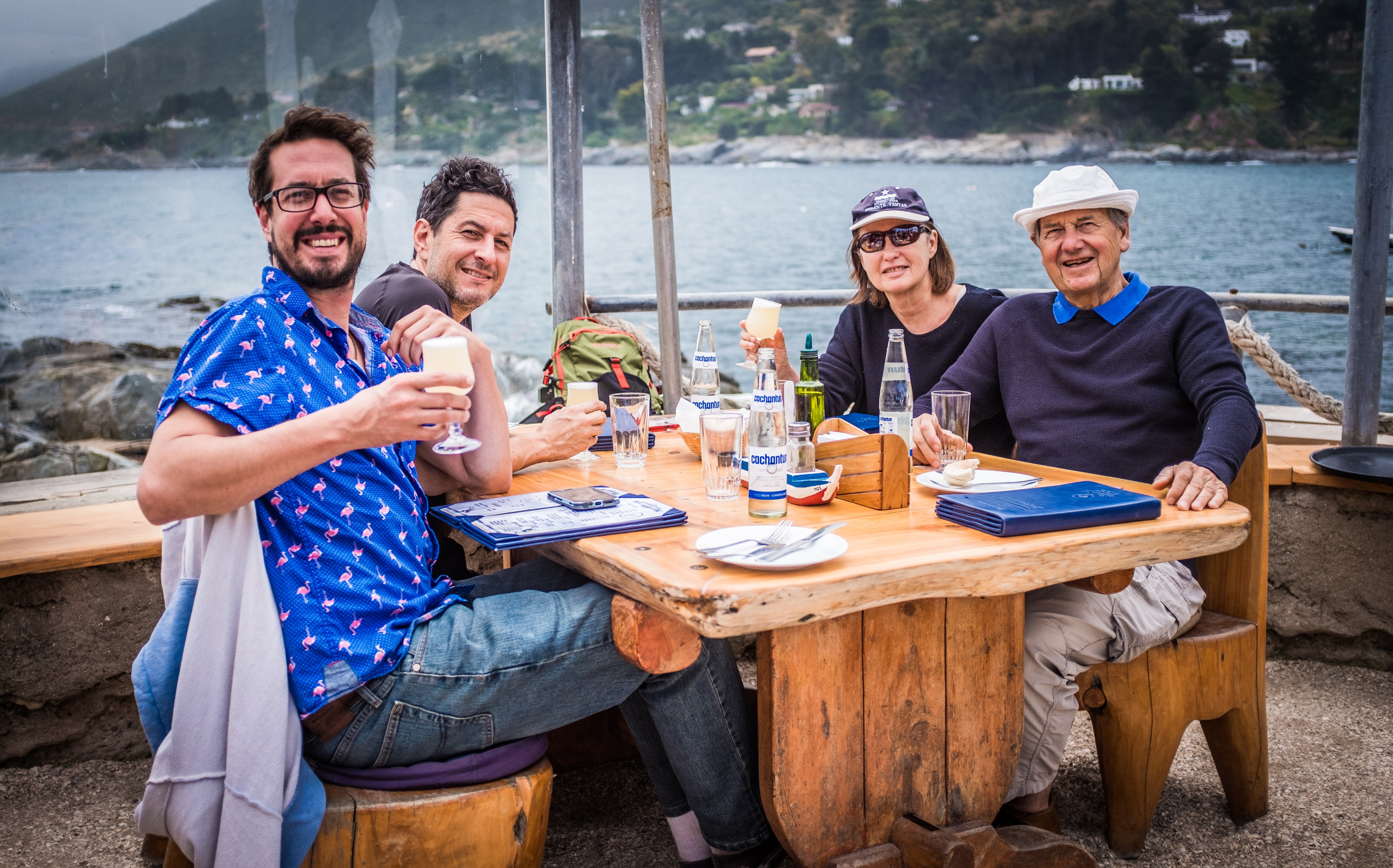
La Rambla Pedestrian Bay Walk
The Rambla is a pedestrian walkway circumventing the bay, from Isla Seca on the right of the beach (looking out to sea) all the way to the Cerro de la Cruz and Mar Bravo to the left. From the beach a walk left/right will take you on a 20-30m out and back stroll, which you can extend for hours in either direction if you are ready to explore the further developed sections which mix in some boulder traversing. There are many beautiful vista points, benches, and gorgeos landscaped homes to admire.
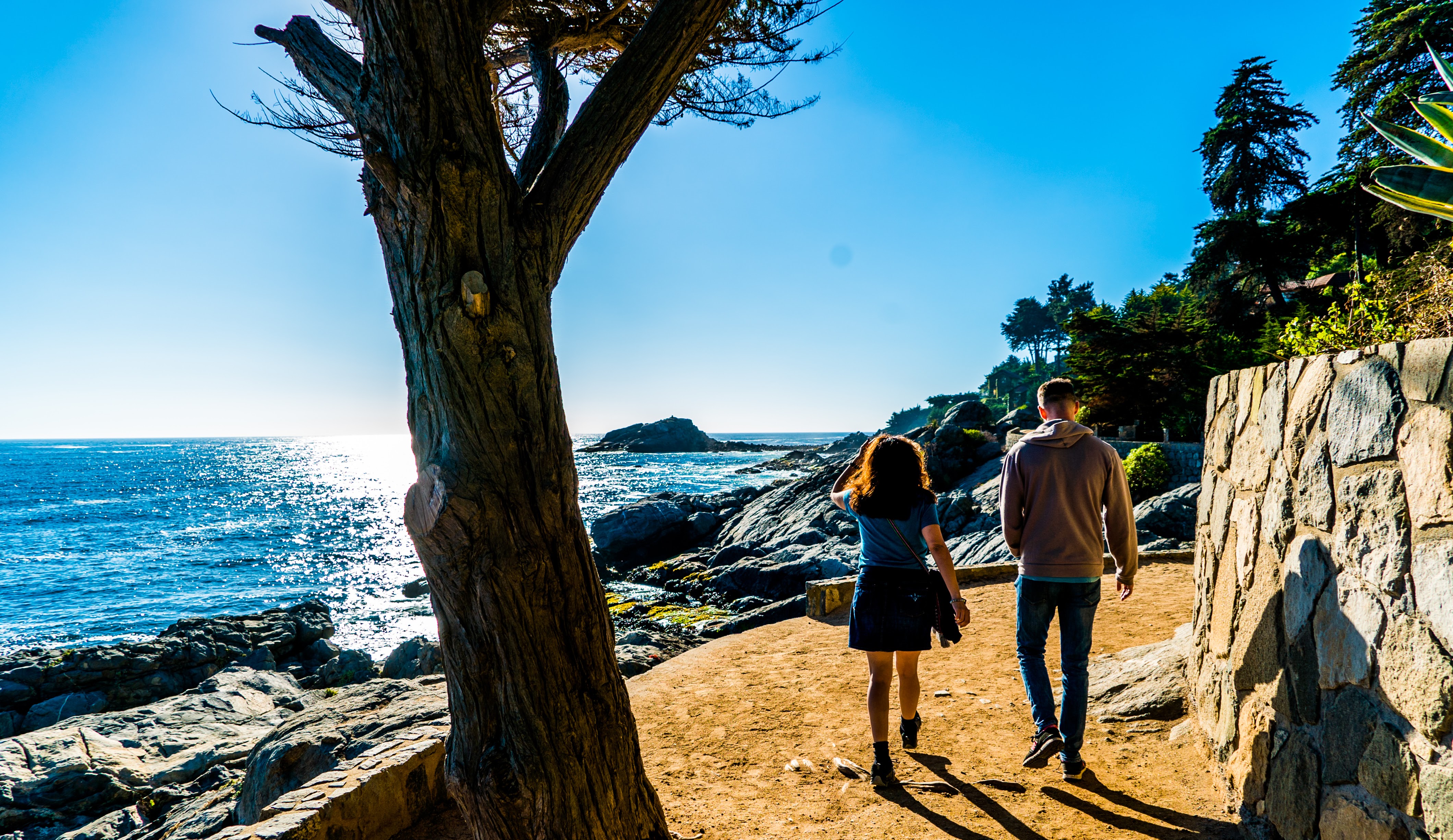

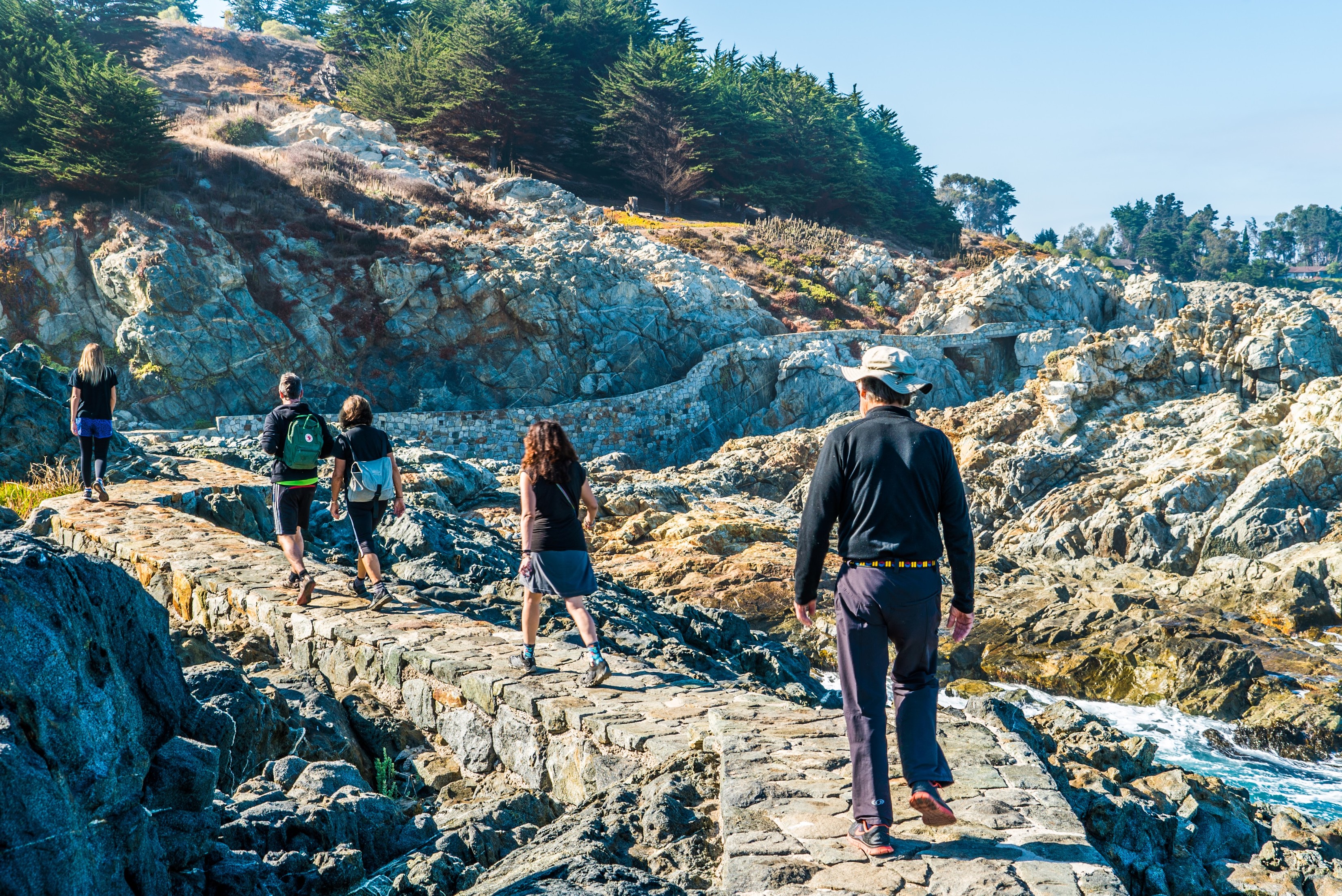
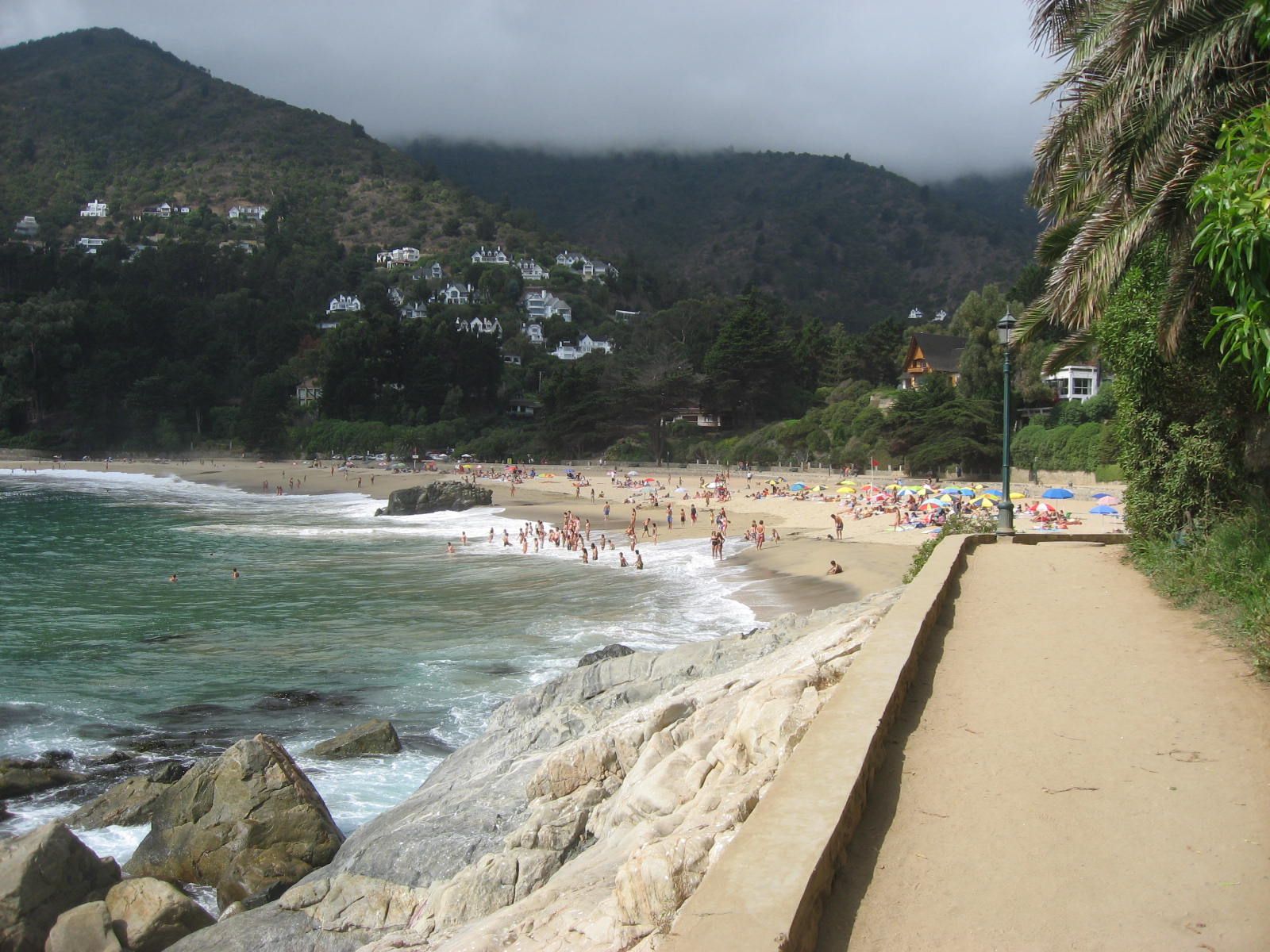
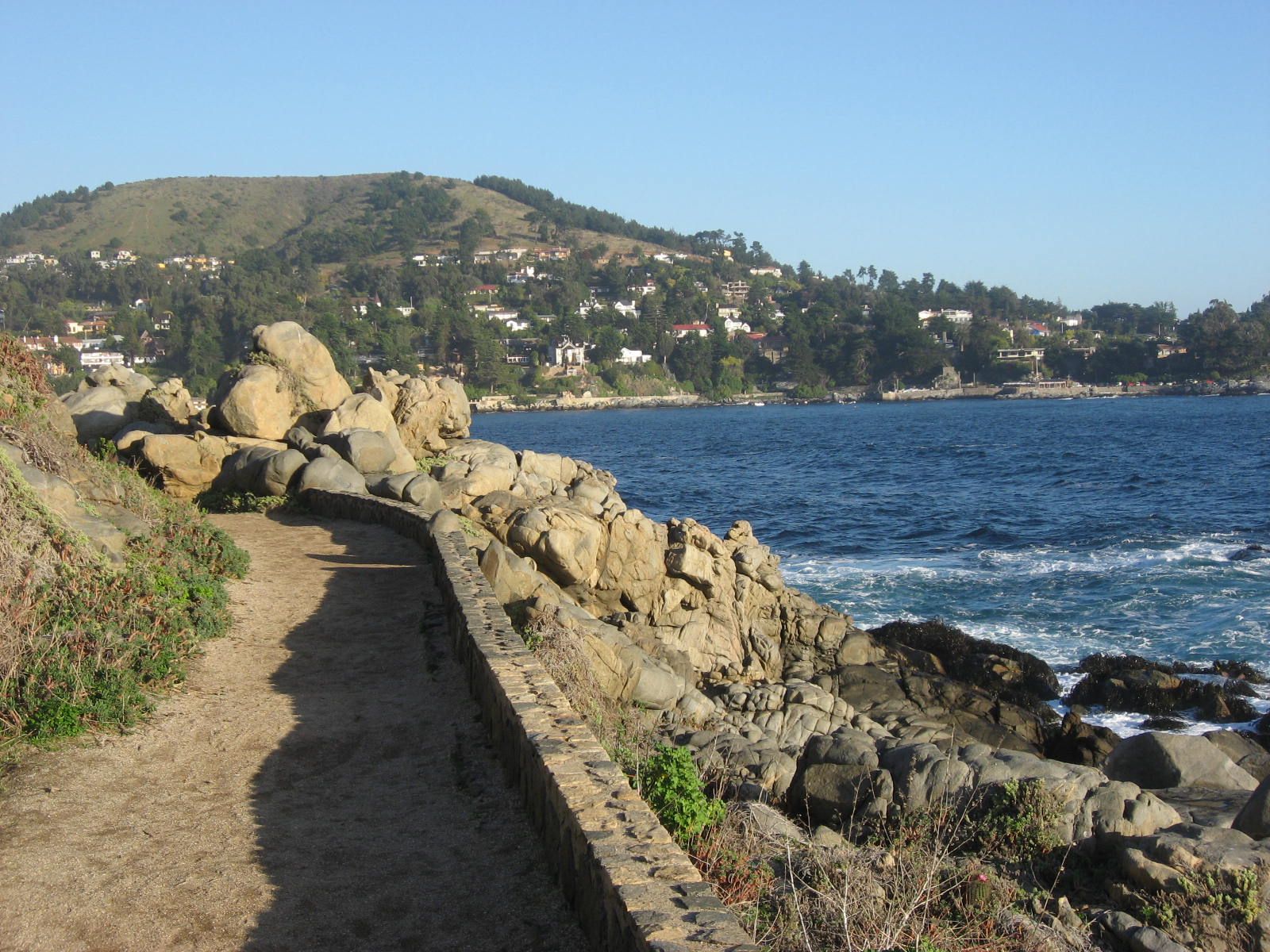
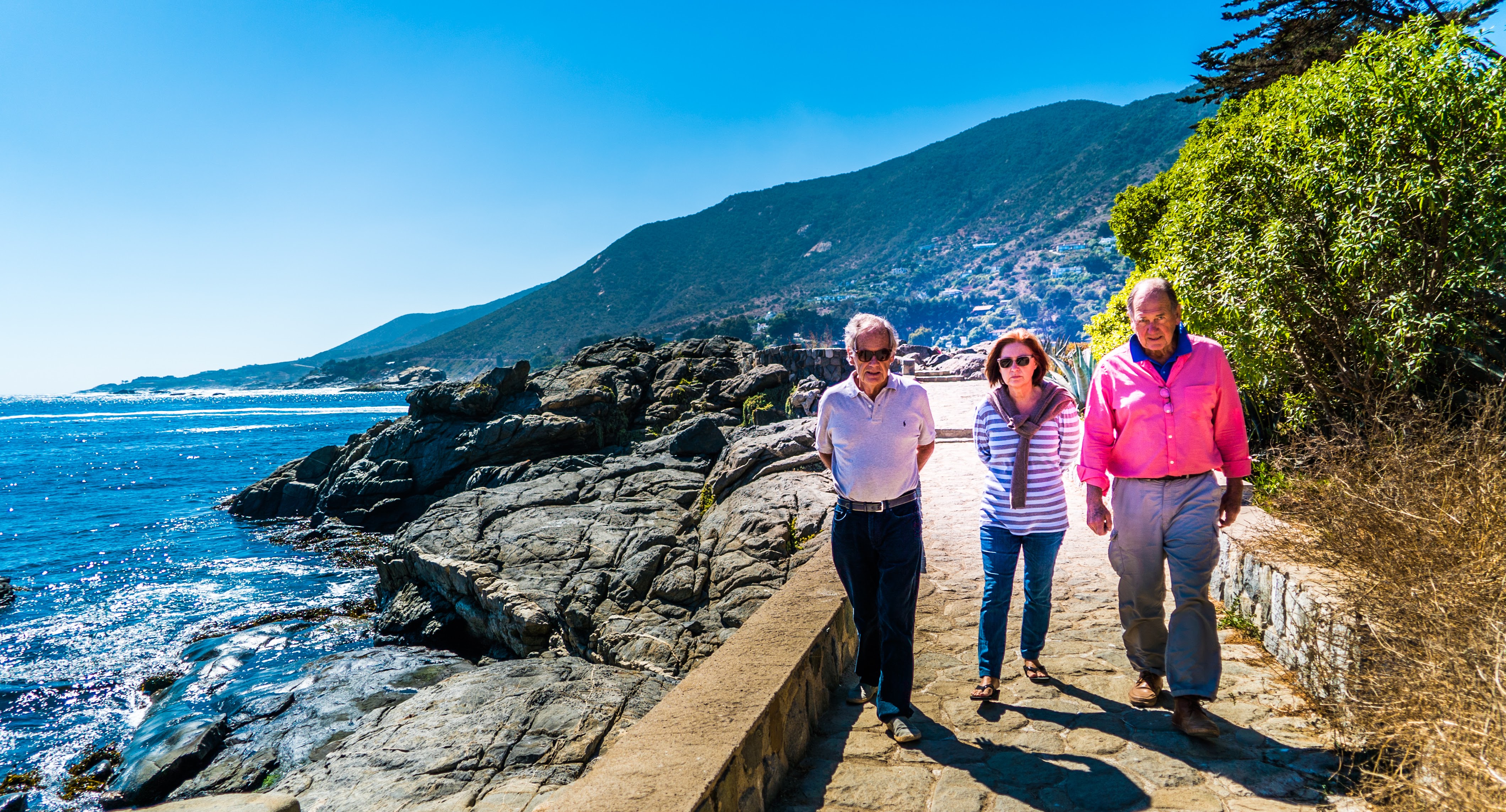
Towards Mar Bravo the pathway takes you past the working harbor of Zapallar. Throughout the day the fishermen get in their boats and head off to sea to try their luck at catching your seafood and shellfish. Much of the commercial fishing now takes place farther south in the town of Maitencillo, and is brought here for sale. Harbor activities have been expanded to include kayak rentals and scuba diving trips (summer season).
Isla Seca, Zapallar
Isla Seca (“Dry Island”) is the granite outcropping that defines the end of the bay to the right of the beach. Plan on a leisurely 20m from the beach to the top of the rocks, 45m round trip.
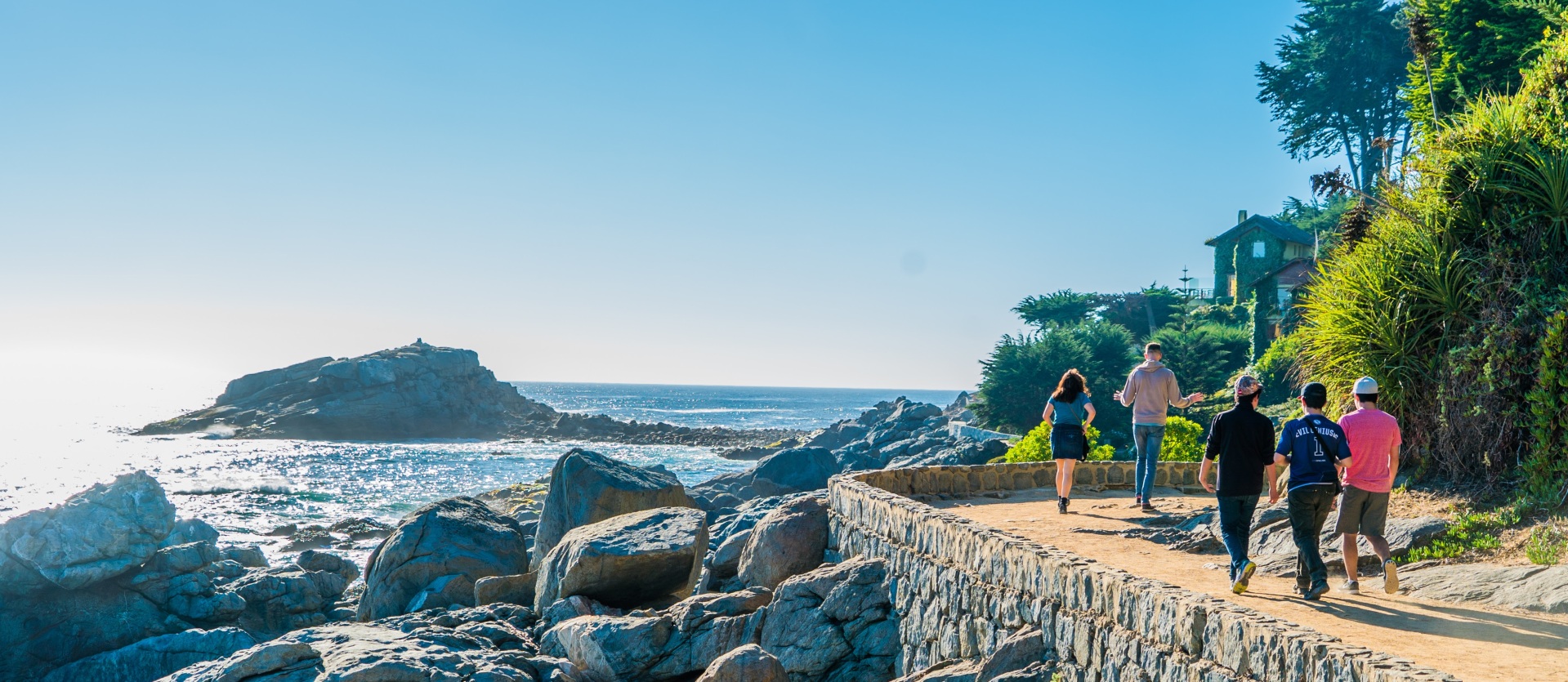
From the beach follow the Rambla winding around the bay north. The trail leaves you at the doorstep to this magnificent rock jutting into the sea. The climb to the top of Isla Seca is safe and the easier path is around to the right.
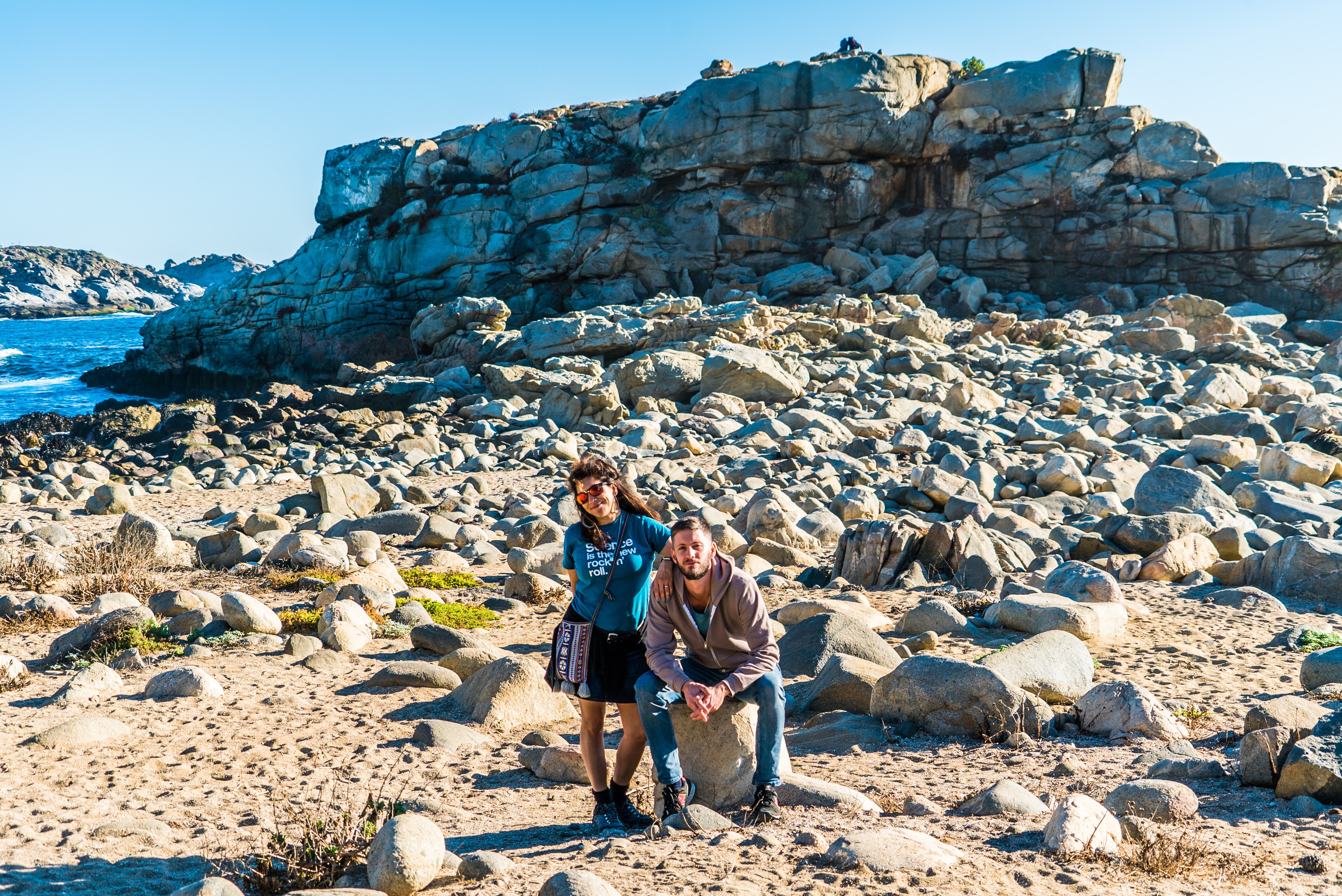
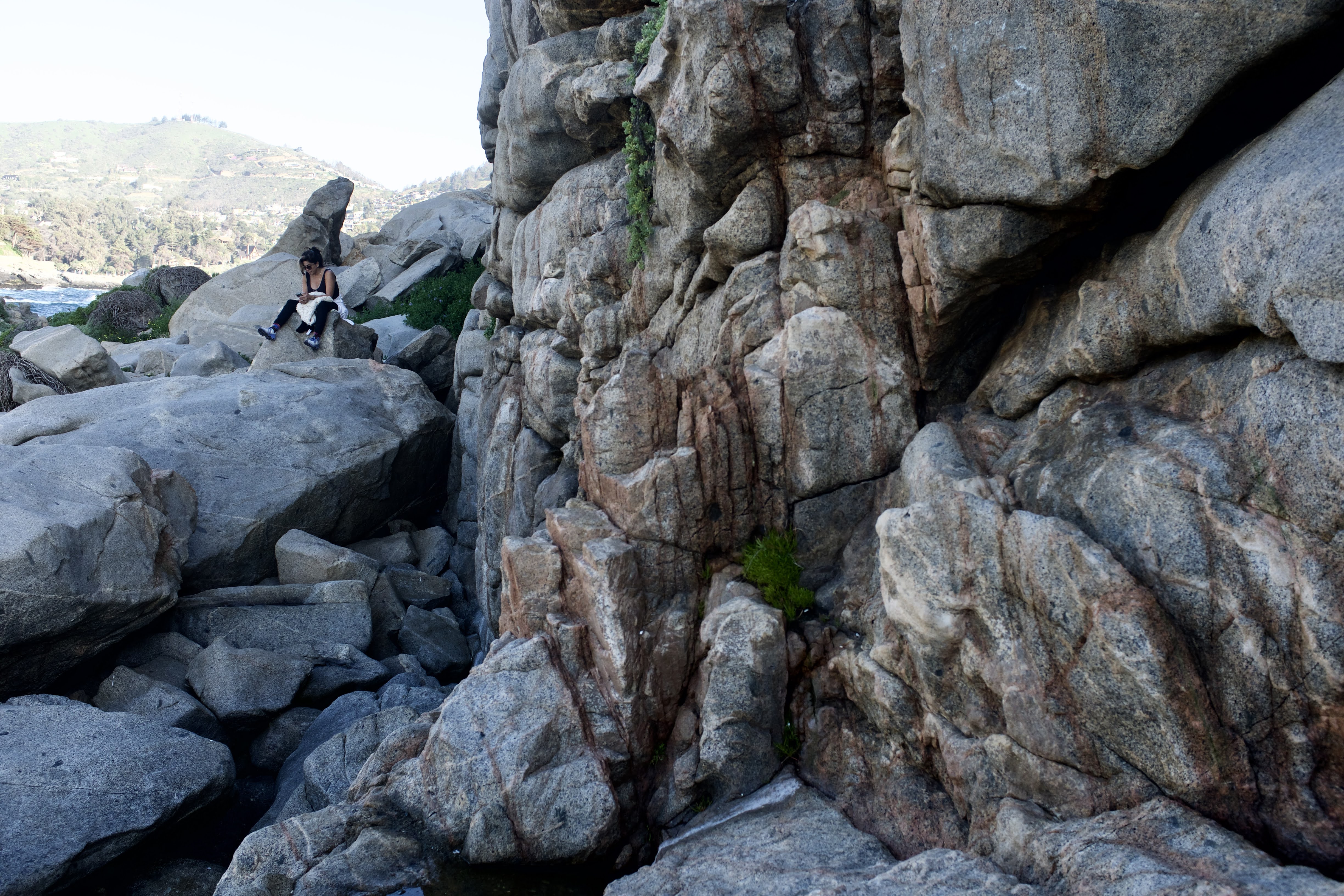

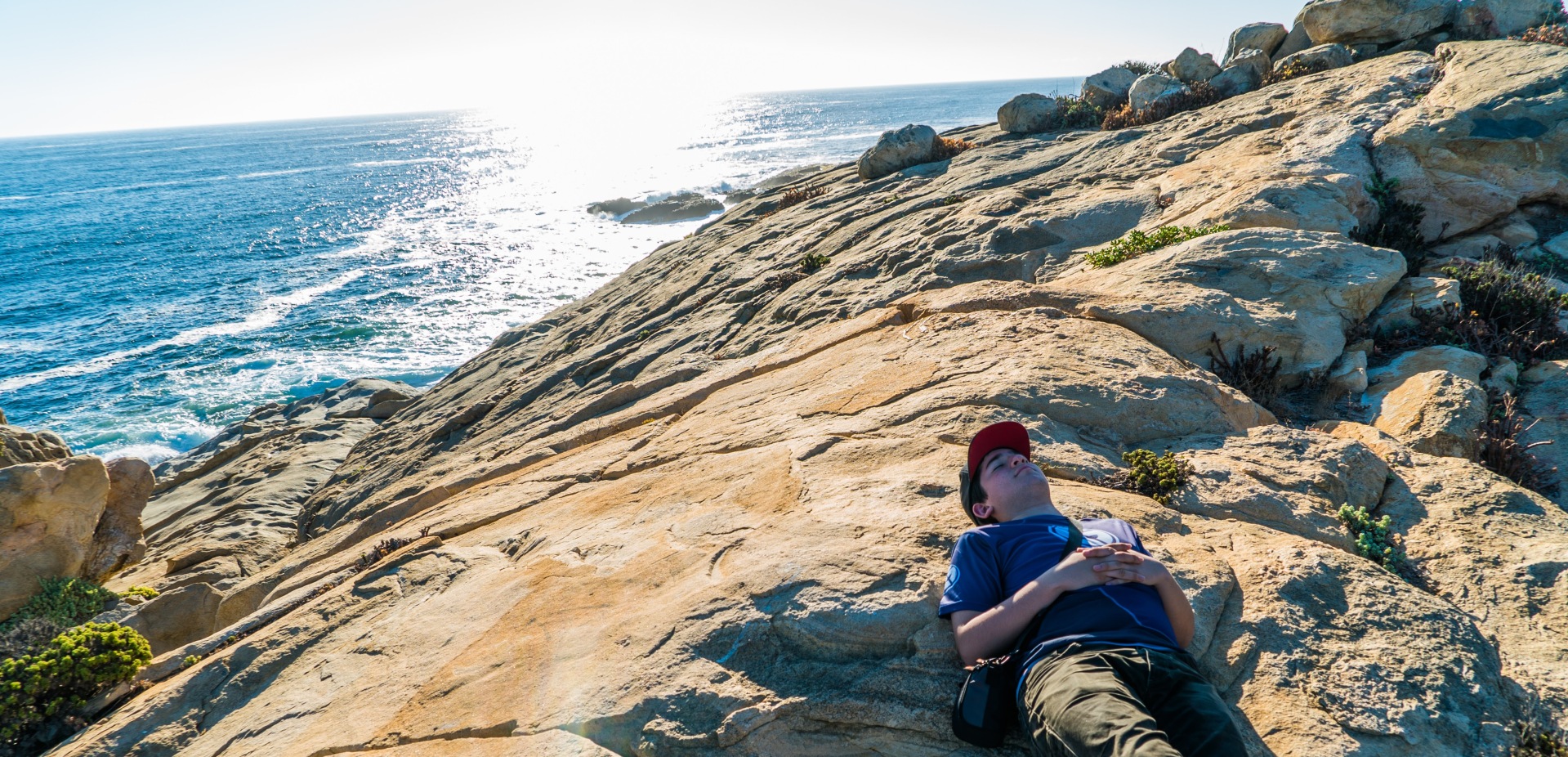
Mar Bravo Park–Waves and Sunset Views
Mar Bravo is the spot in Zapallar where the Pacific Ocean meets up with the granite of the coastline in spectacular fashion. The township maintains a park which has become the focal point of the Mar Bravo experience.
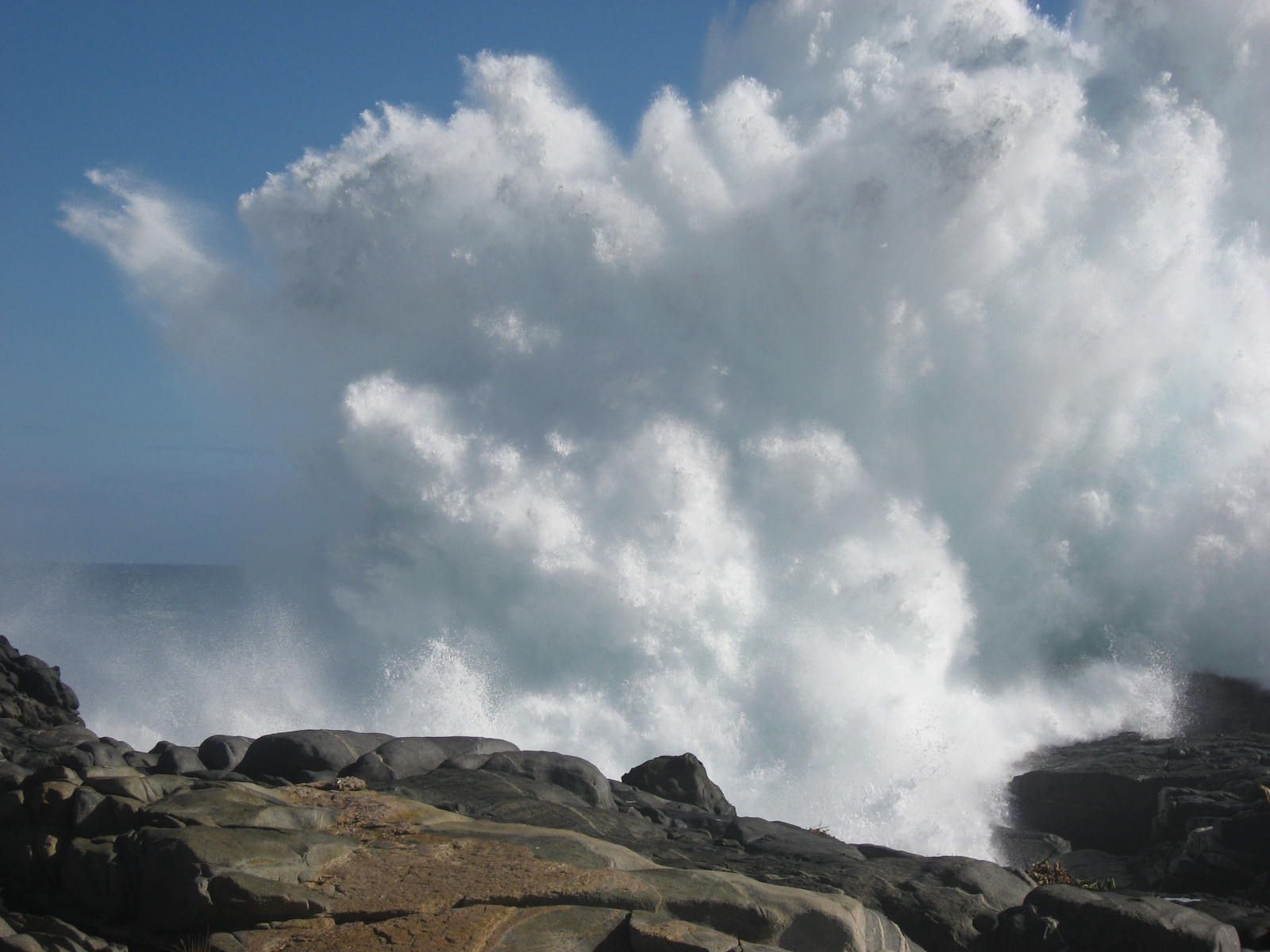


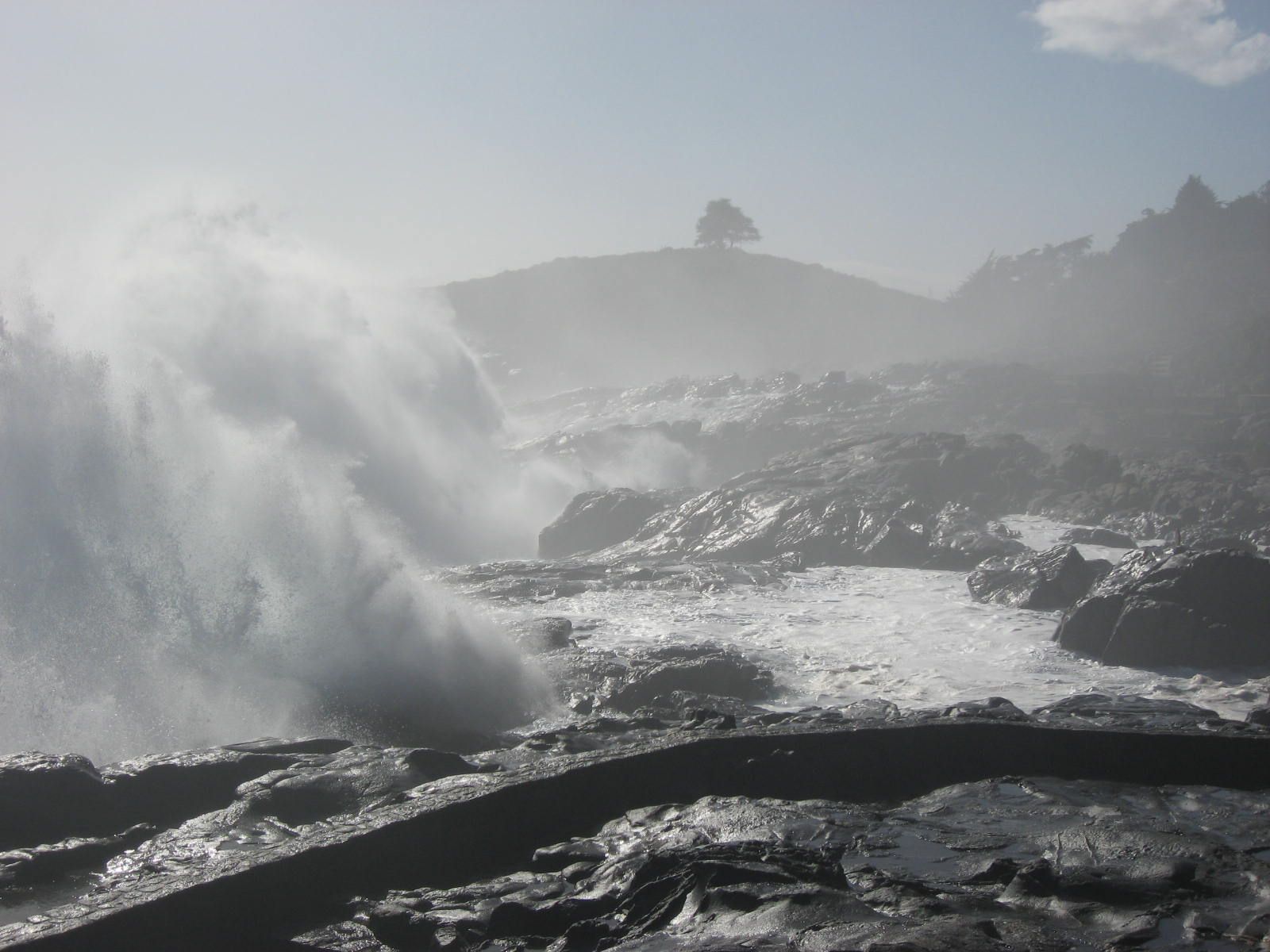
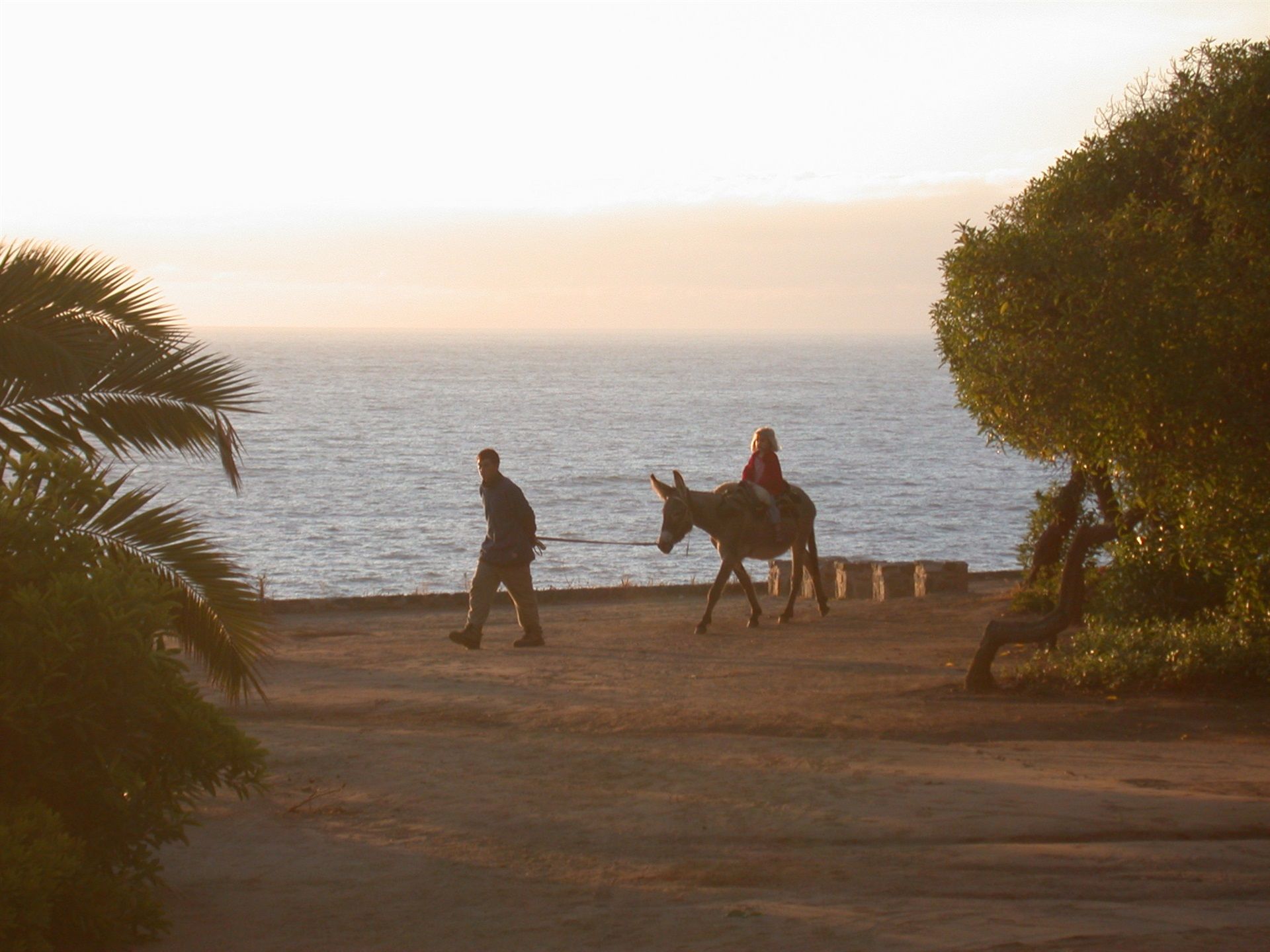
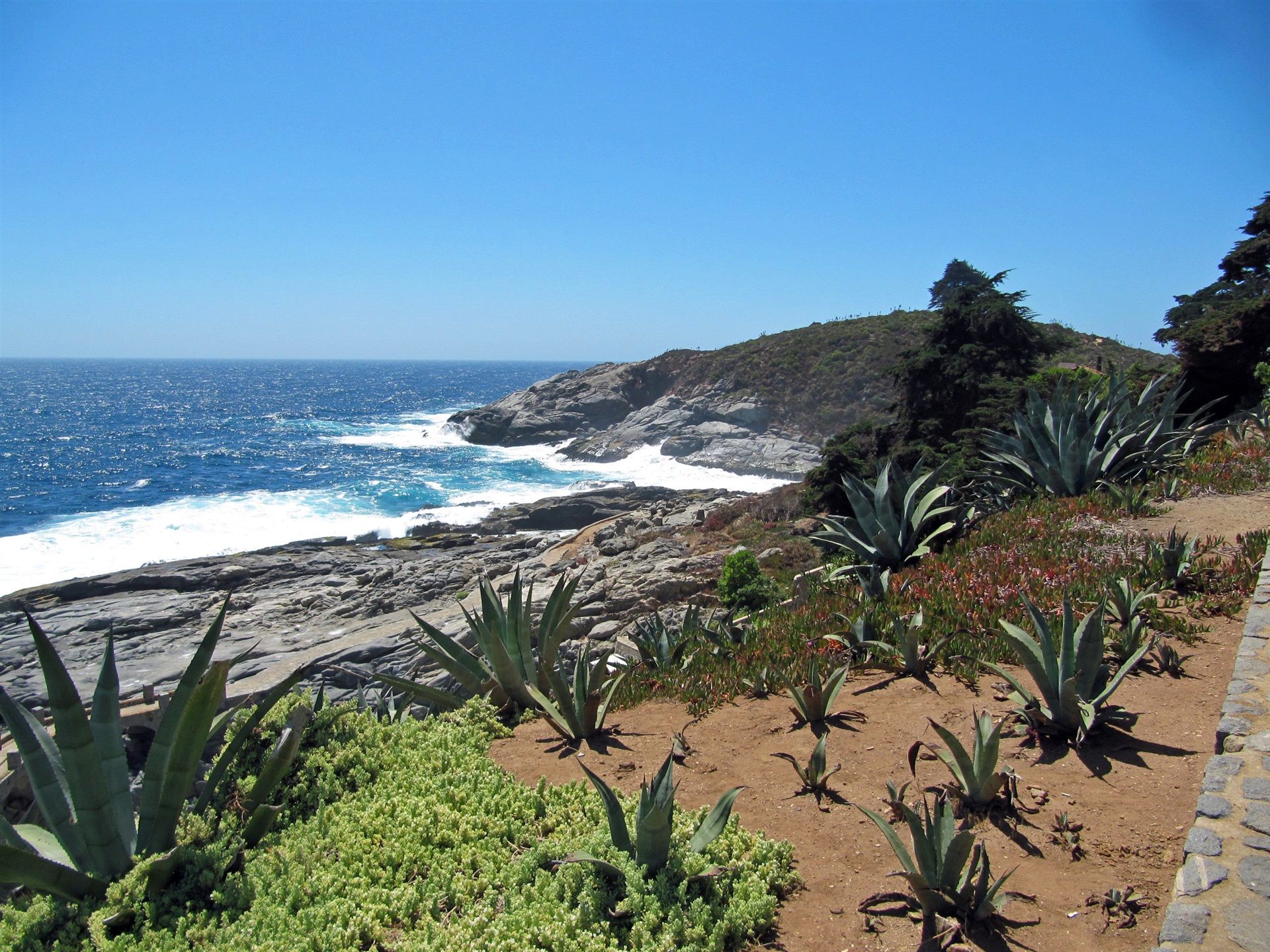
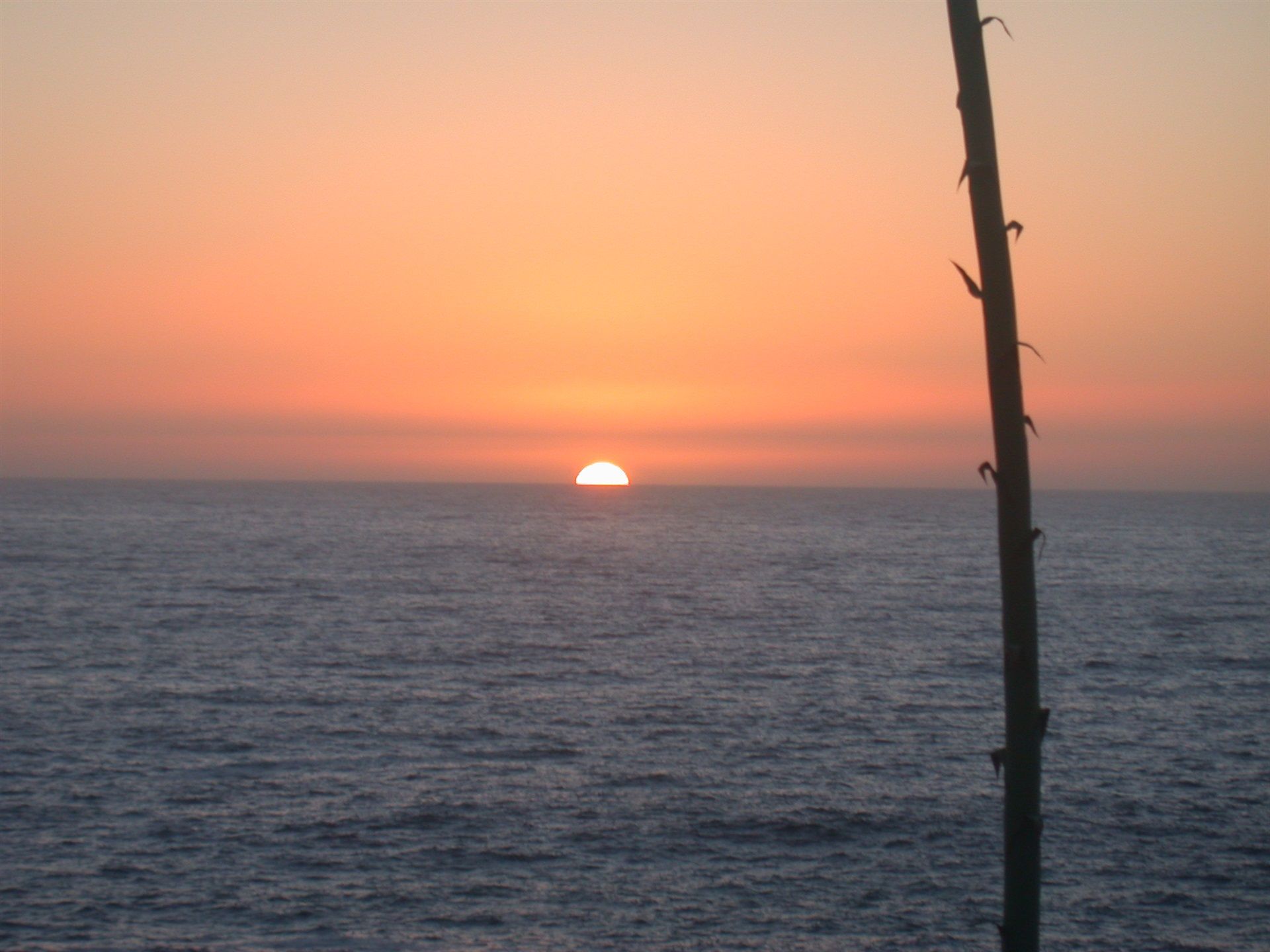
From the small park and parking lot you. can walk 20 meters down some steps and join the Rambla path which continues south to Cachagua and north back to the beach.
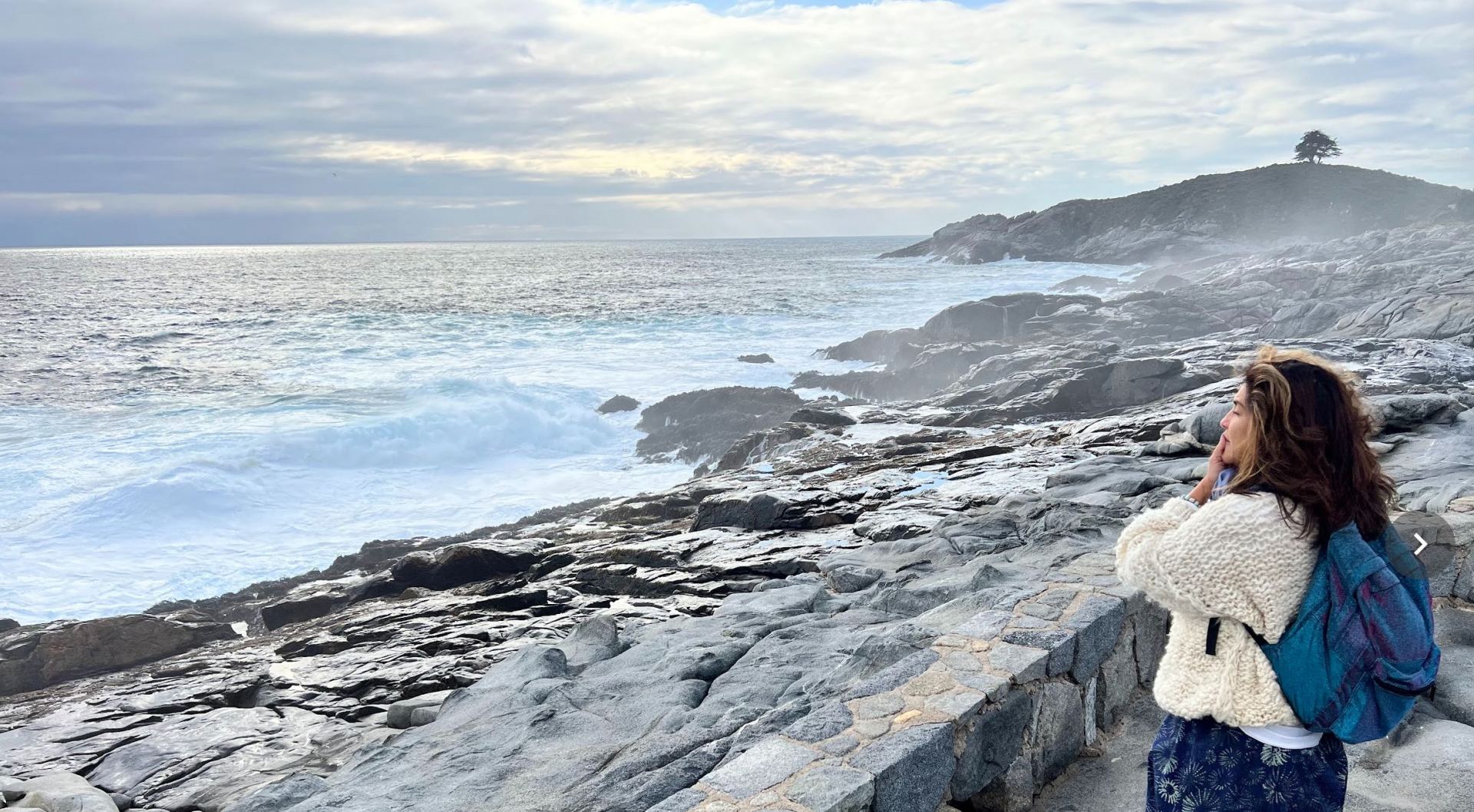
The park overlooks the ocean coastline and Cerro de la Cruz. During the summer kids can get a burro ride in this lovely setting between. Mar Bravo is the premier place in Zapallar to view the sunset since it faces the open pacific (whereas from the beach the sun sets behind the Cerro de la Cruz).
Of course, the Mar Bravo is all about the waves. On good wave days, you can not imagine a more spectacular display of water meeting rock. The waves here can be truly enormous. Take care to not approach too near the shoreline, sleeper waves appear out of the deep!
Cerro de La Cruz Hike
Cerro de la Cruz is the peninsula that graces the left side of Zapallar bay. It is characterized by the lone pine tree that sits upon the top of the hill. This is a great place to walk for an hour or two, with magnificent vistas and abundant wildflowers. The hike up to the top only takes 10 minutes from the Chiringuito restaurant / Fisherman’s Stand parking lot.
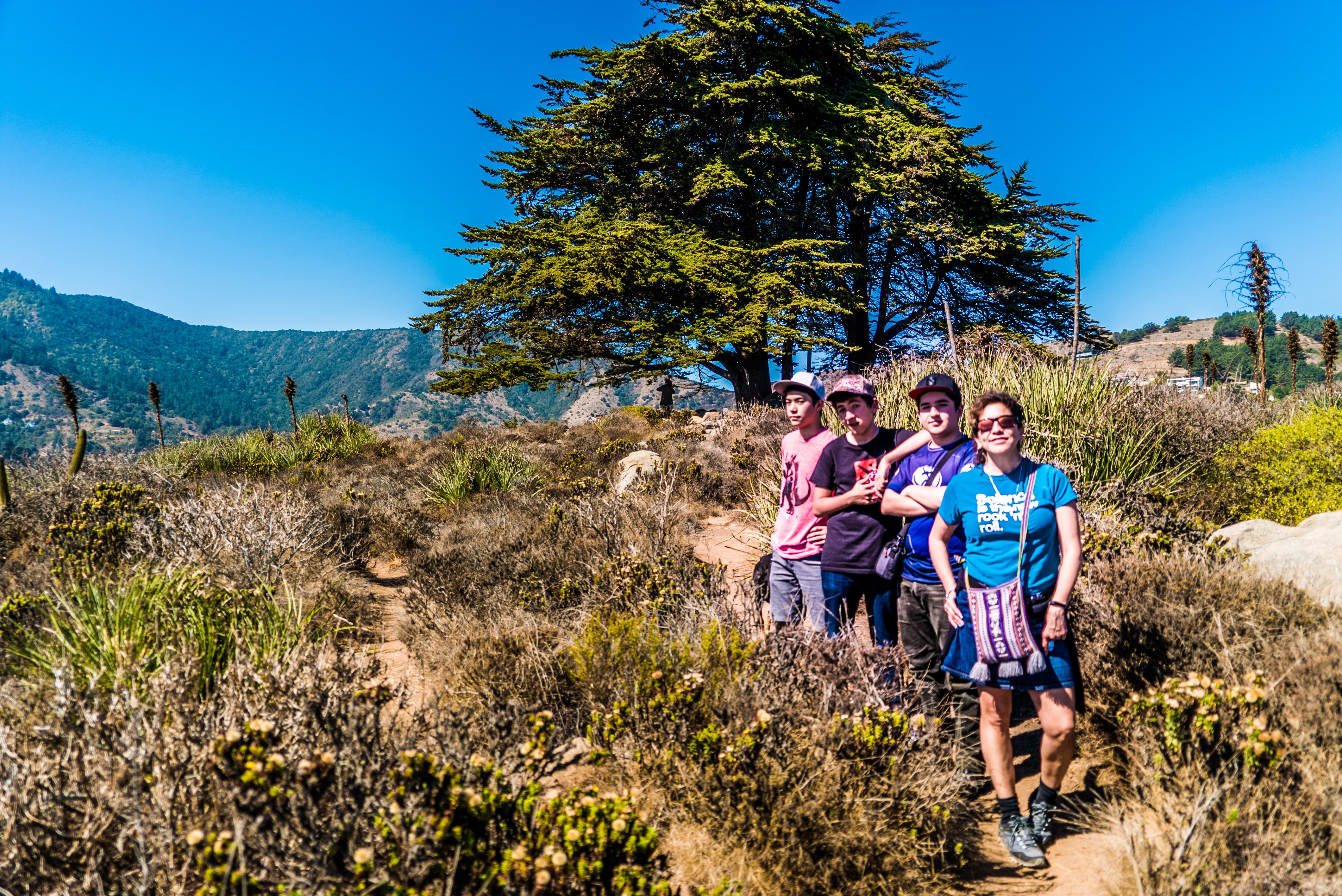
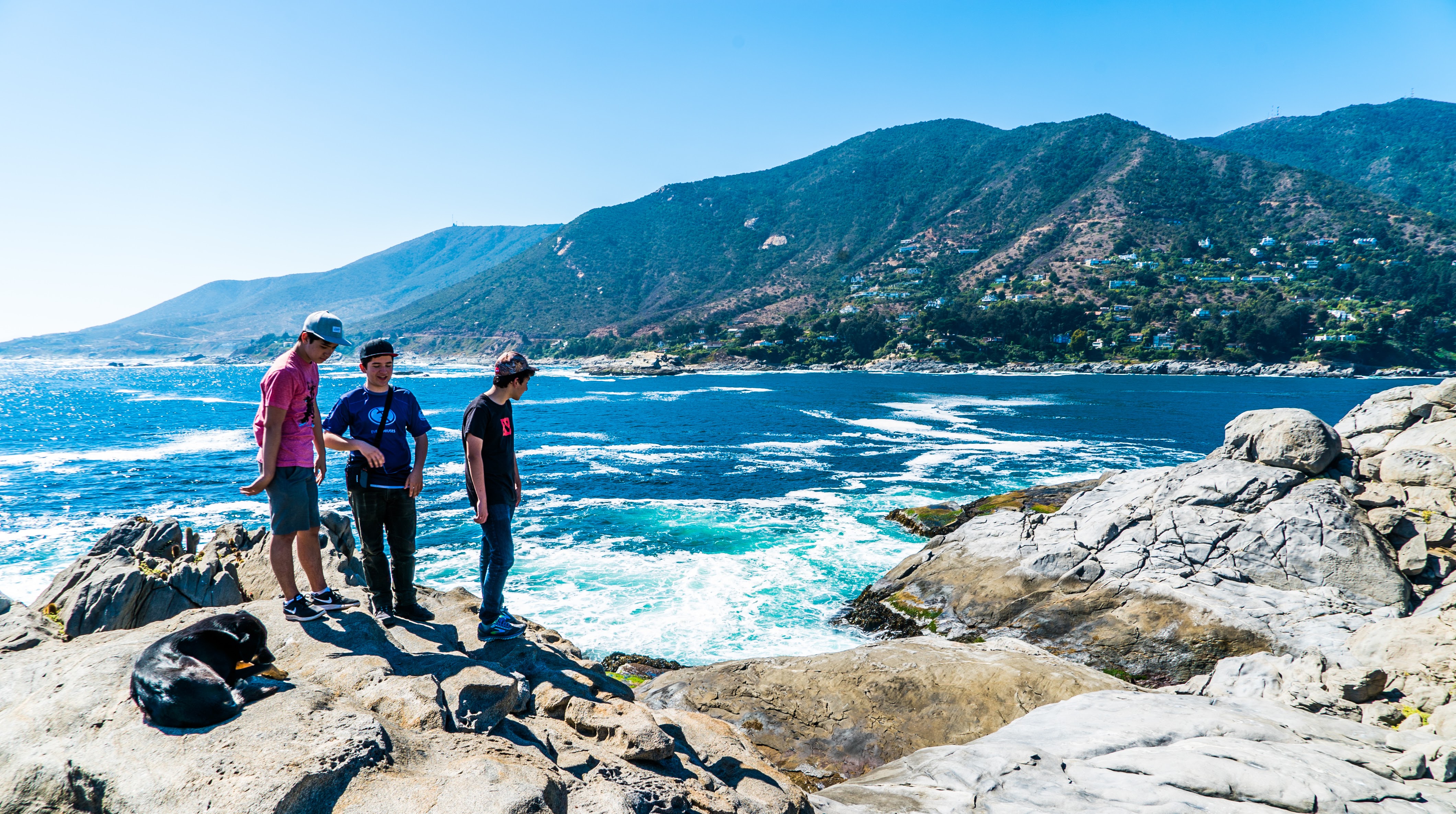

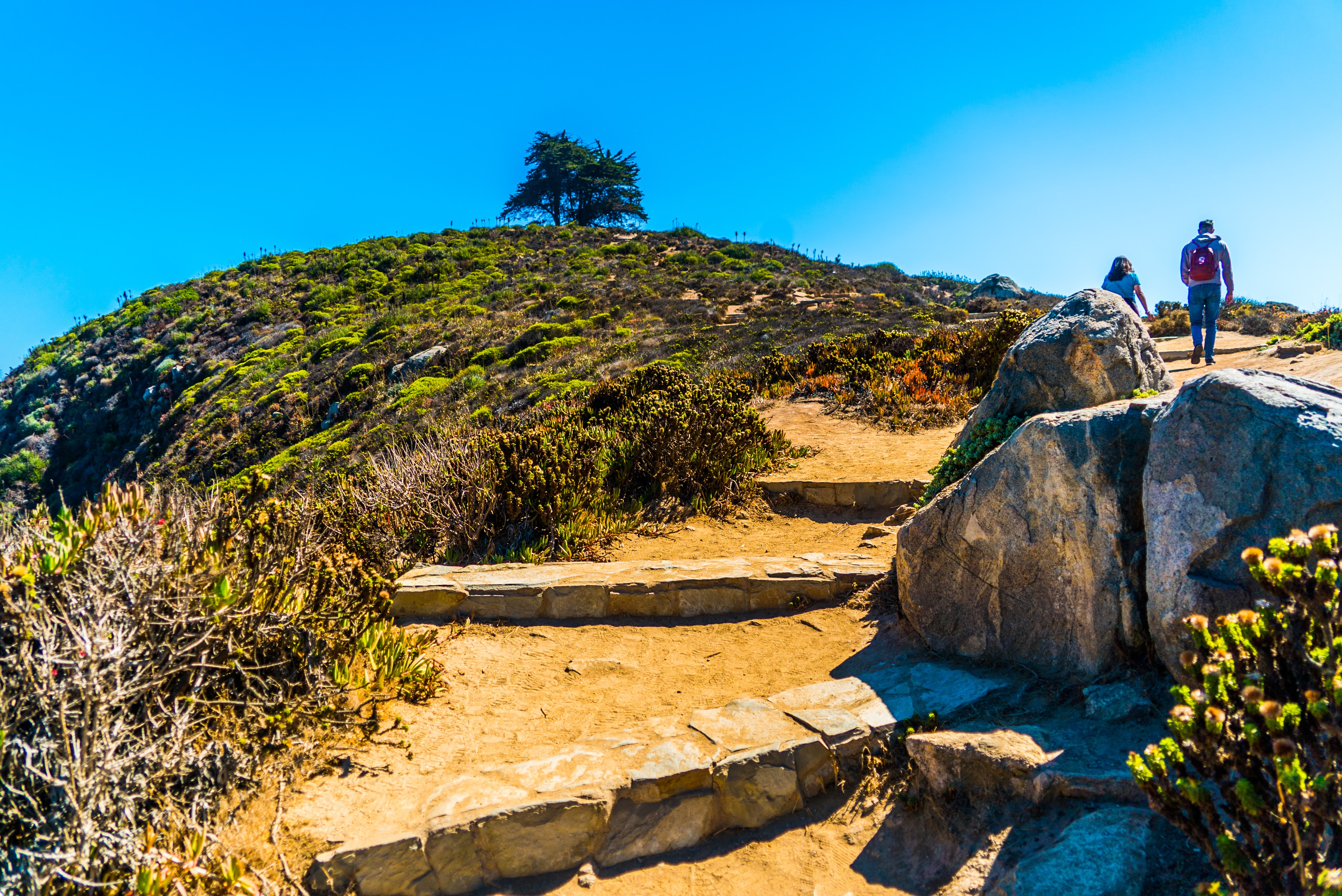
The beginning of the trail is located at the base of the hill, behind the Chiringito Restaurant. There resides “La Gruta”, a grotto housing an image of the Virgin of Lourdes. Begin your walk on the cerro by taking the short climb to the right.
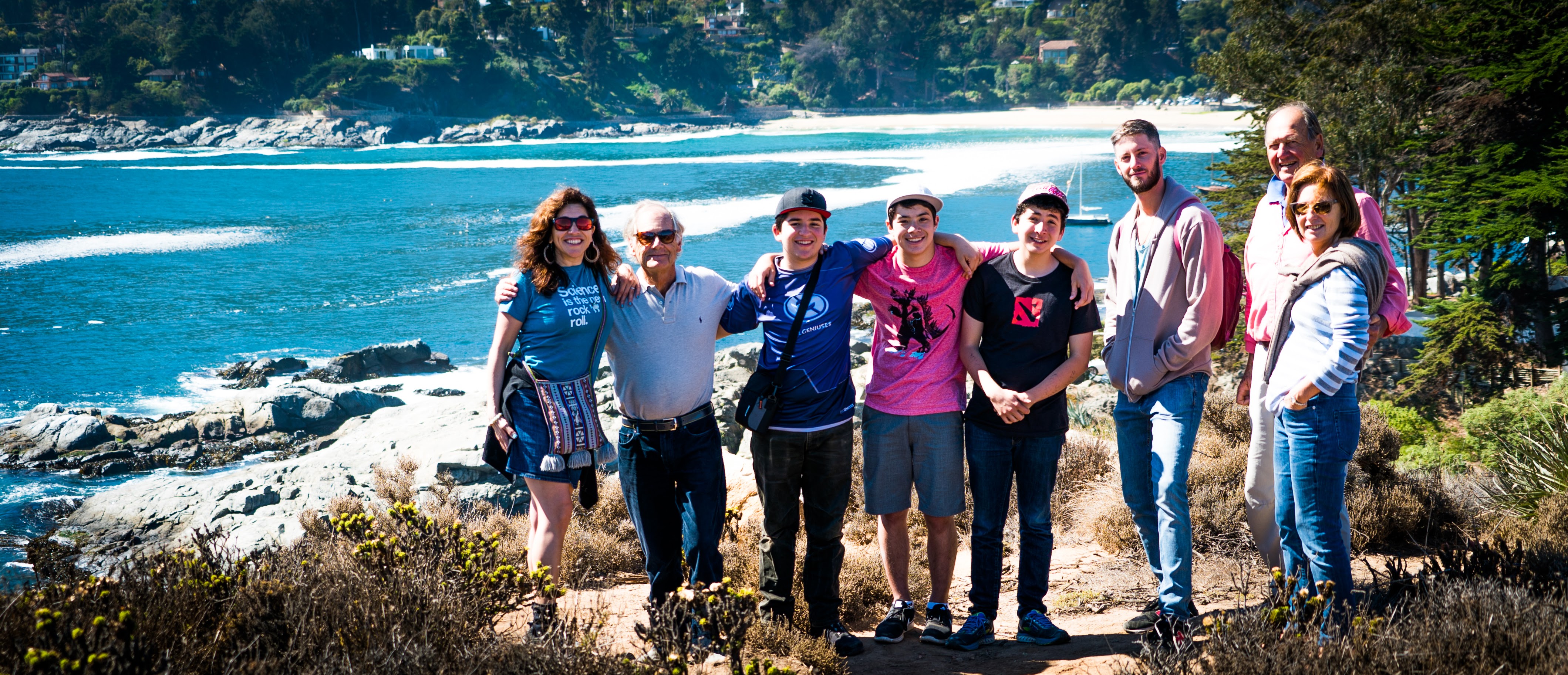
At the very back of the island is a large granite outcropping. Before this giant rock is a crevice where the ocean charges through. The splash created by the on-rushing sea is like a blowhole, and referred to by the locals as simply “El Caleton”.
Zapallar to Cachagua Coastal Hike
The two hour hike from Zapallar to Cachagua is filled with vistas of the scenic beauty of this section of the Chilean coast. A portion of the trip consists of boulder hopping your own path and another portion is on a well-maintained rambla (pathway).

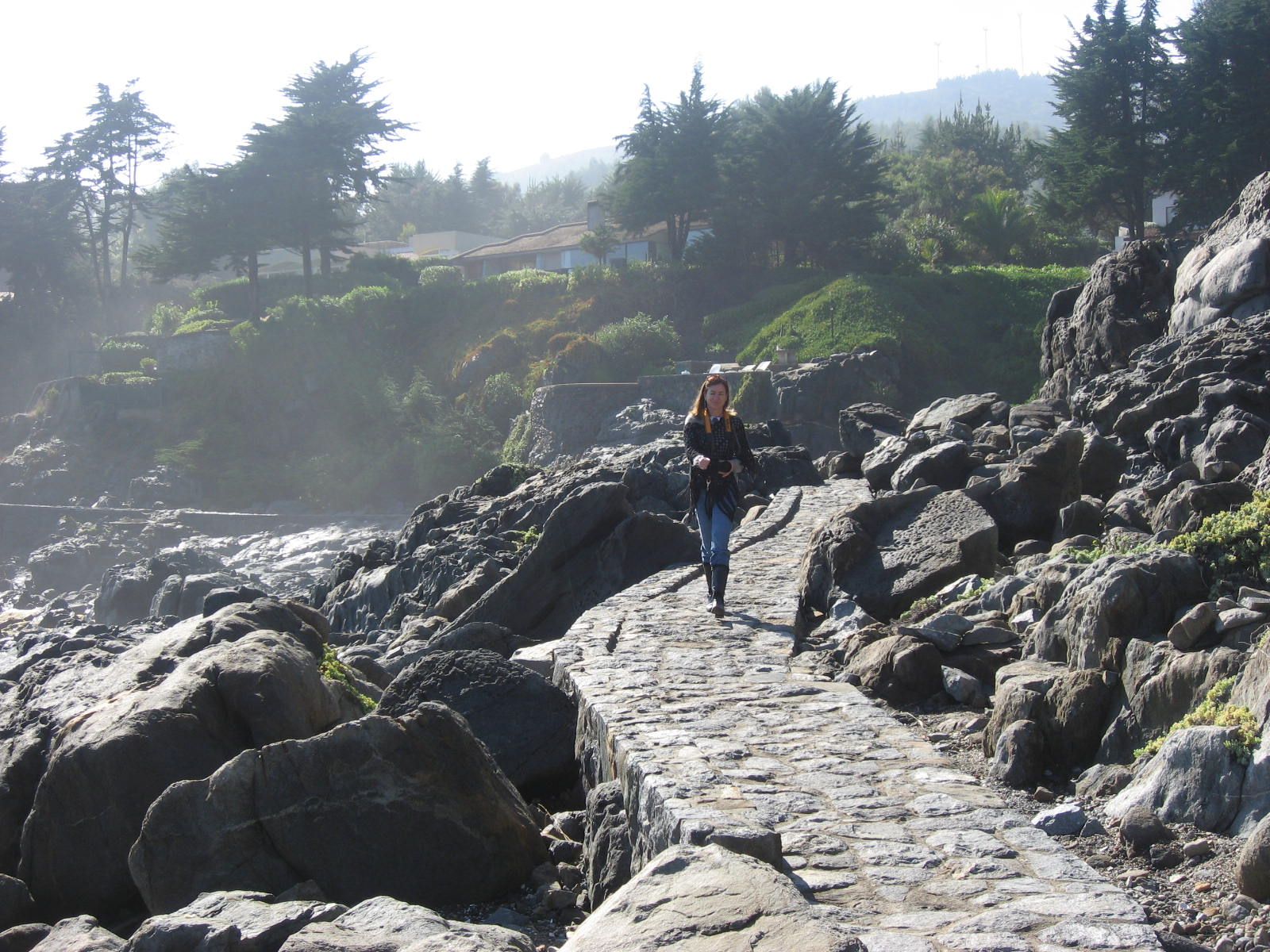
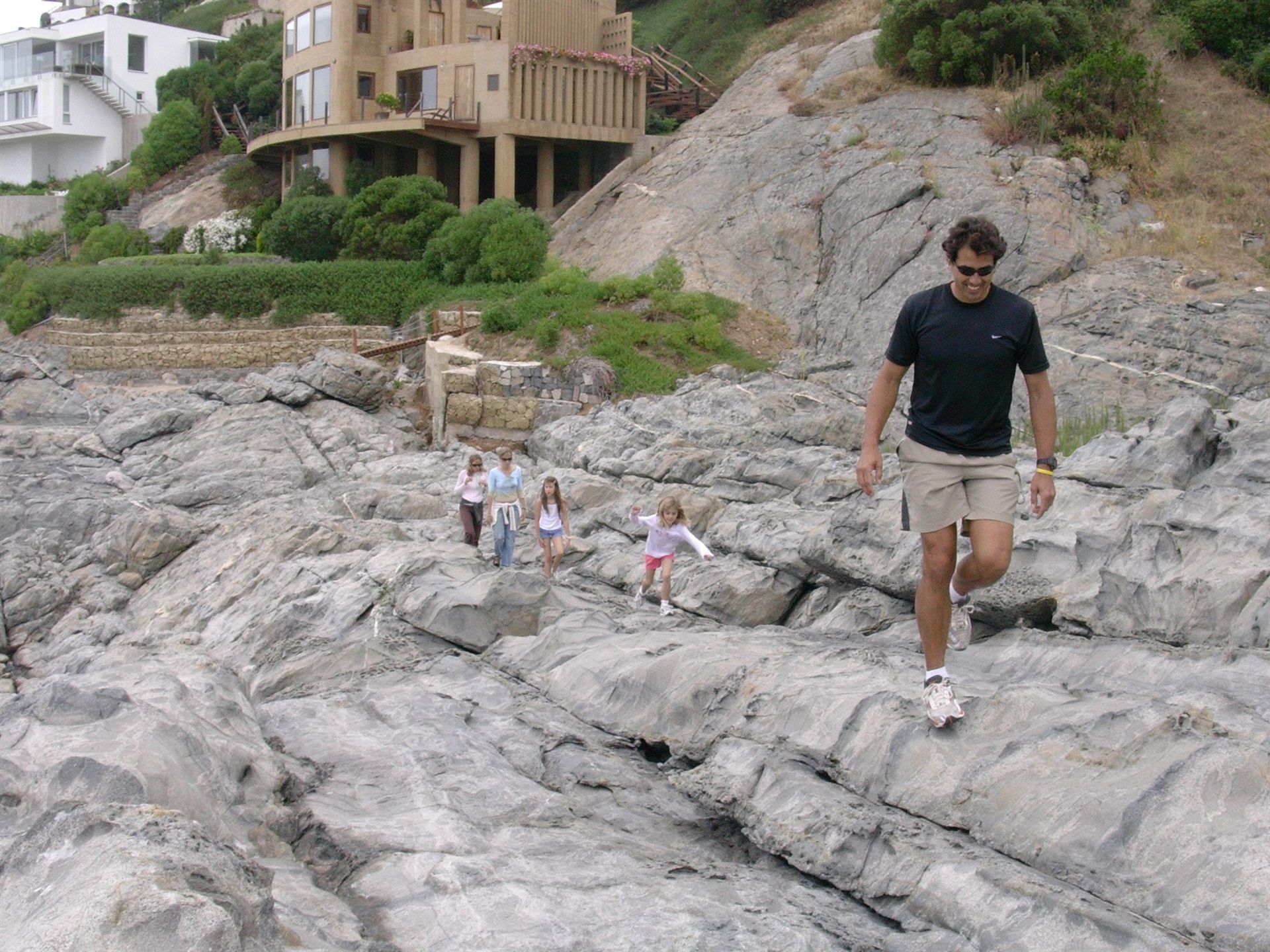
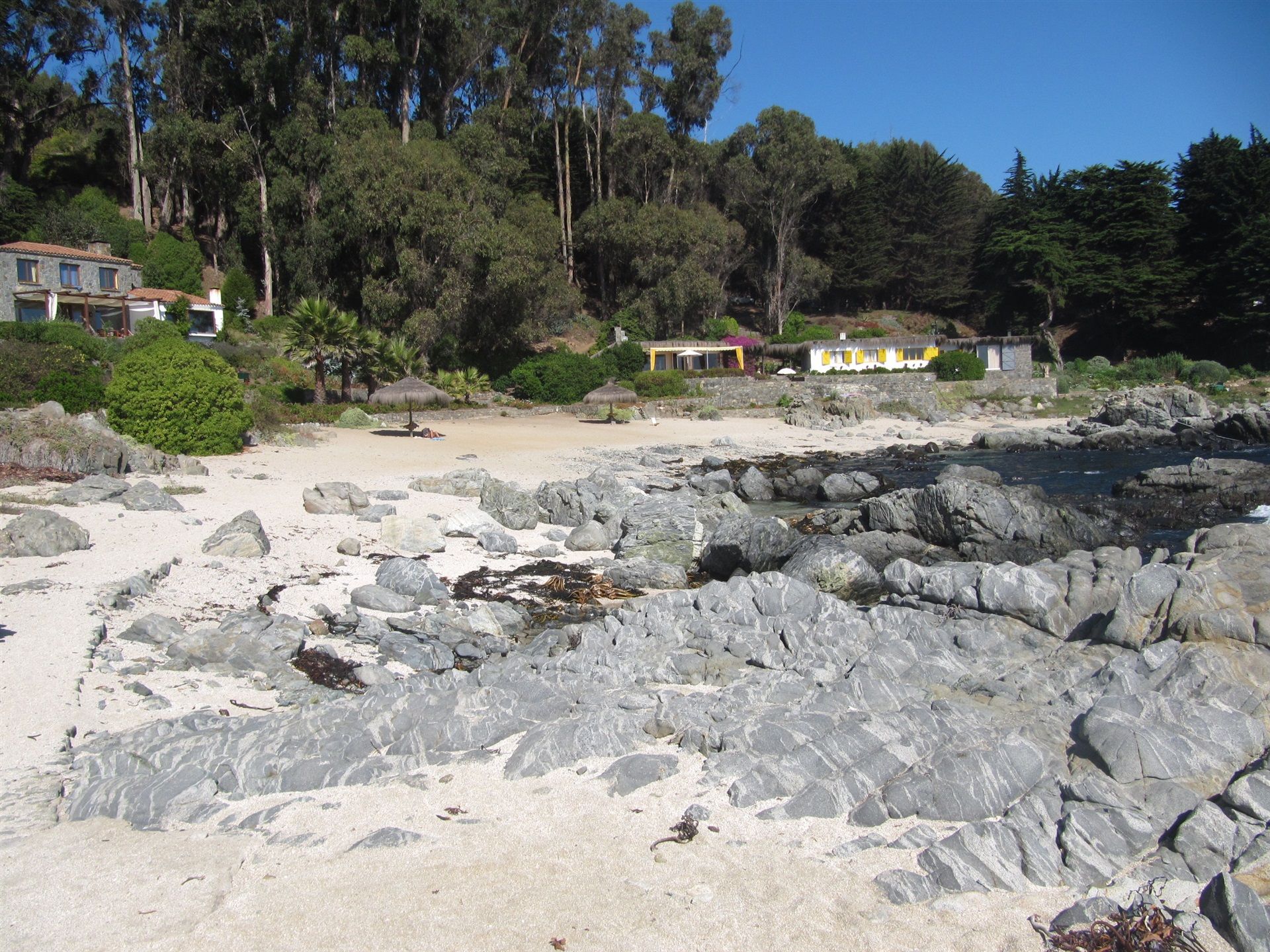
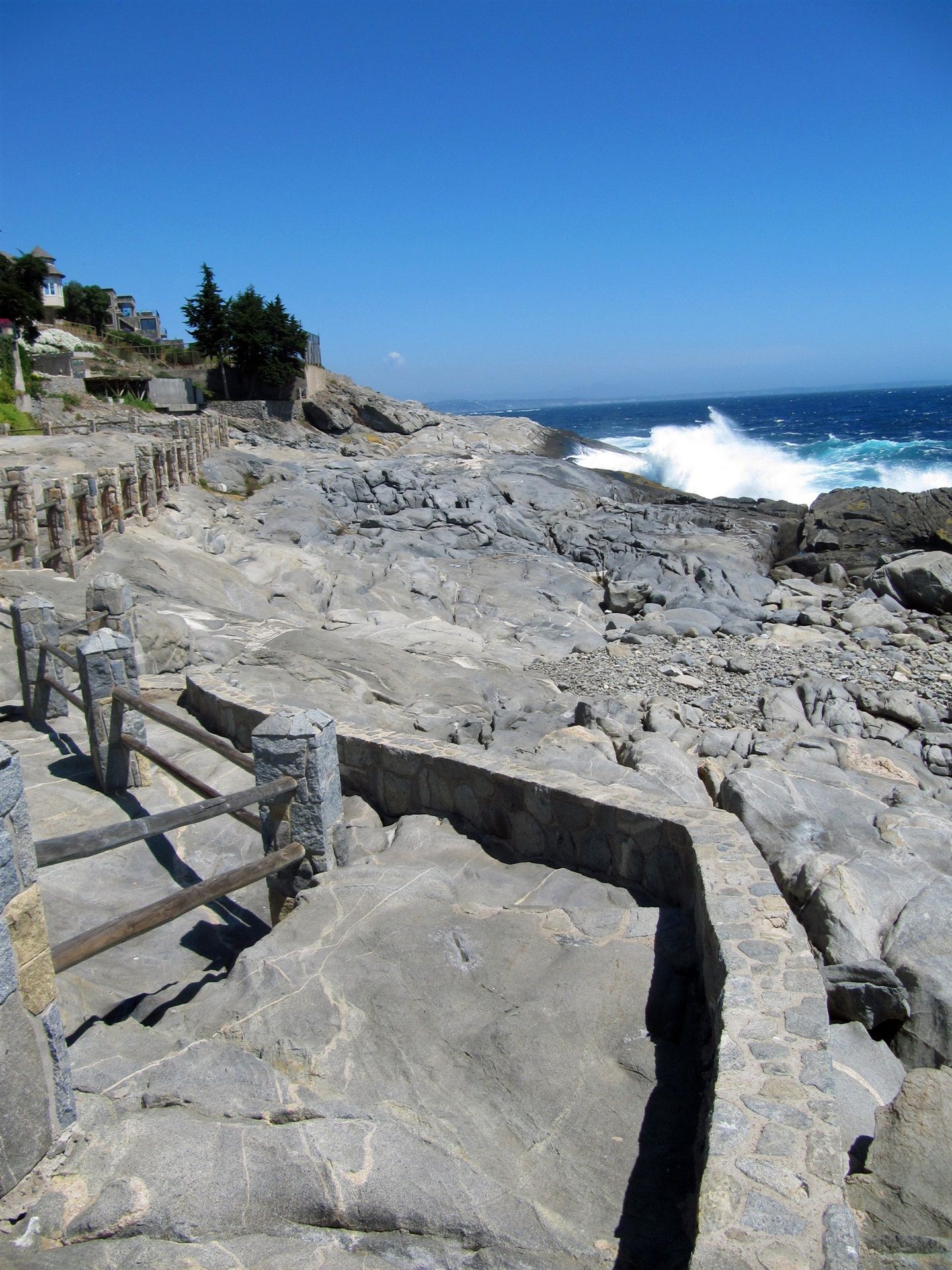
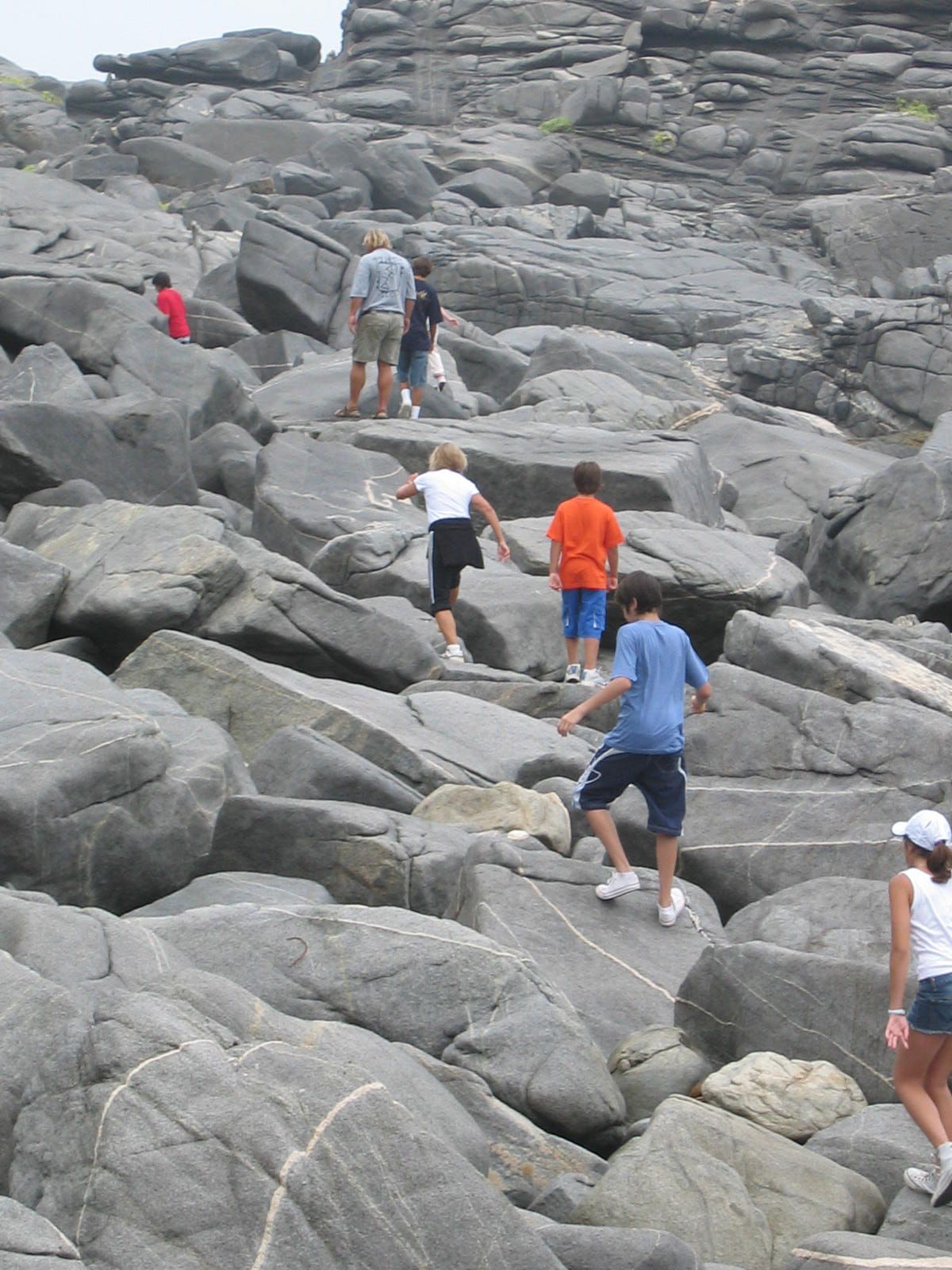
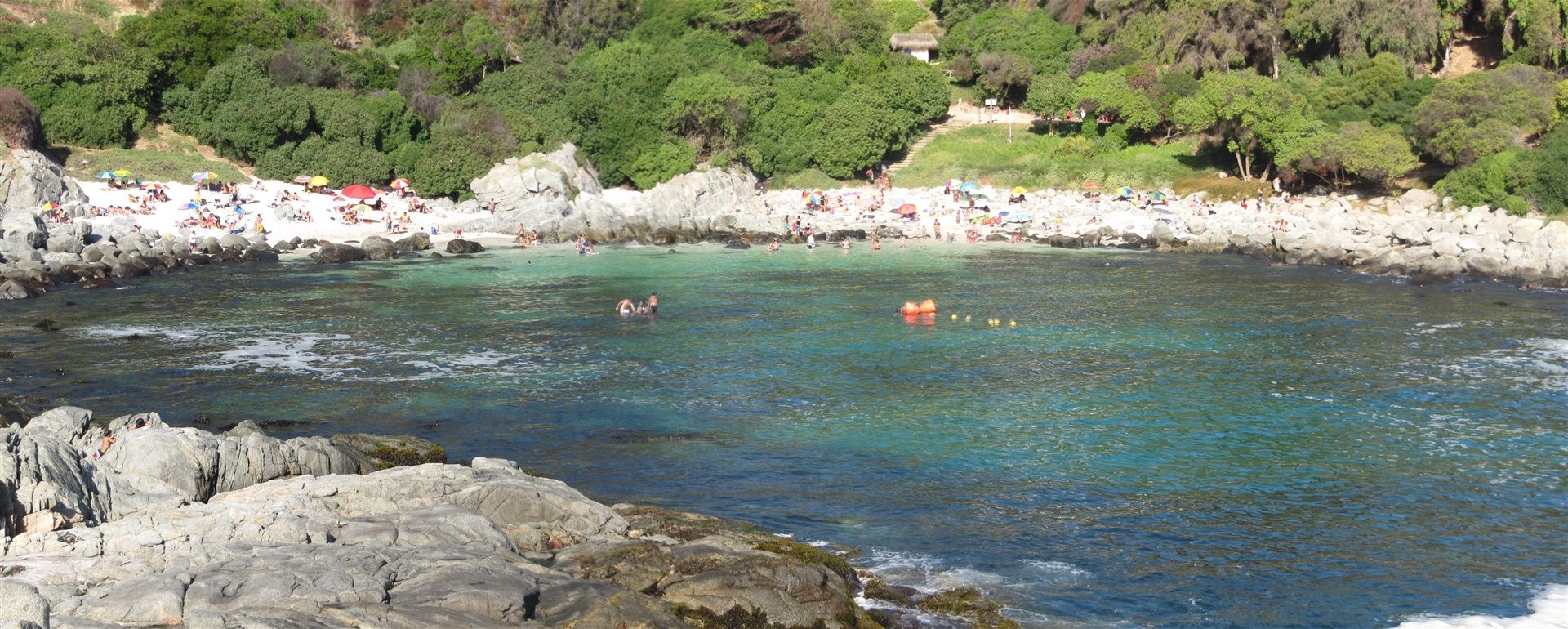
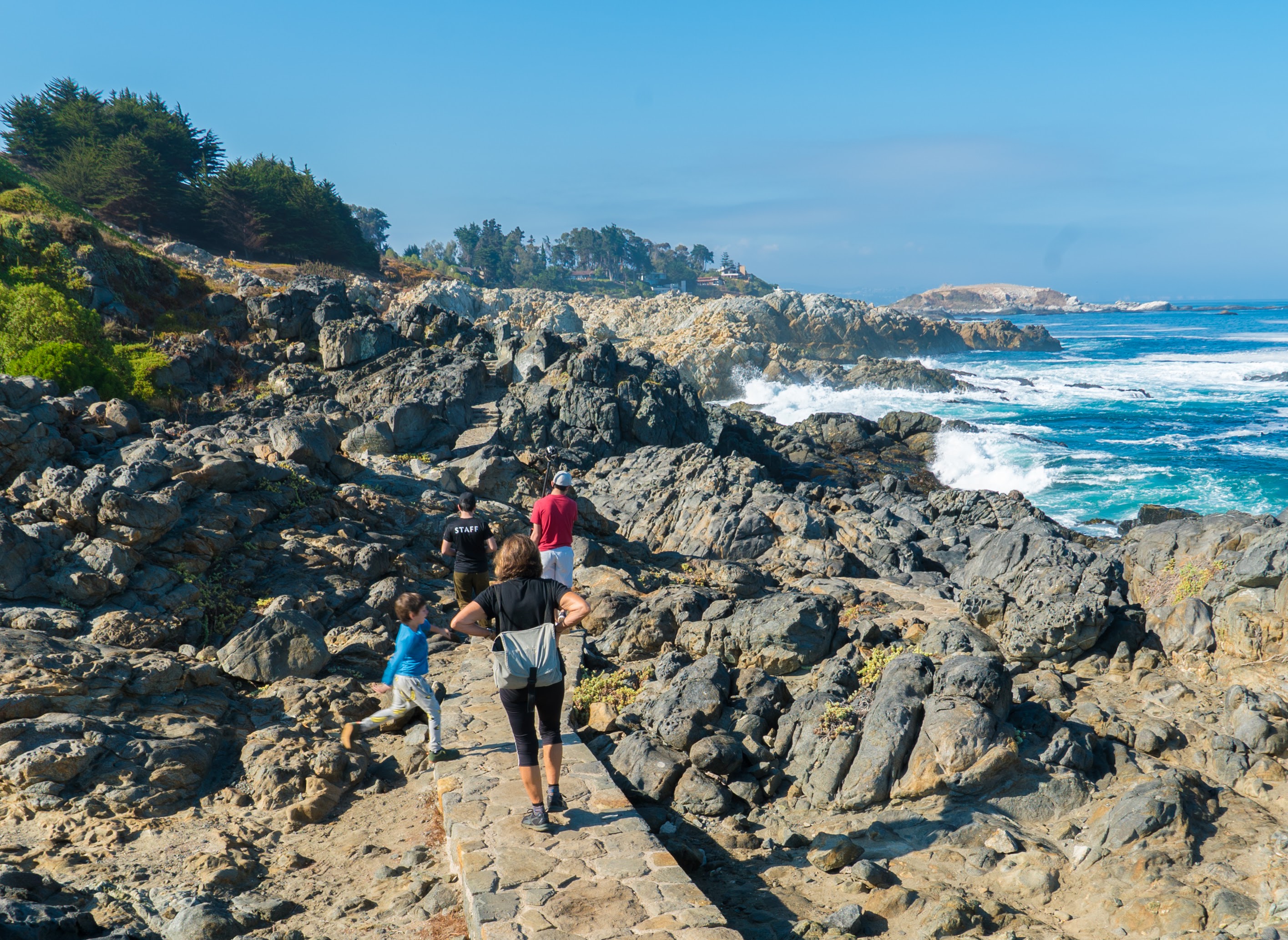
Along the way you will pass a couple hidden little beaches, and even an island of Chilean penguins. There is also the ever presence of ocean waves meeting granite rocks in wondrous displays.

El Tigre Trail & El Boldo Park Hikes
There are several mountain hikes that rise up the hillside behind the town of Zapallar. There is a well established trail along the ridgetop between Zapallar and Cachagua which is referred to by the locals as El Tigre, the Tiger. The trail is relatively flat and easy walking with peek-a-boo delightful views to the coast and to Cachagua as you arrive.

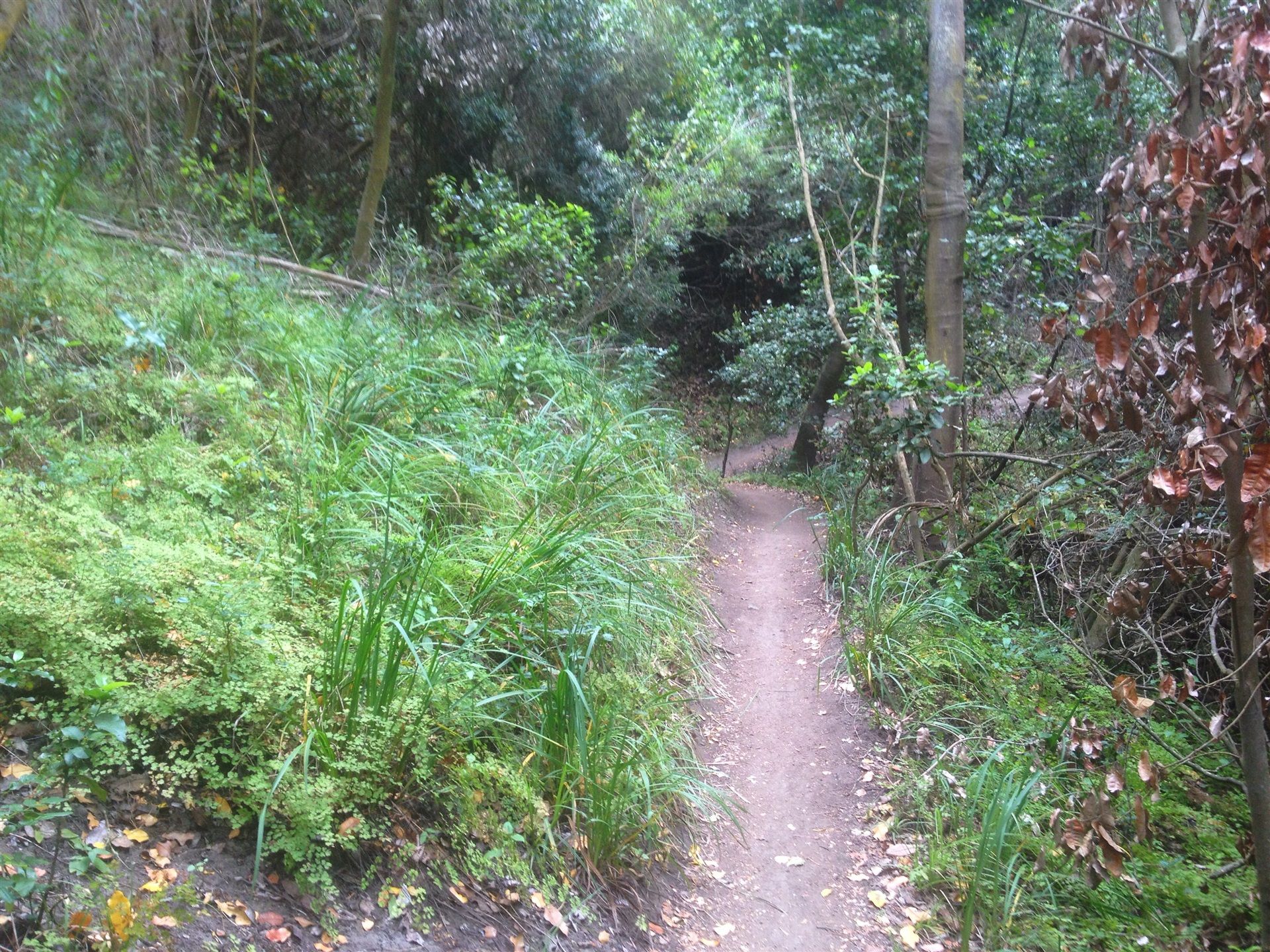
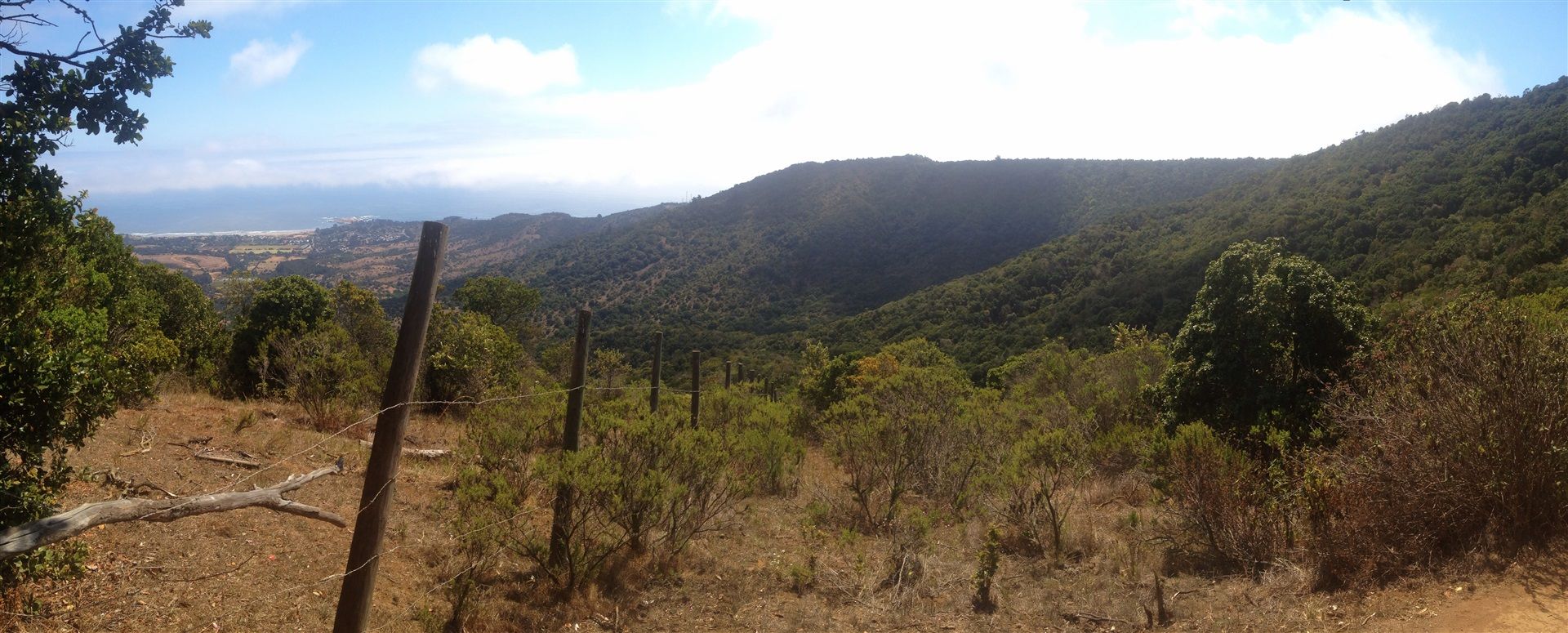
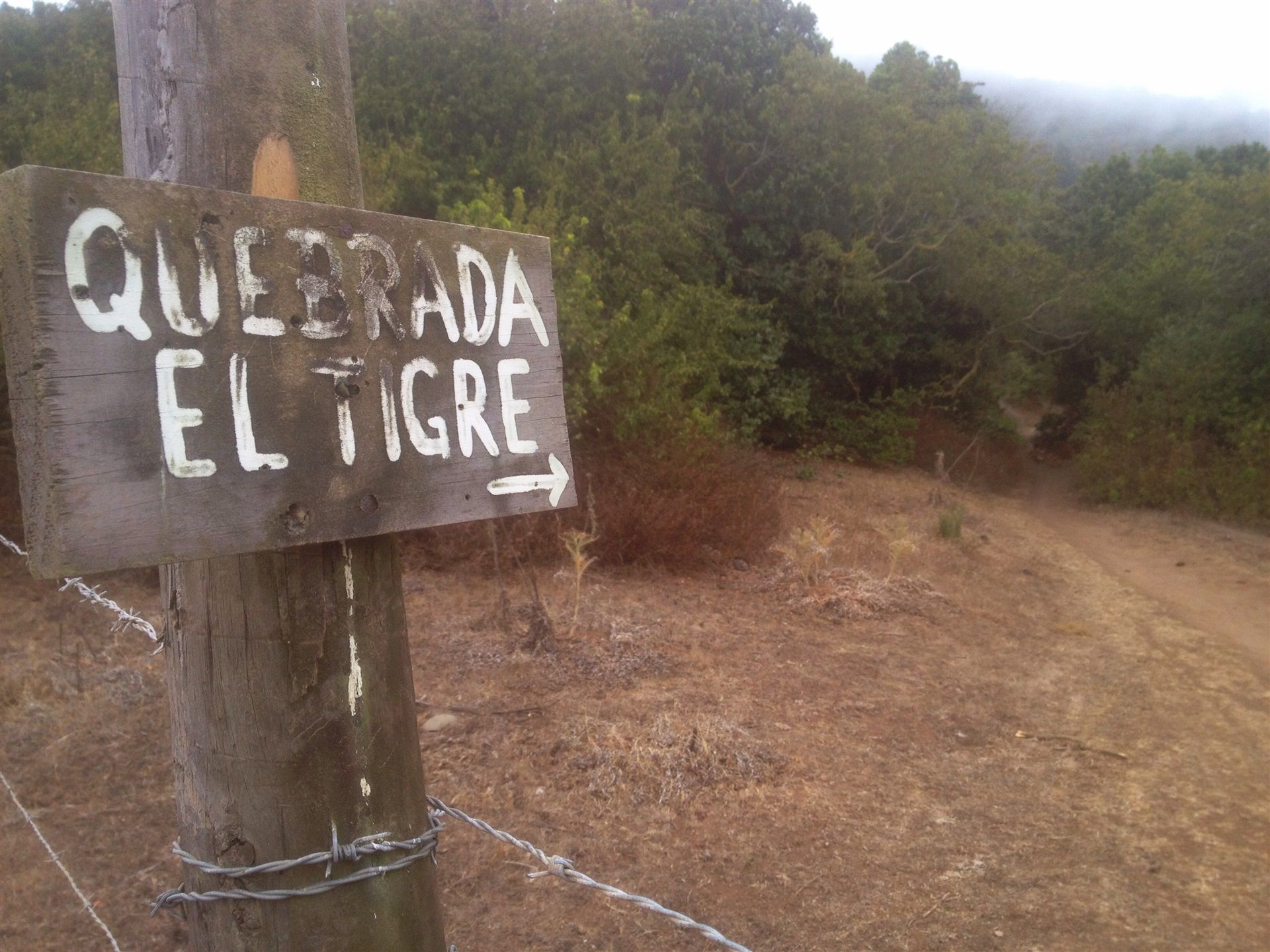
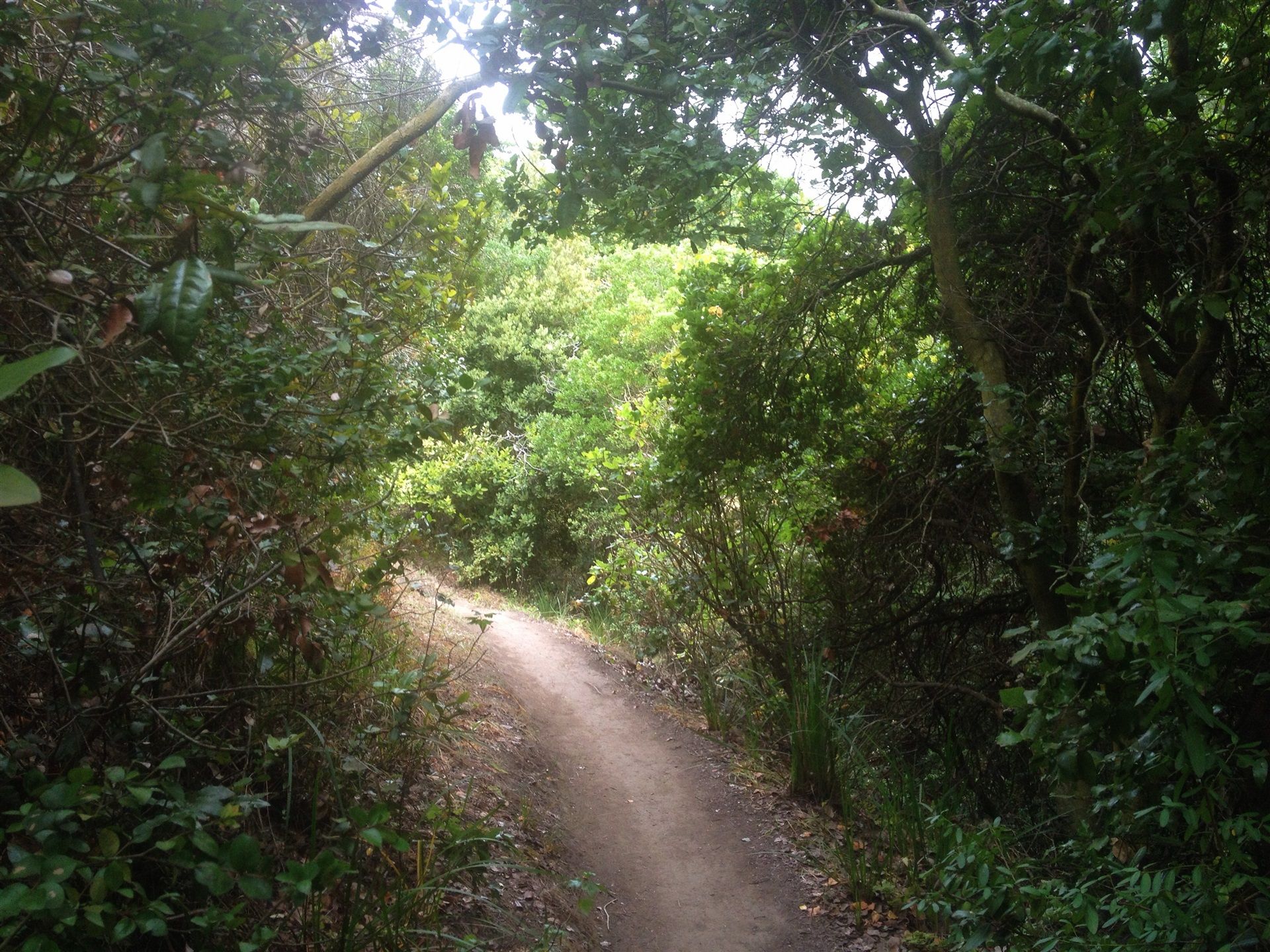

The El Boldo park has a parking lot and entrance interpretation center, and provides stunning views 180 degrees up and down the coast and directly down onto the town.
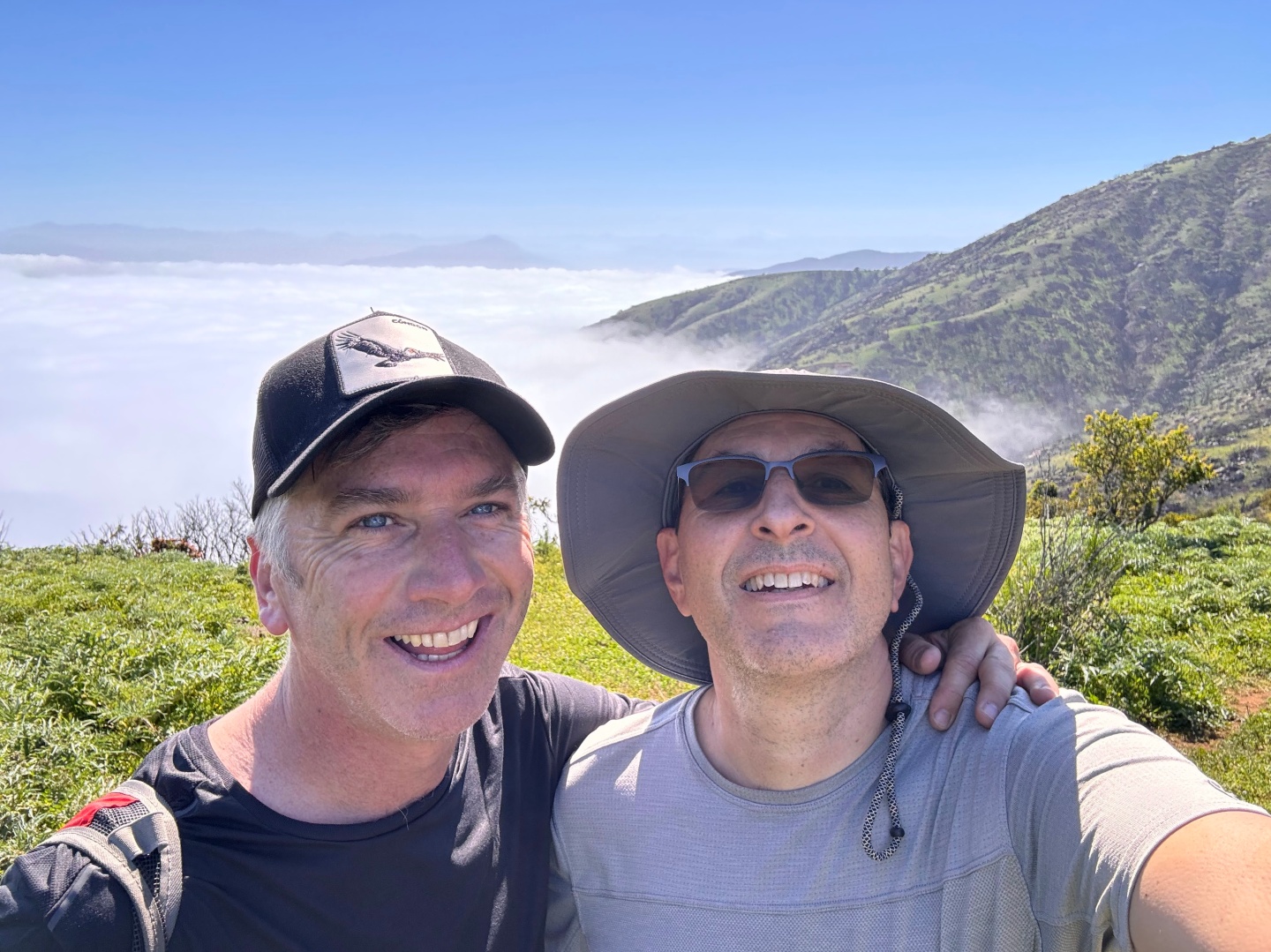
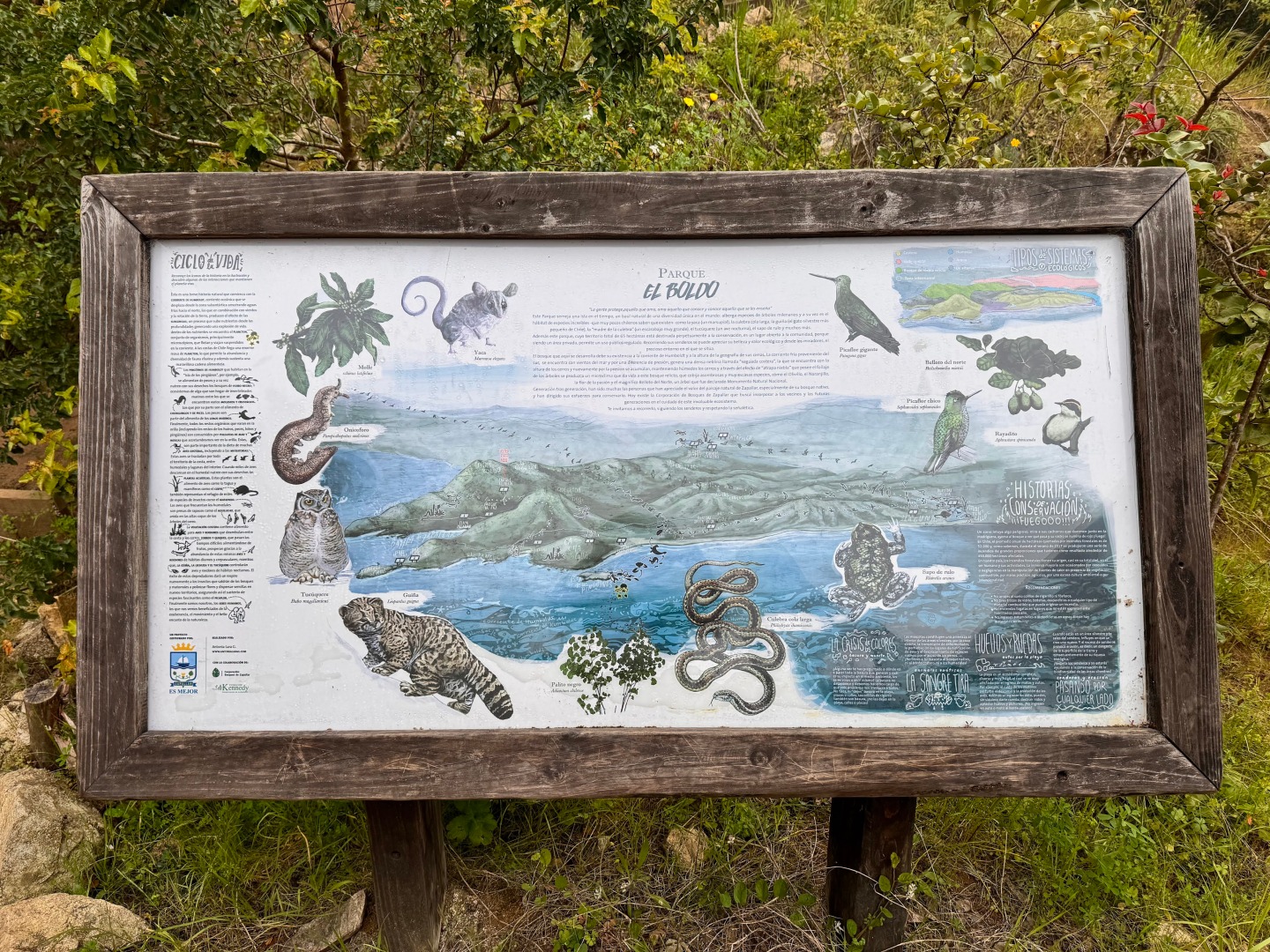

Santa on The Beach Christmas Eve Celebration
Every Christmas Eve, Santa makes sure to stop in Zapallar. He arrives in Zapallar by boat rather than by sleigh. His boat is brightly decorated with multi-colored balloons.
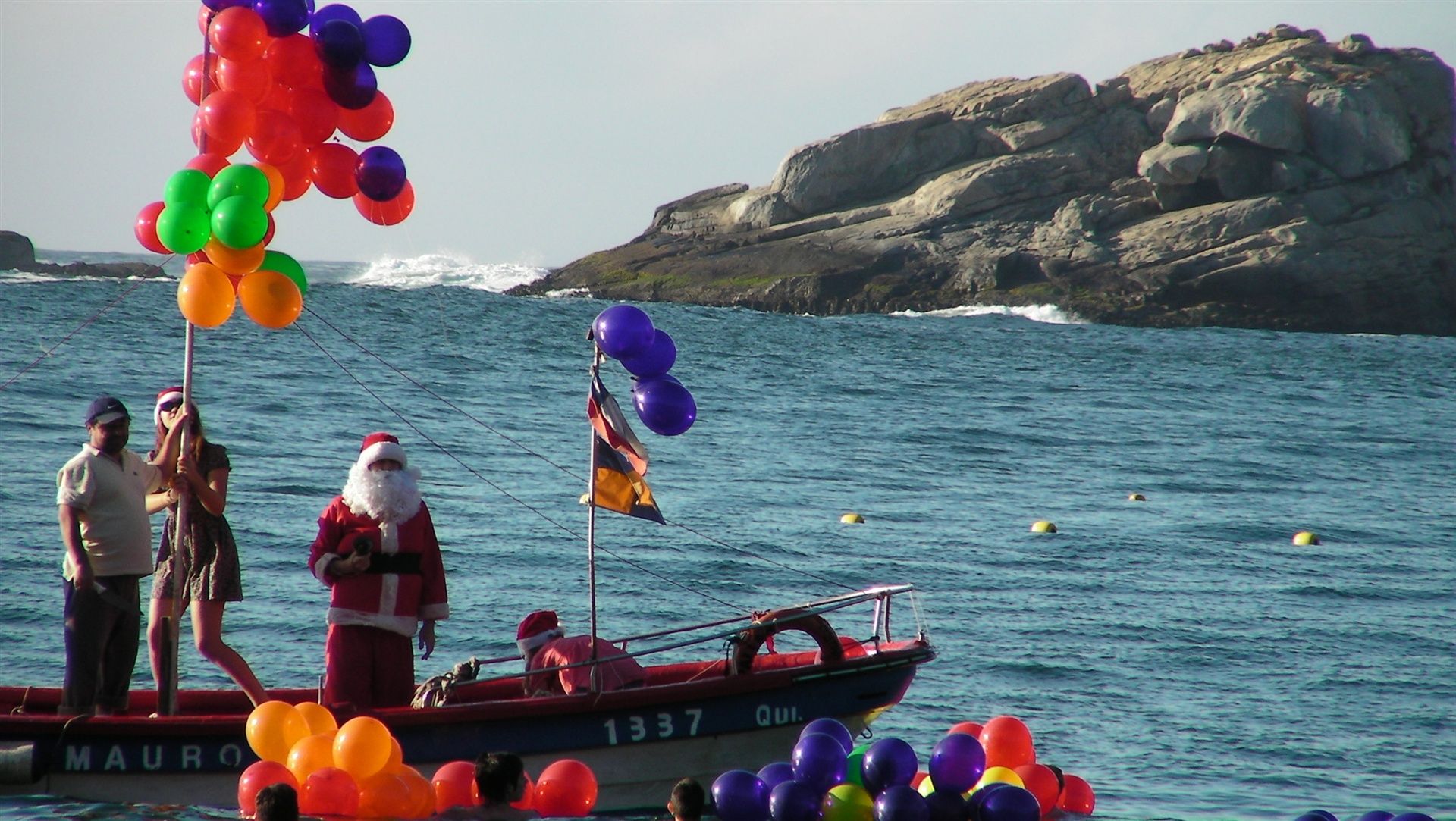
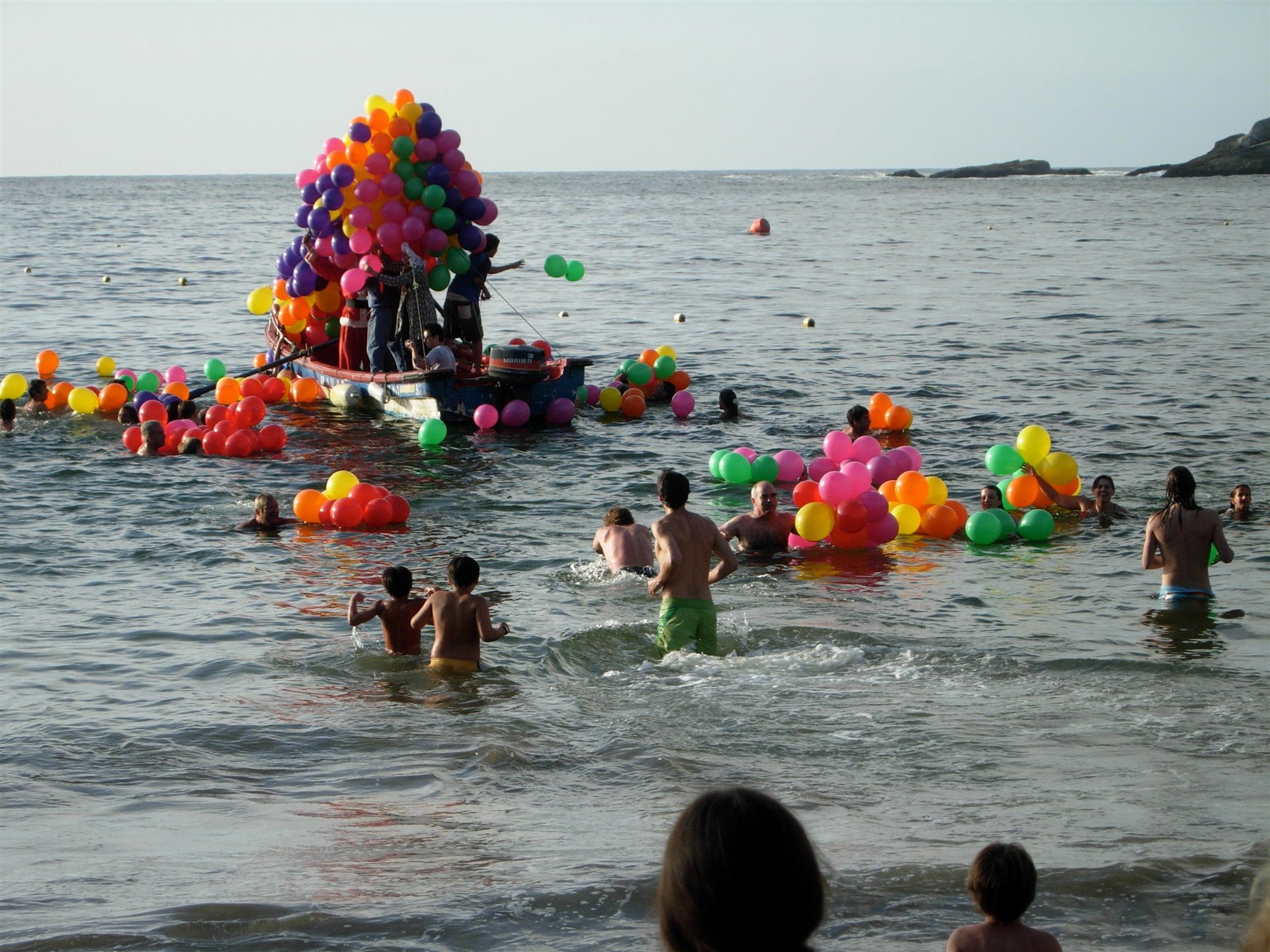

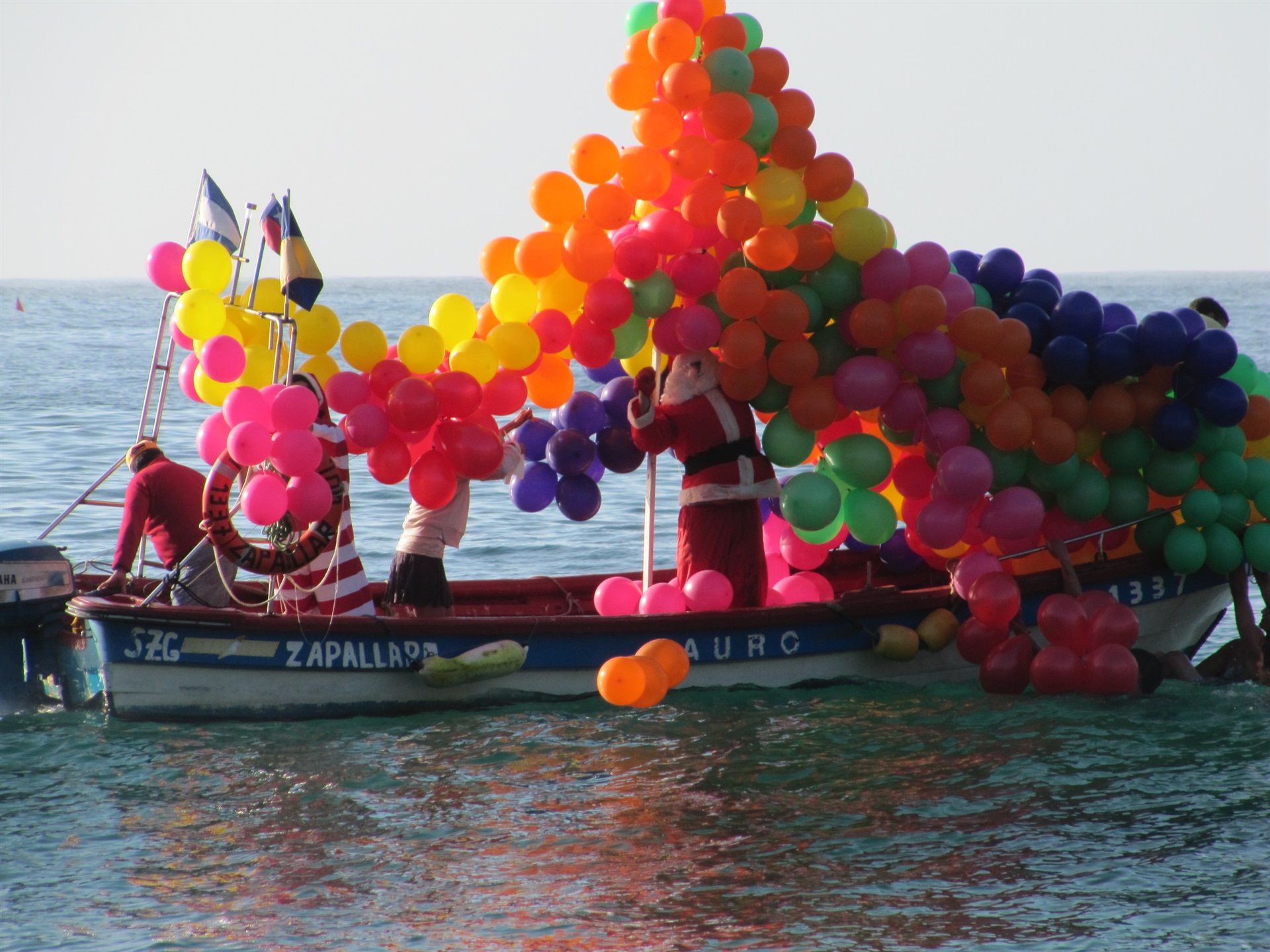
Santa sails in on the horizon and navigates his way around the bay to the beach, settling in just outside the waves. At that point, Santa distributes his gifts, as the balloons are released into the sea. The young enthusiastically swim out to gather their presents. The older brave the cold water to get those treasured prizes for the ones that cannot yet swim.
The joy of returning to beach, balloon in hand, is undeniable. All the children savor the moments before returning to their home to see what Santa has left them under the tree.
More Posts on my blog about Zapallar
I’ve tried to consolidate most details on this single post, but I previously maintained several individual articles on Zapallar and have collected them here for further reading.
My Home Town 1977-83
I lived in Zapallar as a youngin’ and have been visiting Zapallar together with my family for over 45 years. In 1977 when I moved to Zapallar the town was only connected by dirt roads and was often closed down from bus and truck access because of rains. Here are some 1970s vintage photos of my home (white house near Isla Seca, still there 50 years after my papa Emilio Casanueva built it).
I love this town and consider it my forever village.
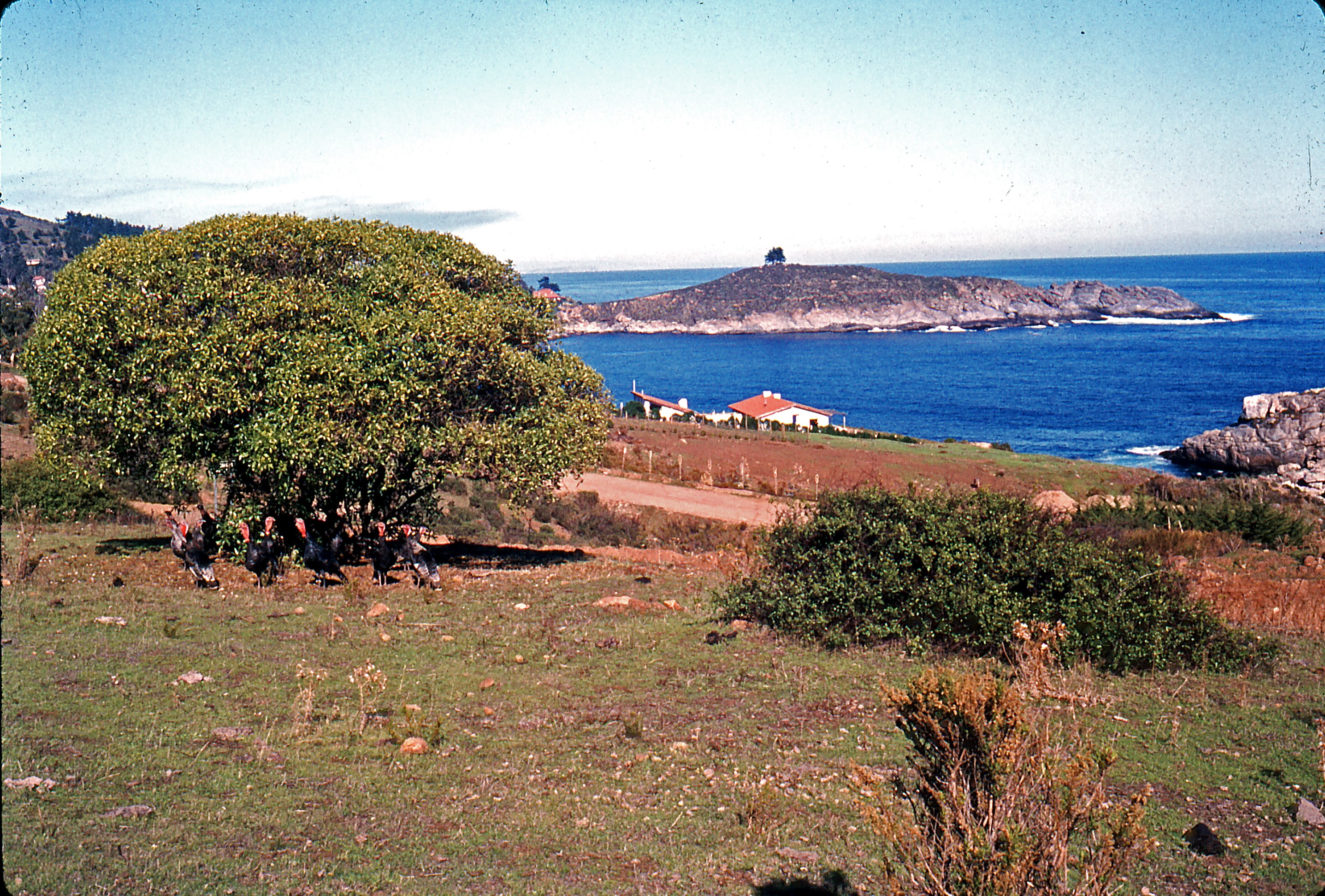
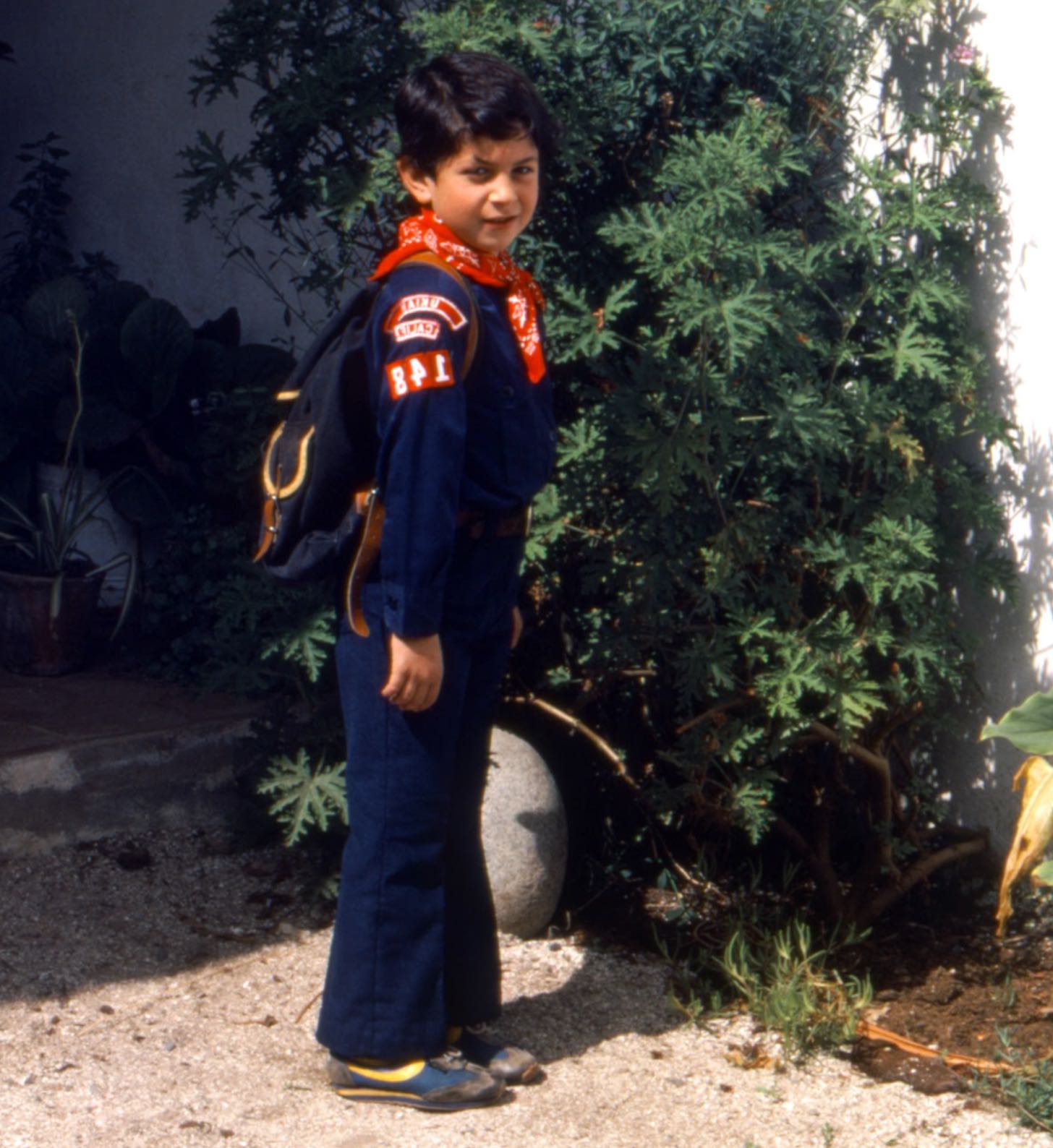

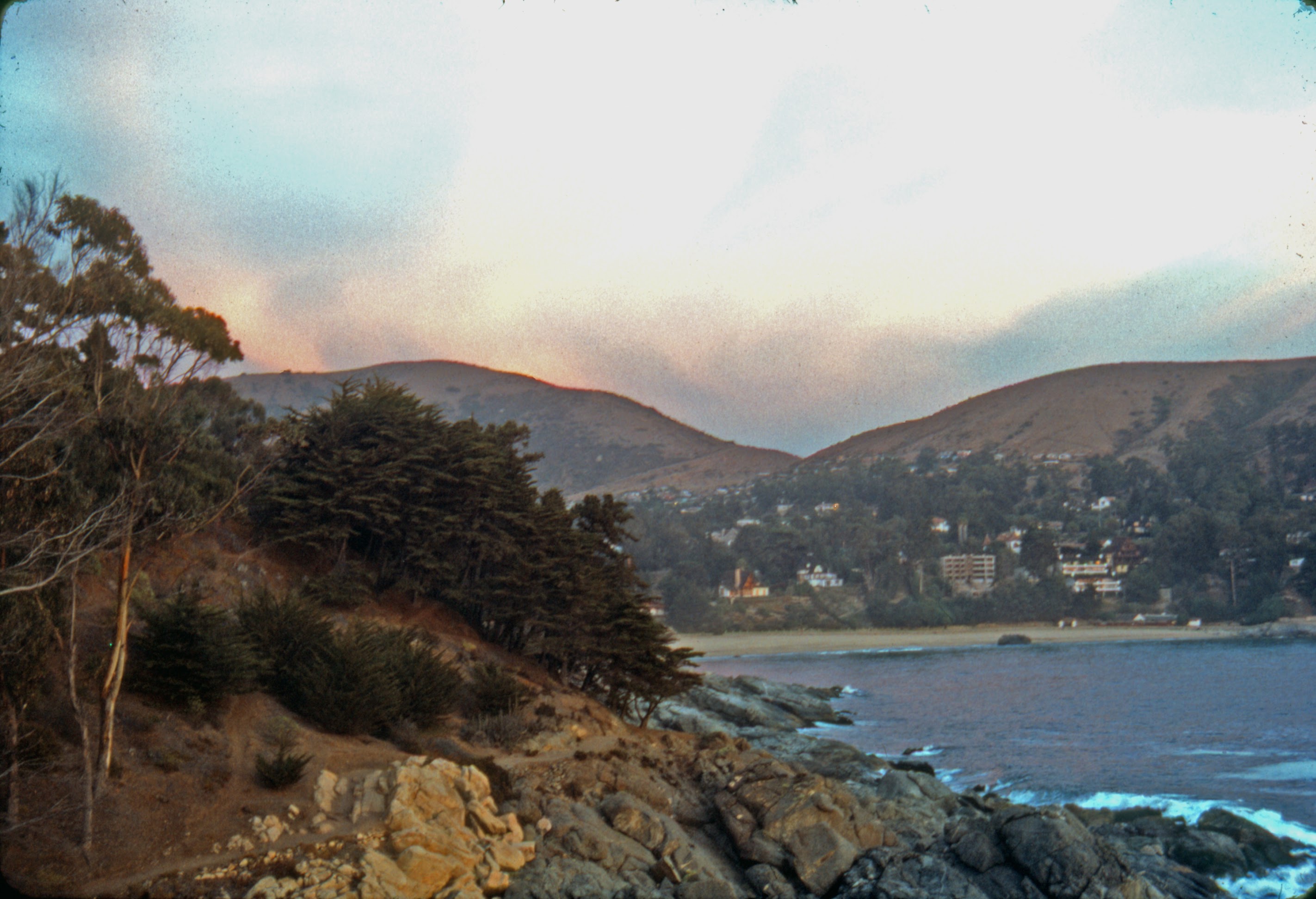
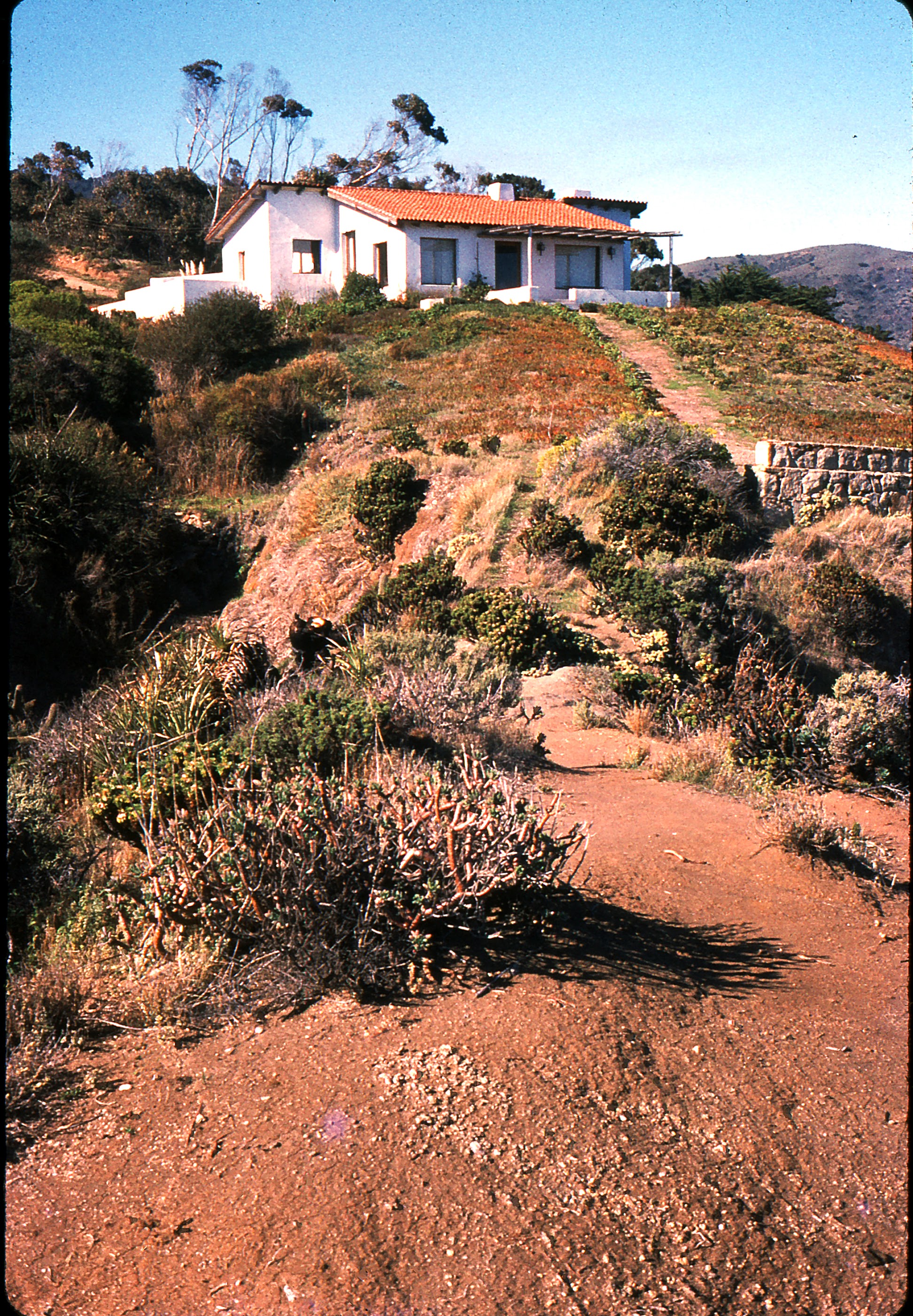
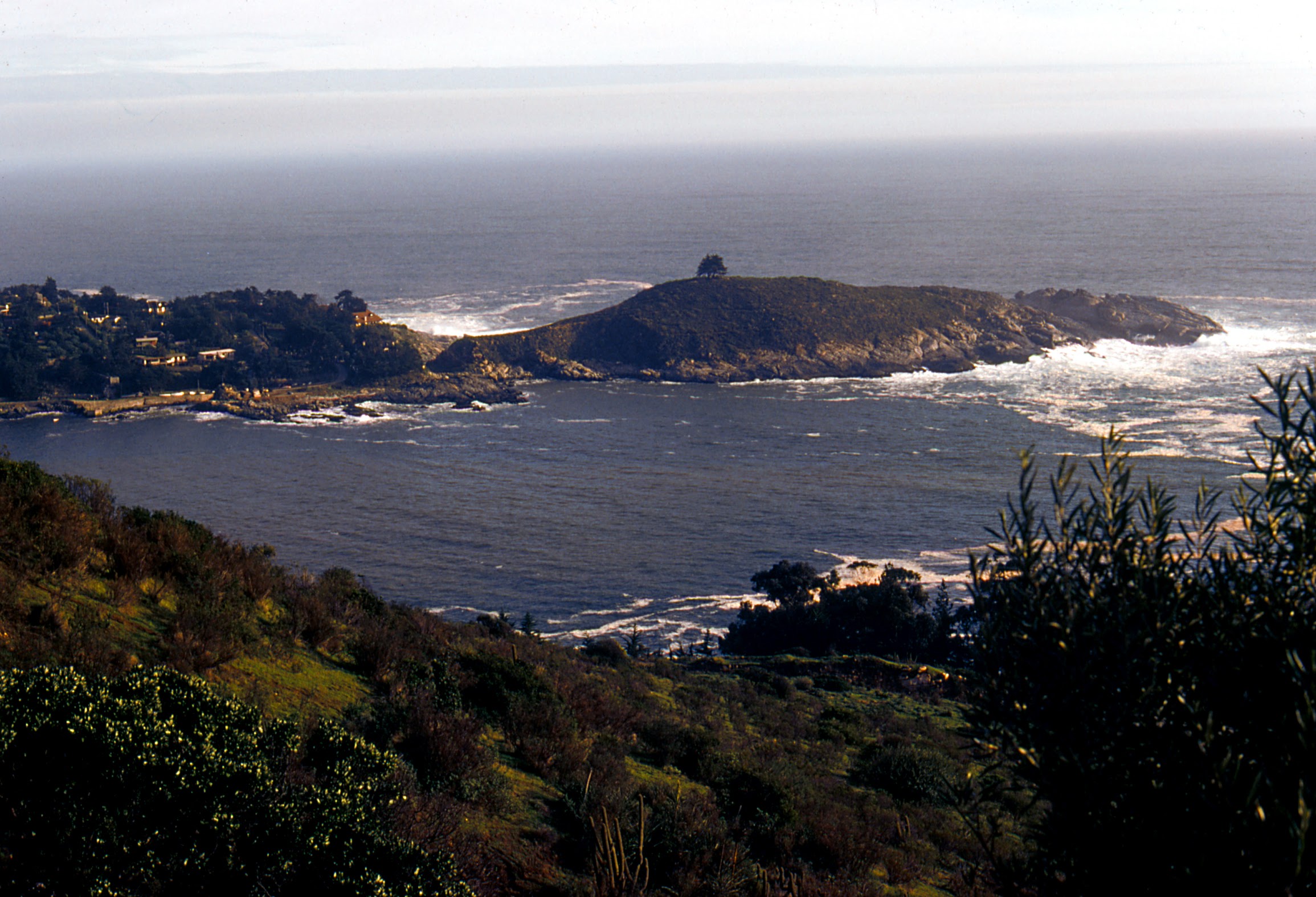

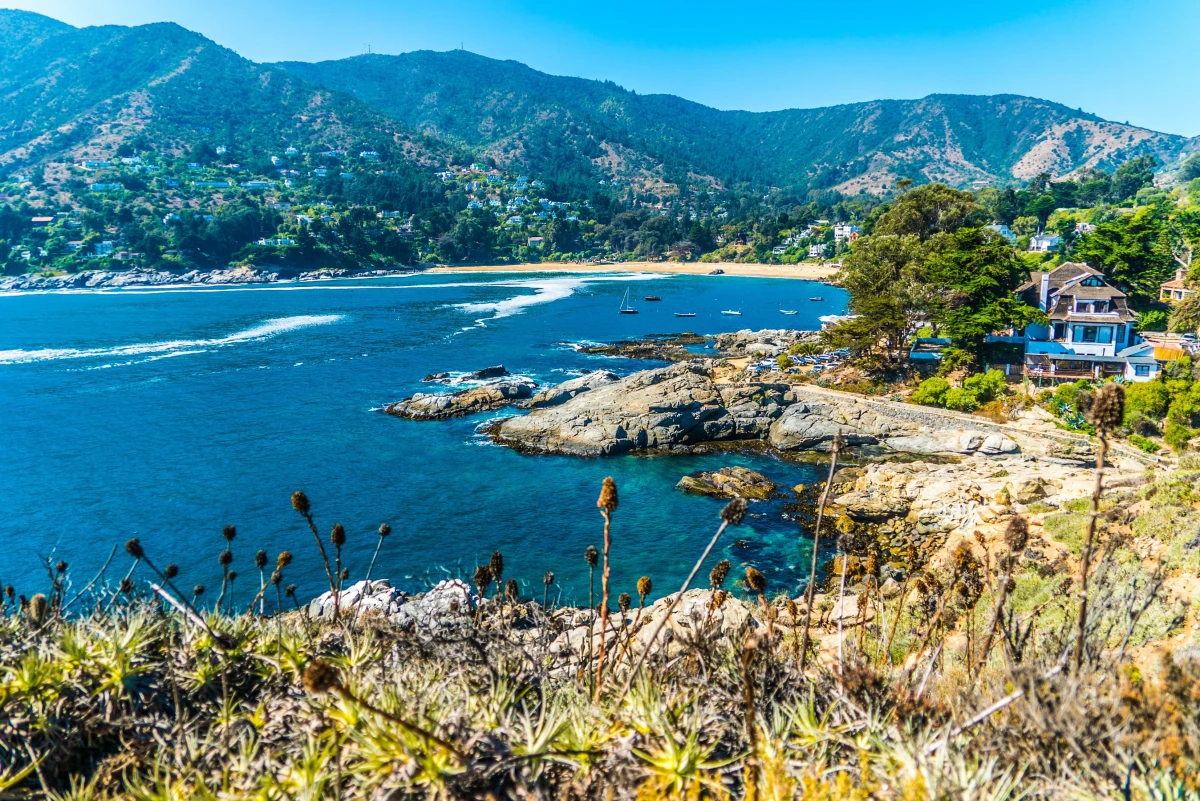

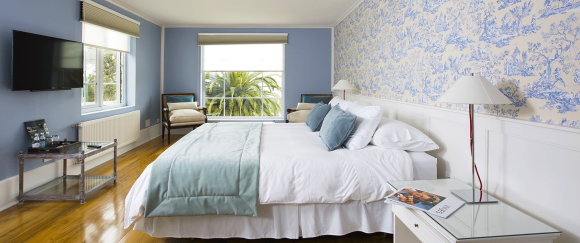
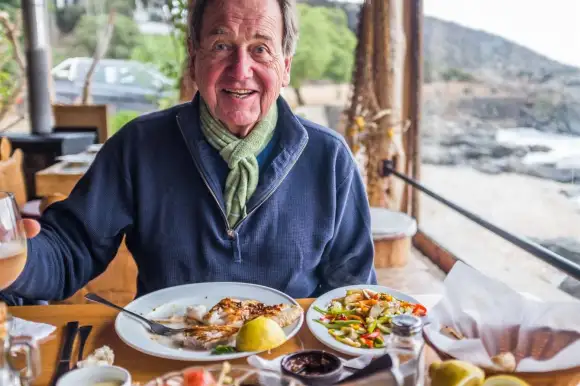


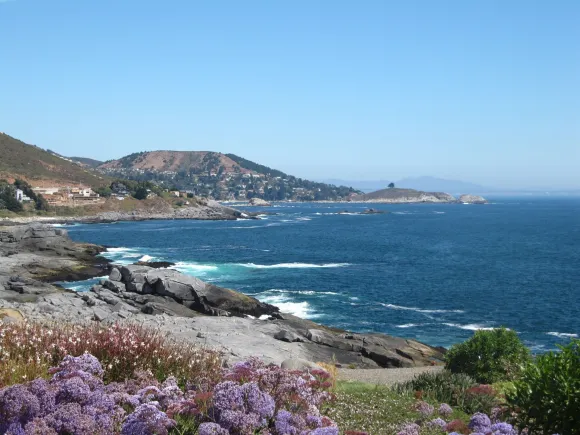


3 replies on “Zapallar Visitors Guide”
You probably don’t remember but we went to school together to nido. You were good friends with my best friend Ameike Alberts who then left to Mexico. And we are very good friends with Cristian Shea and Gaelle (we’re neighbors in cachagua) and Paula Subercaseaux is married to my husbands cousin. Small world! Just wanted to say hi and perhaps we will see eachother at the beach. Cariños
Gracias por el recuerdo valesca de todas maneras nos tenemos que juntar en cachagua etc
Nice ppost thanks for sharing